Low Histamine Fish
Discover the Best Low Histamine Fish and Seafood Options for Your Diet
Key Takeaways
- Grasping the concept of histamine and its effects on nutrition
- Investigating fish varieties with low histamine levels
- Additional seafood alternatives with low histamine content
- Including low histamine meats in your meal plan
- Building a diet that minimises histamine intake
- Identifying foods that contain high levels of histamine
- The importance of low histamine fruits and vegetables in your diet
Understanding Histamine and Its Impact on Diet
Histamine is a naturally occurring compound in the body, playing a vital role in immune responses and physiological functions. However, for individuals with histamine intolerance, the release of histamines can lead to a range of unpleasant symptoms. This intolerance can stem from various factors, including the consumption of high histamine foods. Low Histamine Fish, such as trout, can be a suitable option for those seeking alternatives. Incorporating anti-histamine foods into the diet can help manage these intolerances effectively. Understanding the balance between histamines and low histamine options is crucial for maintaining health and well-being.
| Food Type | Examples | Histamine Level |
|---|---|---|
| Low Histamine Fish | Trout, Salmon | Low |
| High Histamine Foods | Cheese, Processed Meats | High |
| Anti-Histamine Foods | Fresh Vegetables, Fruits | Low |
| Moderate Histamine Foods | Eggs, Fresh Chicken | Moderate |
What is Histamine?
Histamine is a naturally occurring compound formed from the amino acid histidine during the breakdown of proteins. It plays a vital role in various bodily functions, particularly in the immune response and digestion. In the context of fish food, histamine levels can vary significantly depending on the type and freshness of the fish. For example, canned fish often have higher histamine levels due to the preservation process, while fresh selections like keta salmon or monkfish can be considered better low histamine fish options for those sensitive to histamine.
The levels of histamine in fish depend on factors such as storage conditions and preparation methods. Fishmongers familiar with low histamine fish varieties can help consumers make informed choices. Farmed fish and whitefish are generally regarded as safer options. Understanding histamine is crucial, especially for individuals who may need to manage histamine intake through dietary adjustments. Canned salmon, though convenient, should be approached with caution if one is striving to maintain a low histamine diet.
How Histamine Levels Affect Health
Histamine levels in the body can significantly influence overall health, particularly for individuals sensitive to this compound. Consuming low histamine fish, such as redfish and king salmon, may provide relief from histamine-related issues. Oily fish like salmon, bluefish, and red salmon are excellent sources of omega-3 fatty acids, offering anti-inflammatory benefits while also being lower in histamine compared to other seafood. Regular intake of these fish can help maintain optimal histamine levels and improve health outcomes.
High histamine levels, often exacerbated by certain shellfish and overfish varieties, can lead to discomfort and other adverse effects. It's essential to be mindful of fish oils and their histamine content, as some products may contain elevated levels that could trigger reactions. Choosing low histamine fish not only supports a balanced diet but also helps mitigate the risks associated with high histamine foods, ensuring better health for those affected.
Exploring Low Histamine Fish Options
Low histamine fish options can be a valuable addition to any diet, especially for those sensitive to histamine. Popular varieties such as wild salmon and certain types of canned tuna are generally considered low histamine, allowing seafood lovers to enjoy their nutritional benefits. However, consumers must be cautious about choices like swordfish, which has been impacted by overfishing, potentially leading to higher histamine levels. Farmed salmon often contains varying histamine levels, making it essential to select quality sources. Incorporating low histamine fish into meals can enhance protein intake, providing vital amino acids without the adverse effects associated with high histamine options. Using fish sauces made from these low histamine varieties can elevate the flavour of dishes while keeping histamine sensitivity in check.
Recommended Low Histamine Fish Varieties
For those seeking Low Histamine Fish options, there are several varieties that stand out for their mild flavour and low histamine content. Albacore tuna and silver salmon are excellent choices, offering both nutritional benefits and culinary versatility. These fish can be grilled, baked, or even incorporated into classic dishes like fish & chips. Avoiding fish treated with antibiotics is crucial, as these can elevate histamine levels. Sablefish and sockeye salmon also rank well in the Low Histamine Fish category, providing rich omega-3 fatty acids and a delightful taste.
Other seafood options such as shrimp are generally well-tolerated on a low histamine diet, given their relatively low histidine decarboxylase levels. This enzyme is responsible for converting histidine into histamine, so minimizing exposure is essential. Including these varieties in meals can make dining enjoyable, whether it’s a casual seafood meal or a sophisticated dish like a meatloaf made with low histamine ingredients. A visit to your local butcher can also yield suggestions for incorporating these fish into your diet.
- Albacore tuna is a versatile option for various cooking methods.
- Silver salmon provides a rich flavour and is high in omega-3s.
- Sablefish is renowned for its buttery texture and nutritional profile.
- Sockeye salmon is not only low in histamine but also packed with nutrients.
- Shrimp can be a delightful addition to salads and stir-fries.
- Choosing fresh fish over canned varieties can help reduce histamine levels.
- Always check for antibiotic-free options to maintain low histamine content.
Benefits of Consuming Low Histamine Fish
Low histamine fish, such as low histamine salmon and other low histamine seafood options, offer an excellent source of essential nutrients without triggering histamine-related reactions for those sensitive to this compound. Incorporating low histamine fish into your diet can contribute to a balanced low histamine meal plan, providing high-quality protein and omega-3 fatty acids. This makes low histamine fish a suitable choice for individuals seeking low histamine food alternatives.
Opting for low histamine fish can promote overall health and well-being. These fish varieties are generally fresher, resulting in lower histamine levels compared to their higher histamine counterparts. Enjoying low histamine seafood not only supports individuals with histamine intolerance but also complements low histamine meats, creating a versatile and nutritious meal. Emphasising low histamine fish in your diet can be a great way to maintain a healthy lifestyle while managing histamine levels effectively.
Other Low Histamine Seafood Choices
Choosing low-histamine seafood options can significantly enhance a low histamine diet. While low histamine fish varieties are often highlighted, exploring other seafood choices is equally important. Shellfish, such as shrimp and scallops, can also be suitable low-histamine ingredients when fresh and properly handled. Understanding how histamine levels fluctuate in seafood allows individuals to make informed decisions about their meals. By incorporating low-histamine meats alongside these seafood selections, it is possible to create a diverse range of low histamine foods that cater to various tastes and preferences. Careful planning ensures a balanced approach to nutritional intake while maintaining low histamine levels.
Shellfish and Their Histamine Levels
Shellfish are known to have varying histamine levels, which can complicate their inclusion in a low-histamine diet. Certain types of shellfish may contain high histamine due to their storage and handling practices, making it crucial to choose wisely. Shrimp, crab, and lobster often serve as a low histamine choice, offering low histamine protein options for those seeking to manage their histamine levels effectively. Understanding these differences helps in avoiding high-histamine foods and ensures a safer dining experience.
The histamine levels in shellfish can fluctuate significantly based on factors such as freshness and cooking methods. While some individuals may tolerate specific varieties, others could react negatively due to increased histamine levels. For those adhering to a low-histamine diet, opting for freshly caught or properly stored shellfish can provide a nutritious source of low histamine protein. Emphasising these low-histamine options allows for a more diverse range of meals without the unwanted effects associated with high-histamine ingredients.
Comparing Low Histamine Seafood with High Histamine Options
Histamine levels in seafood can significantly influence individual health outcomes. Low Histamine Fish options, such as fresh cod and sole, are ideal for those who have a sensitivity to histamine. In contrast, high histamine levels in aged or improperly stored fish can trigger adverse reactions in sensitive individuals. Various food components, including histamine, vary in their potential to provoke a histamine response, making it essential to choose low-histamine vegetables and moderate histamine foods to minimise discomfort.
High histamines are often found in certain seafood varieties, which can lead to increased histamine production within the body. Understanding the differences between low histamine and high histamine options can aid in managing dietary choices effectively. Low Histamine Fish not only provides a safe alternative but also contributes to a more balanced diet. Careful consideration of histamine levels in seafood is crucial for those seeking to lower their intake and avoid unwanted symptoms.
Incorporating Low Histamine Meat in Your Diet
Understanding the types of low histamine meat available can significantly aid those dealing with histamine issues. Lean cuts such as chicken and turkey are often recommended due to their lower histamine content compared to processed meats. Incorporating these meats allows individuals to manage their histamine tolerance effectively while diversifying their diet. Techniques such as grilling or poaching can help minimise histamine growth during cooking, making them healthier options. It is essential to ensure that the meat is fresh, as older products tend to store histamine and increase the risk of histamine toxicity. Pairing low histamine meat with low-histamine ricotta or other low histamine fish can create balanced meals, helping to alleviate potential histamine issues while still enjoying a variety of flavours and textures.
Types of Low Histamine Meat
Several types of low histamine meat are available for those with histamine sensitivities. Fresh cuts of chicken, turkey, and lamb are excellent choices as they tend to have lower levels of histamine compared to processed meats. Histamine-producing bacteria can thrive in certain conditions, leading to histamine release in foods. By opting for fresh, high-quality meats and employing cooking methods that promote histamine degradation, individuals can minimise the risk of histamine reactions.
Ground meats, particularly those made from low histamine fish or poultry, also provide good options for a low histamine diet. Incorporating anti-histamine ingredients can enhance meals while reducing the likelihood of extra histamines entering the body. It is crucial to avoid histamine-rich foods, especially certain cured or aged meats, that can exacerbate histamine sensitivities. By carefully selecting fresh meats, one can enjoy a balanced diet without triggering unwanted histamine reactions.
Cooking Methods for Low Histamine Meat
Cooking meats using techniques that minimise histamine build-up is essential for those dealing with histamine sensitivity concerns. Grilling, steaming, and poaching are excellent methods. These cooking techniques help to preserve the nutritional value while reducing the likelihood of endogenous histamine release. Marinating meat with low histamine ingredients and spices can further enhance flavour without triggering histamine reactions that could affect histamine intolerant customers.
Incorporating low histamine fish into meals is also a valuable consideration. Cooking methods that involve gentle heat can maintain the anti-histamine properties of the fish while avoiding the complications associated with histamine wine. Choosing fresh or frozen options helps to circumvent known histamine intolerance issues, ensuring a safer dining experience for those with histamine sensitivity concerns. Opting for lean cuts of meat and careful preparation can provide a delicious alternative to high-histamine foods.
Constructing a Low Histamine Diet
Creating a low histamine diet involves careful selection of foods to minimise histamine triggers and reduce histamine load. Low Histamine Fish such as fresh caught options are ideal, as they tend to contain less histamine compared to older fish. Incorporating low-histamine courgette and low-histamine squash into meals adds variety and nutrients without aggravating symptoms. Histamine intolerant advocates recommend avoiding high-histamine vegetables like spinach, which can exacerbate discomfort. Emphasising fresh ingredients and avoiding processed items can enhance the anti-histamine action of your meals, ensuring that culinary choices support overall well-being.
- Choose fresh, seasonal fruits such as apples, pears, and blueberries.
- Opt for low-histamine grains like rice and quinoa.
- Use fresh herbs and spices instead of processed condiments.
- Incorporate low-histamine dairy alternatives, such as coconut or almond milk.
- Select fresh meats and poultry, avoiding cured or smoked options.
- Stay hydrated with water or herbal teas instead of high-histamine beverages.
- Keep a food diary to identify personal histamine triggers and intolerances.
Essential Low Histamine Foods
A variety of essential low histamine foods can greatly benefit those looking to manage their histamine levels effectively. Low histamine fish options, such as fresh or frozen cold-water fish, are an excellent choice. Cold-water varieties tend to sit lower on the histamine food chain, making them safer alternatives. Incorporating anti-histamine onions into meals can further support a low histamine diet, providing a tasty and beneficial element to various fish recipes.
Choosing the right fish is crucial for those sensitive to histamine. Opting for low histamine fish, particularly those from cold-water sources, can help minimise histamine exposure. Avoiding warm-water fish, which may act as histamine liberators, helps maintain a balanced diet. Enjoying fish meals prepared with fresh ingredients allows for a delectable experience while adhering to low histamine guidelines and ensuring food safety.
Creating a Balanced Low Histamine Meal Plan
A balanced low histamine meal plan should incorporate a variety of fresh seafood that fits the low histamine criteria. Choosing options like Low Histamine Fish such as cod or sole can help avoid the pitfalls of mass-produced fish, which may have higher histamine levels due to spoilage. The ultimate fish choices should also include fish oil supplements for added omega-3 benefits. This can enhance overall health while ensuring the diet remains compliant with low histamine requirements, steering clear from options like only salmon, which can have varying histamine levels.
In crafting meals, it is essential to refer to a comprehensive fish guide or a good fish guide that outlines safe options. Avoiding spoiled fish is critical in maintaining histamine levels, as even small amounts can trigger reactions in sensitive individuals. The fish faceoff between high and low histamine seafood options highlights the importance of intentional selection. By prioritising fresh and correctly stored seafood, one can create satisfying meals without compromising health.
Recognising High Histamine Foods
Identifying high histamine foods is crucial for those aiming to manage their histamine levels effectively. Many common seafood sources, particularly shellfish, can contain elevated histamine levels, making it essential to avoid them for a low histamine diet. Fresh, unfrozen seafood often poses a greater risk for histamine accumulation, while frozen fish options tend to have lower levels. Notable examples of high histamine seafood include salmon roe and organic farmed salmon, which can lead to significant histamine reactions. Instead, focusing on low histamine fish varieties such as wild-caught salmon and other cold-water seafood can help maintain a balanced diet without the adverse effects of high histamine intake. Engaging with trustworthy counter fish markets can also ensure the freshness and quality of your seafood selections.
| Food Type | High Histamine Foods | Low Histamine Alternatives |
|---|---|---|
| Seafood | Shellfish (e.g., shrimp, clams) | Wild-caught fish (e.g., cod, haddock) |
| Fish | Salmon roe | Freshly caught mackerel |
| Other | Fermented fish products | Freezing fresh fish immediately |
| Fruits | Aged cheeses | Fresh mozzarella |
| Processed Foods | Canned fish | Home-cooked or fresh options |
Common High Histamine Seafood and Fish
Certain seafood varieties are notorious for their high histamine levels, making them potential triggers for those sensitive to histamine. Common examples include tuna, mackerel, and sardines, often seen in the context of sushi or fish sauces that should be avoided. It is essential to ensure that you opt for quality seafood, as the histamine content can significantly vary depending on the freshness and handling practices. Fresh meat and iced salmon are safer seafood options, while seafood that has been frozen immediately after catching will likely have lower histamine levels than other preserved varieties.
Some species of fish, particularly those high in selenium, can also present challenges for individuals trying to maintain a low histamine diet. Cooked seafood results can depend heavily on cooking methods, with certain techniques exacerbating histamine production. Eating low histamine fish, such as cod and haddock, alongside romaine or other low histamine vegetables can create balanced meals. Careful selection and preparation of seafood are crucial for individuals seeking to manage histamine levels effectively.
Other High Histamine Foods to Avoid
High histamine foods can significantly impact those sensitive to histamine. Common offenders in the seafood category include white tuna and certain types of frozen-at-sea salmon. These fish, often popular in the fish society for their taste, can lead to discomfort due to their histamine levels. Opting for low histamine fish in place of these varieties can mitigate reactions. Choosing safe meat options and maintaining a well-rounded diet can support overall health, especially when paired with low histamine seafood.
Many processed or aged foods are also high in histamine. Fermented items and certain cheeses can trigger histamine reactions, making it crucial to pay attention to dietary choices. Creatine supplementation and fish oil process products may be beneficial for fitness enthusiasts, yet monitoring their histamine content is essential. A balanced meal plan featuring low histamine fish as a primary protein source, alongside safe meat dishes, can provide sustenance without the adverse effects associated with high histamine levels.
The Role of Low Histamine Fruits and Vegetables
Low histamine fruits and vegetables play a crucial role in managing a stricter diet for those sensitive to histamine. Incorporating these foods can help prevent feelings of being left hungry, especially when other seafood options, such as low histamine fish like salmon fillets or swordfish supremes, are limited. Nutritional experiments often highlight the importance of balancing meals with fresh produce, as this not only aids digestion but also enhances overall well-being. While some may enjoy delicacies like salmon ikura, it’s essential to complement these with low histamine fruits for safer doses. Conventional meat may still be a part of the diet, but focusing on fruits and vegetables can make a significant difference in histamine levels.
Best Low Histamine Fruits for Snacking
Fruits such as apples and pears are excellent low histamine options to include in your snacking routine. These fruits are not only refreshing but also serve as a great alternative to high histamine foods. Incorporating them into your diet can complement other low histamine ingredients you may consume, such as low histamine fish. For those looking for variety, consider exploring options that are seasonally available from local farmers or fishermen-owned co-ops.
Berries like blueberries and strawberries also rank as low histamine choices. They provide essential vitamins and antioxidants, making them ideal for supplementation within a balanced diet. Enjoying these fruits as snacks can help you maintain low histamine levels while effectively diversifying your food intake. Pairing these fruits with low histamine fish or incorporating them into smoothies can create delicious combinations that are both healthy and satisfying.
Low Histamine Vegetables to Include in Meals
Incorporating low histamine vegetables into meals can enhance the overall balance for those sensitive to histamine. Vegetables such as carrots, zucchini, and pumpkin work well alongside low histamine fish options. Pairing these vegetables with choices like keta salmon or monkfish can create a nourishing plate that is both flavourful and suitable for a low histamine diet. For those who enjoy convenience, using canned fish such as canned salmon can complement these vegetables nicely, ensuring a quick and healthy meal.
Choosing vegetables with lower histidine levels is essential in maintaining low histamine content in meals. Whitefish varieties, along with farmed fish, can further round out a diet focused on avoiding high histamine interactions. Fresh vegetables from reliable sources can enhance dishes featuring low histamine fish, ensuring optimal nutrient intake. Regular visits to your local fishmonger can provide access to the freshest options, allowing for creative and safe meal planning.
Conclusion
Making informed choices about low histamine fish can significantly affect one’s dietary health, particularly for those sensitive to histamines. Options like wild salmon and certain varieties of canned tuna are preferable, as they are generally considered lower in histamine compared to overfished types such as swordfish. The amino acid profiles in low histamine fish contribute to their nutritional benefits. Conversely, farmed salmon may present higher histamine levels and should be consumed with caution. While exploring seafood varieties, it’s essential to be aware of common fish sauces that can increase histamine content. Emphasising low histamine fish within a balanced diet can provide a delicious alternative to high histamine options while also promoting sustainability in seafood consumption, particularly in light of issues like overfishing and the need to protect marine ecosystems.
FAQS
What are some examples of low-histamine meat and how can they be included in a low-histamine diet?
Low-histamine meats that you can include in a low-histamine diet are fresh or frozen options like chicken or turkey, which are considered low-histamine proteins. It is essential to ensure that these meats are fresh, as histamine levels can rise in meat that sits for too long or comes from older animals. For those with histamine intolerances, using anti-histamines may help manage symptoms when consuming low-histamine foods. When preparing meals, it's advisable to avoid certain histamine products like aged meats and processed meat options.
What are some low-histamine foods that include low histamine products such as fish and seafood options?
When considering low-histamine foods, it's important to focus on fresh or frozen fish like cold water fish, which are generally lower in histamine levels compared to older fish. Additionally, wild-caught seafood is often a safer choice since fish that sits for too long, like shellfish, may have higher histamine contents due to bacterial activity. Although seafood varies, options rich in low histamine proteins, such as fresh salmon from the freezer or carefully prepared seafood dishes, can provide anti-histamine effects. Always remember to avoid fish sauces, as these can spike histamine's levels. By choosing the right fish, first histamine intolerant individuals can enjoy safe seafood options while maintaining a low-histamine diet.
How does the timing of cooking and storage affect the histamine levels in fresh and frozen fish?
The histamine levels in fish can vary significantly depending on how fresh the fish is and how long it sits before being cooked or consumed. Fresh fish, if cooked and consumed promptly, tends to have lower histamine levels compared to old fish that has been stored improperly. If you want to lower histamine intake, it's best to avoid shellfish and stick to lower-histamine fish options like freezer salmon. Cooking seafood properly also reduces the risk of high-histamine levels, and using quality seafood partners can ensure the fish you consume maintains its low-histamine status. Additionally, selecting fish that are high in selenium species can be beneficial as they are less likely to have elevated histamine levels.
How does the freshness of fish influence its histamine levels, and what should one consider when selecting fish for a low-histamine diet?
The freshness of fish is crucial in determining its histamine levels because histamine varies based on how long fish sits after being caught. When choosing fish for a low-histamine diet, it's important to select the right type of fish and ensure it is fresh, as fish that has been stored improperly or for too long may have higher histamine levels. Additionally, cooking seafood properly can help reduce bacteria and histamine levels. Following a guideline of consuming fresh or properly frozen fish can be beneficial for maintaining a low-histamine diet while avoiding high-histamine foods like spinach.
How can cooking methods help lower histamine levels in fish and seafood, and what factors should be considered when preparing these food items?
Cooking methods can play a significant role in minimising histamine levels in fish and seafood. Using techniques such as steaming or grilling can be beneficial, as they often lead to lower histamine levels compared to frying or slow-cooking. It's also essential to choose the right fish—fresh options generally contain less histamine than those which are frozen or stored for extended periods. Additionally, the timing of cooking matters; cooking fish immediately after purchase ensures that bacteria do not have the chance to proliferate and produce histamine. When selecting seafood, understanding the food chain of the fish can also help, as certain species are known to have higher histamine levels than others. Always ensure to cook seafood properly to help mitigate histamine levels, keeping in mind that high-histamine spinach and other food components can also affect overall histamine intake in your diet.
How important is it to select the right fresh or frozen fish in a low-histamine diet to manage levels of histamine due to bacteria and other food components?
Selecting the right fresh or frozen fish is crucial in a low-histamine diet because fish can contain varying levels of histamine. Bacteria can increase histamine levels in fish, so choosing fresh options and cooking seafood properly can help lower histamine levels. It's essential to consider how the fish has been stored and handled throughout the food chain, as these factors significantly impact the histamine content in the final food item.
How can incorporating certain types of fish into your meals help manage histamine levels effectively, especially with anti-histamine properties in mind?
To manage histamine levels effectively, it is beneficial to select fish that are known to contain lower histamine levels. Fresh or frozen fish should be chosen carefully, as certain bacteria can increase histamine. Cooking seafood properly can also help to lower histamine levels. Additionally, understanding the food component histamine in the fish food chain is crucial, allowing for the right choices to ensure a lower histamine diet.
How can selecting the right fresh or frozen fish help lower histamine levels in a low-histamine diet, and what role does the cooking method play in reducing histamine from seafood?
Choosing the right fresh or frozen fish is crucial for a low-histamine diet, as fish contain varying histamine levels that can be affected by how fresh the fish is and how it is handled. Cooking seafood properly can help reduce histamine levels, particularly if cooked using methods that minimise exposure to bacteria. To achieve this, consider cooking seafood at a lower temperature and avoiding prolonged storage. Incorporating anti-histamine properties in your diet can also help to break down histamine effectively and manage levels of histamine related to food components.
How can one select the right fresh or frozen fish for a low-histamine diet, considering the impact of bacteria and the importance of anti-histamine properties?
When selecting the right fresh or frozen fish for a low-histamine diet, it is essential to focus on fish that have anti-histamine properties and are known to help lower histamine levels. Additionally, it is crucial to be aware of how bacteria can affect histamine production in seafood. Ensuring that the fish is fresh and properly cooked can significantly lower histamine content, while using different cooking methods can also contribute to this outcome. When planning meals, consider incorporating the right types of fish and proper cooking techniques to keep your diet aligned with low-histamine goals.
How do selecting the right fresh or frozen fish and incorporating seafood into your diet contribute to lower histamine levels, particularly in terms of cooking methods and anti-histamine properties?
Choosing the right fresh or frozen fish is critical for a low-histamine diet, as it helps manage histamine levels and reduces the risk of bacteria that can elevate histamine. Incorporating seafood that has anti-histamine properties can further lower overall histamine levels in the body. Additionally, how you seafood cook can significantly influence the histamine level, making preparation methods an important consideration. For example, opting for mince meat from low-histamine fish can be an effective strategy to help maintain low histamine levels in meals.
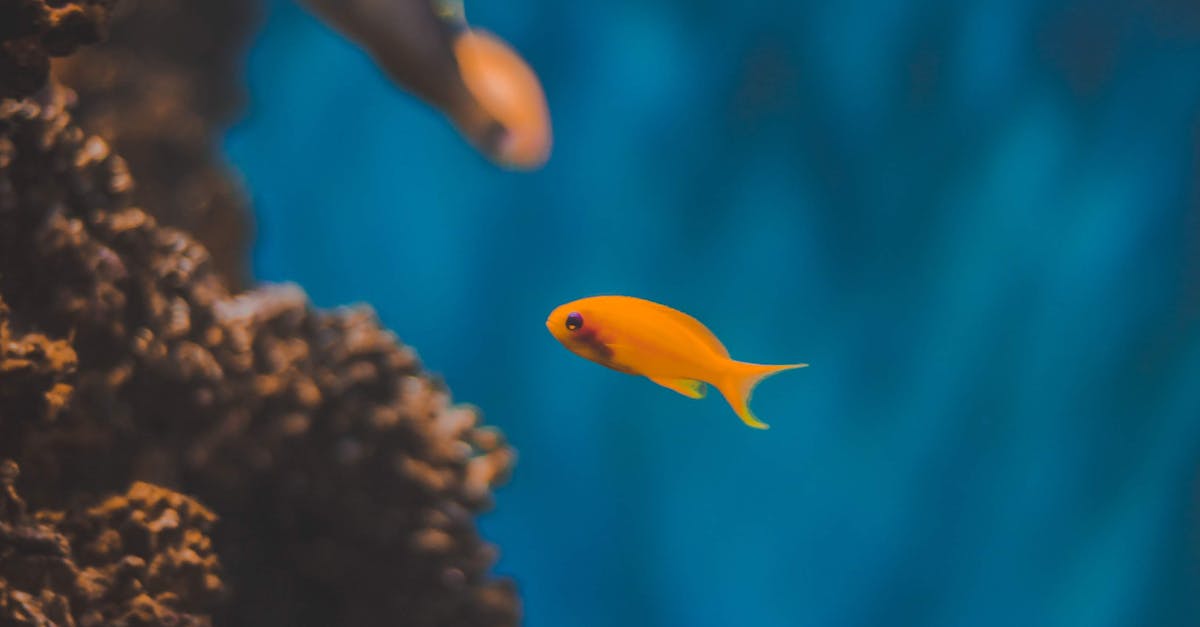
Roundup of the Best Low Histamine Fish Recipes
A bowl of fish stew or soup can be both comforting and nourishing, ideal for those seeking low histamine options. Fresh fish varieties such as cod, haddock, or sole work beautifully in hearty recipes, providing a mild flavour that complements various...
Read more →
Review of Popular Low Histamine Fish Products
When it comes to cooking low histamine fish, gentle methods tend to yield the best results. Steaming is a popular choice that preserves the delicate flavour while minimising histamine formation. This method maintains moisture and nutrients without th...
Read more →
10 Low Histamine Fish You Should Try
Fishing sustainably ensures that fish populations remain healthy and that marine ecosystems are preserved. This approach not only benefits the environment but also supports the long-term viability of the fishing industry. Techniques such as selective...
Read more →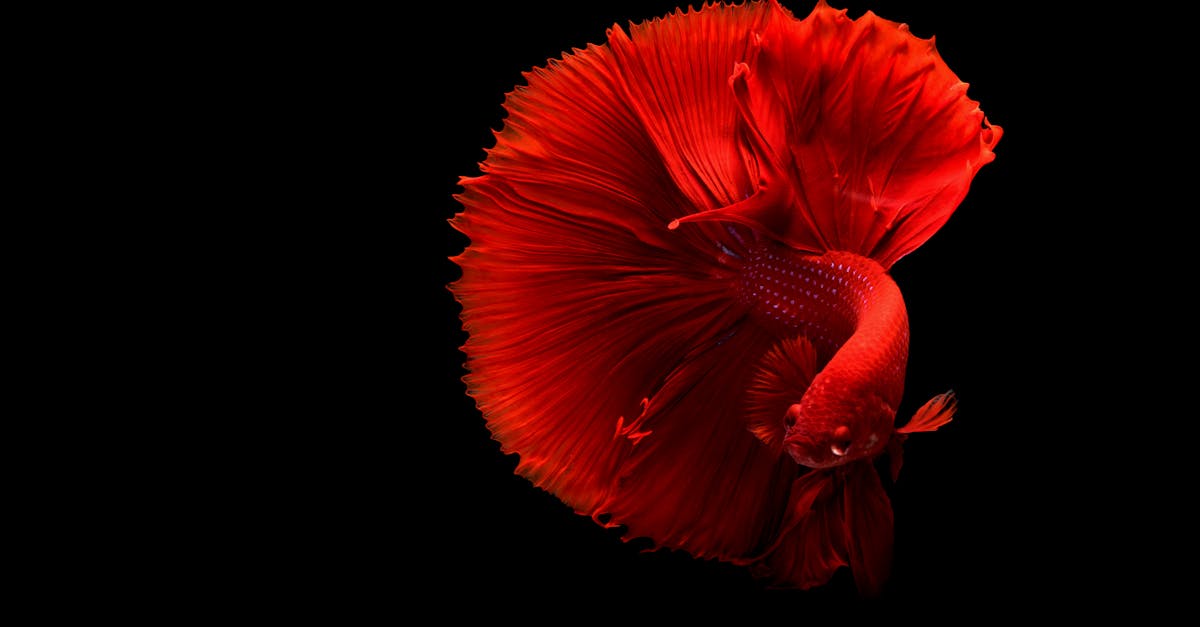
Historical Significance of Fish in Low Histamine Diets
Throughout history, various preservation techniques have been employed to extend the shelf life of fish, ensuring its availability for extended periods. Smoking has been one of the most traditional methods, imparting both flavour and a degree of pres...
Read more →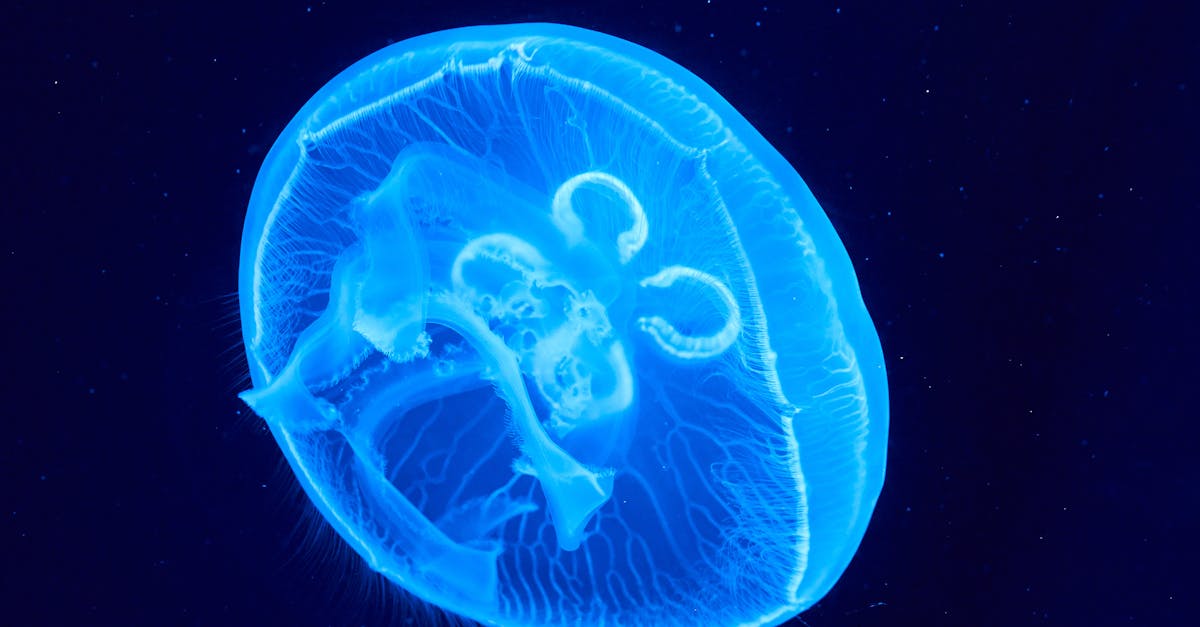
Why Low Histamine Fish is Essential for Gut Health
When preparing low histamine fish, cooking methods play a crucial role in maintaining its quality. Steaming or poaching are excellent techniques, preserving tenderness while avoiding the formation of histamine. These methods allow the fish to retain ...
Read more →
Why Choose Low Histamine Fish for a Healthy Diet
Incorporating low histamine fish into your diet can enhance your meals while providing important nutrients. Pairing these fish with fresh vegetables such as spinach, kale, or zucchinis can create a balanced dish. These vegetables are naturally low in...
Read more →
What to Look for When Choosing Low Histamine Fish
Using specific cooking methods can significantly reduce histamine levels in fish. Quick cooking at high temperatures, such as grilling or frying, can help limit the time fish is in a warm environment, thereby minimising histamine accumulation. Moreov...
Read more →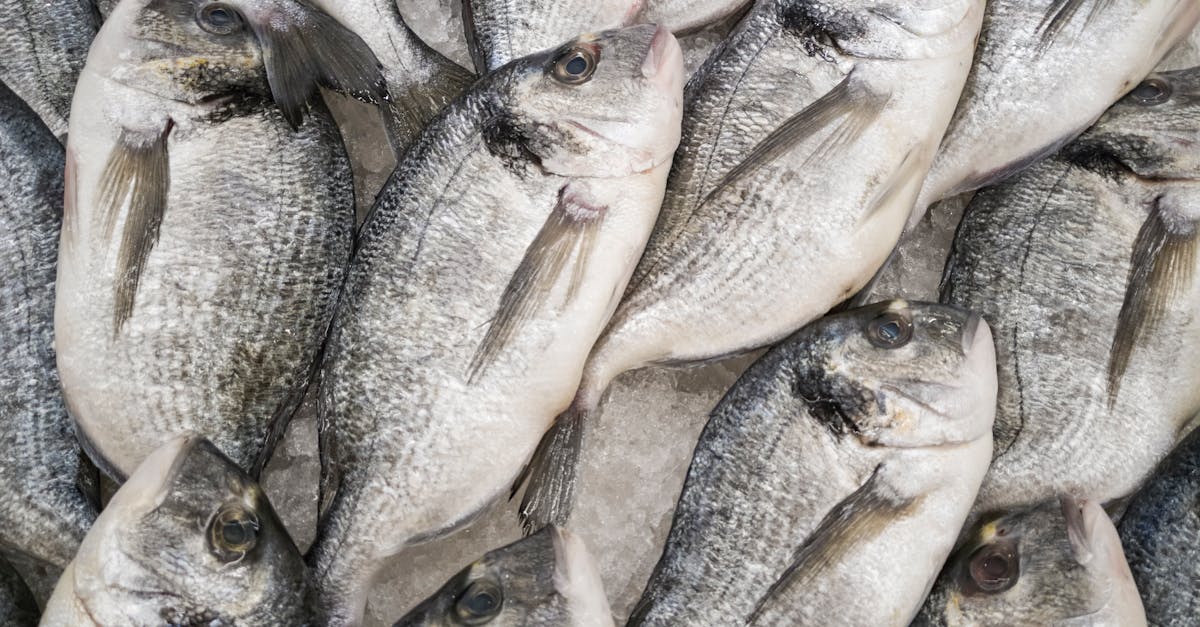
What are the Health Benefits of Low Histamine Fish
A diet low in histamine can significantly benefit digestive health. Many individuals experience sensitivity to histamines, which can lead to symptoms such as bloating and discomfort. Low histamine fish, being fresh and minimally processed, generally ...
Read more →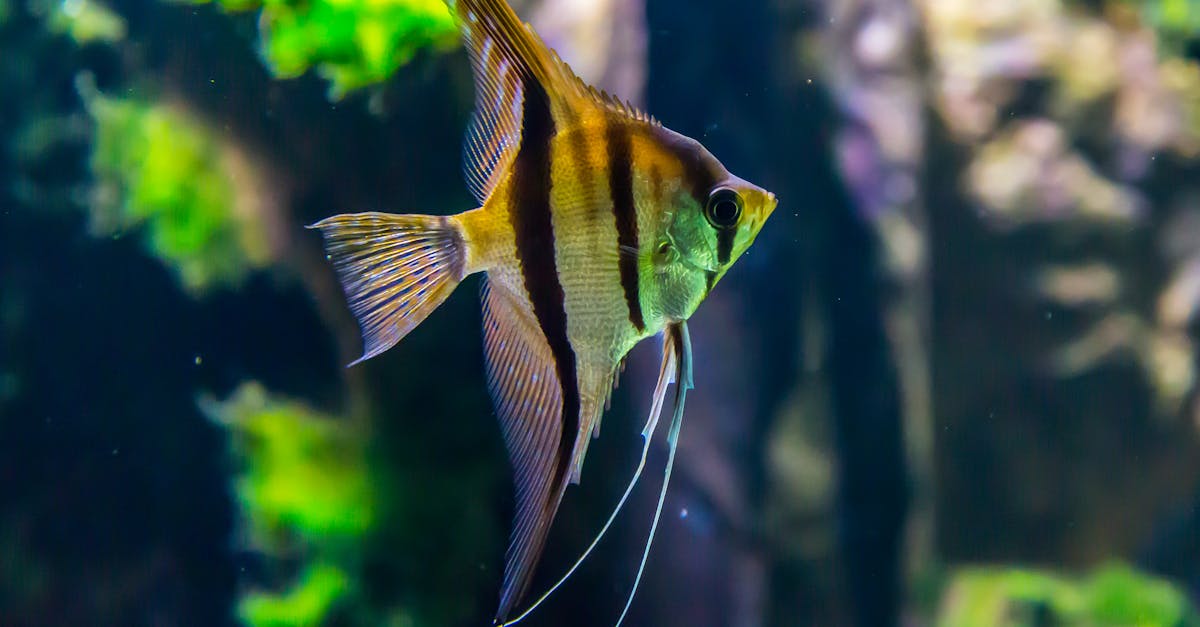
How to Identify Low Histamine Fish Options
Proper storage of fish is crucial in minimising histamine levels. Fresh fish should be stored in the coldest part of the refrigerator, ideally at a temperature of around 0°C to 4°C. Keeping fish on ice is highly effective, as it helps maintain the ...
Read more →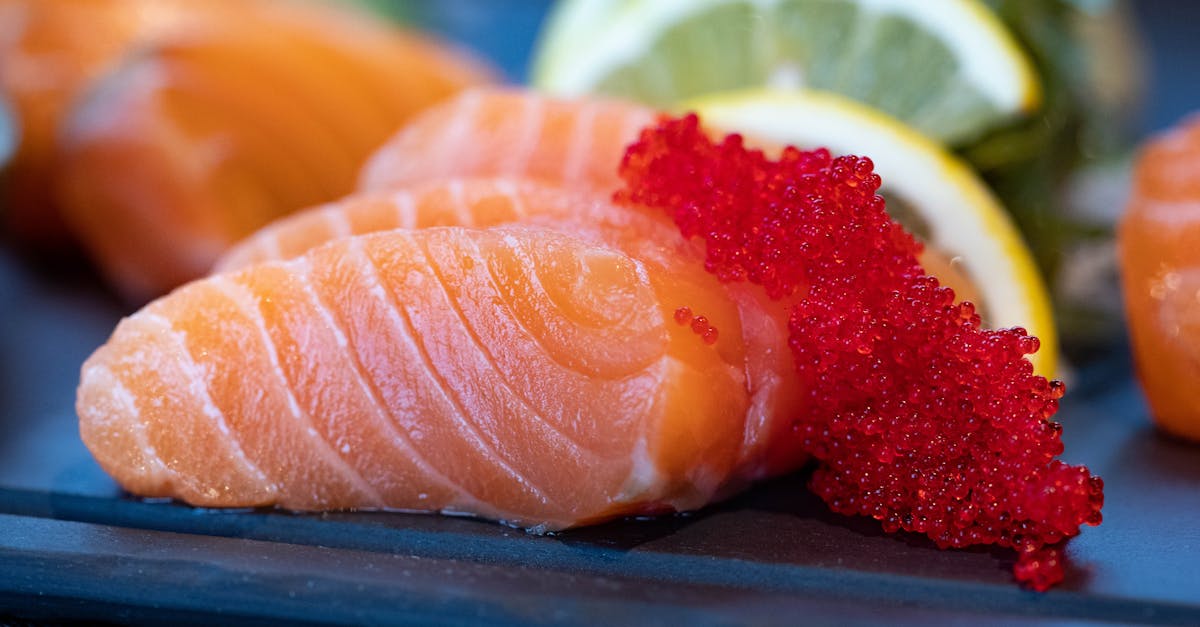
How to Incorporate Low Histamine Fish into Your Diet
Choosing low histamine fish options can be both rewarding and straightforward. For a quick meal, consider grilling fresh tilapia with a sprinkle of sea salt and a squeeze of lemon. The delicate flavour pairs beautifully with steamed vegetables, creat...
Read more →
Roundup of the Best Low Histamine Fish Recipes
Preparing fish for a quick meal can be both simple and satisfying. Opting for fresh or frozen fish fillets, such as cod or sole, can save time while still delivering flavour. Season lightly with herbs like dill or parsley, and drizzle with olive oil....
Read more →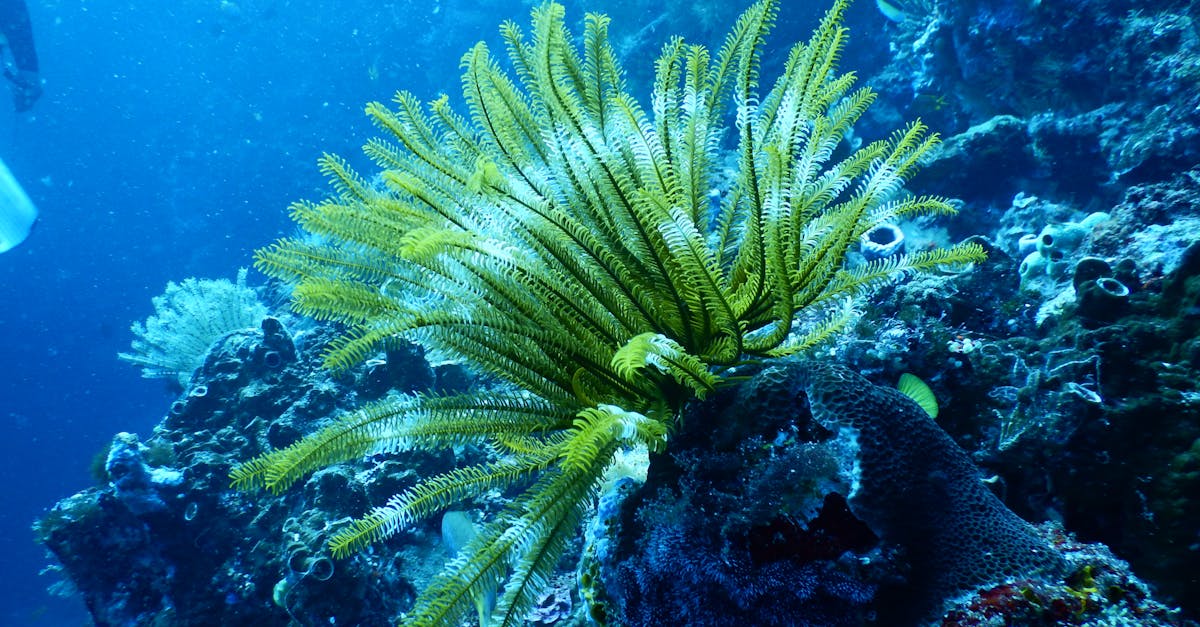
Review of Popular Low Histamine Fish Varieties
Fish varieties that are low in histamine offer a range of nutritional benefits that can greatly contribute to a healthy diet. These fish are often excellent sources of high-quality protein, essential for muscle repair and overall bodily functions. Fu...
Read more →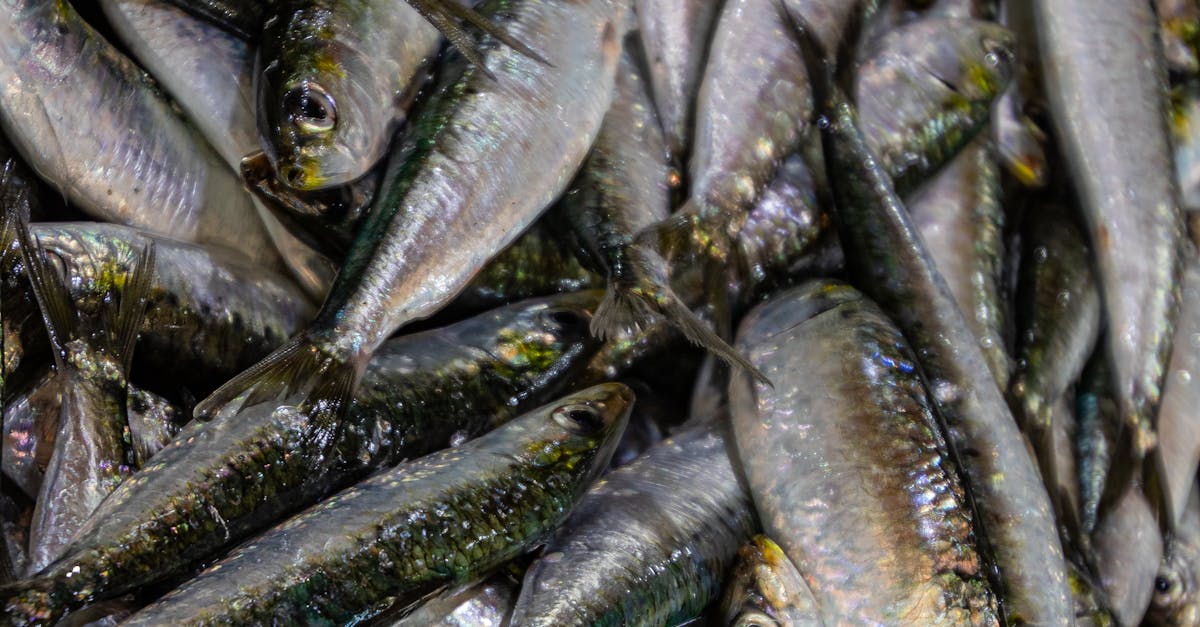
Why You Should Consider Low Histamine Fish for Gut Health
Incorporating a variety of low histamine foods can significantly enhance your gut health. Fresh vegetables like leafy greens, cucumbers, and sweet potatoes are excellent options. Fruits such as apples, pears, and watermelon offer not only a low hista...
Read more →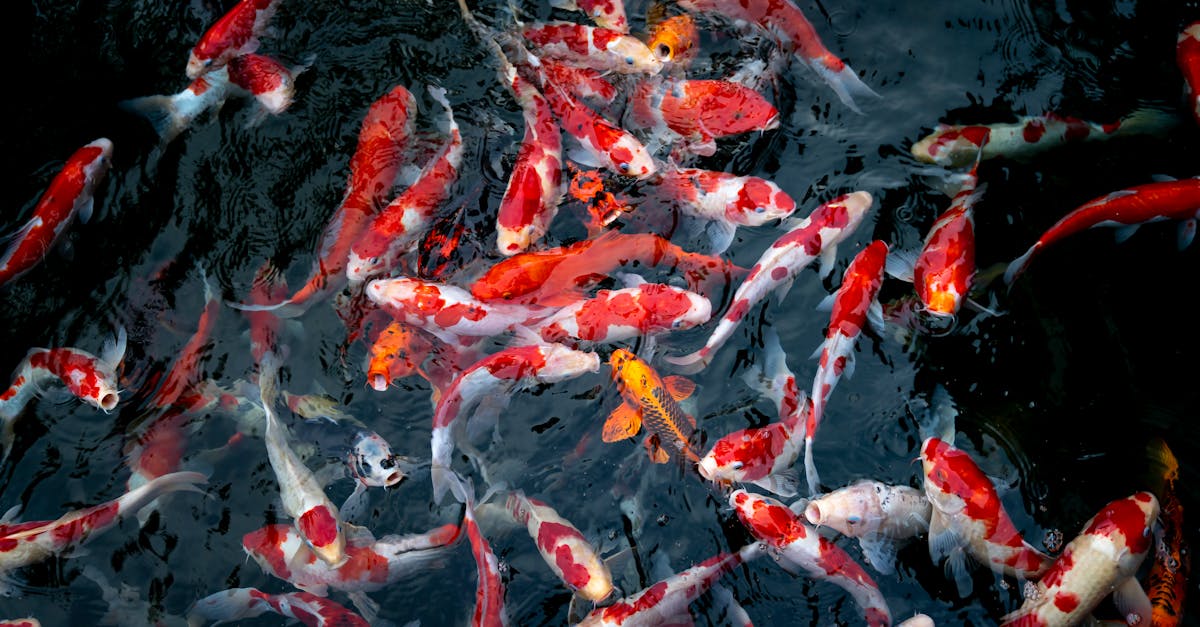
10 Low Histamine Fish You Should Try
This mild, flaky fish is often found in colder waters, making it a popular choice among seafood lovers. Known for its subtle flavour, pollock can be easily incorporated into various dishes. It holds up well to different cooking methods, including gri...
Read more →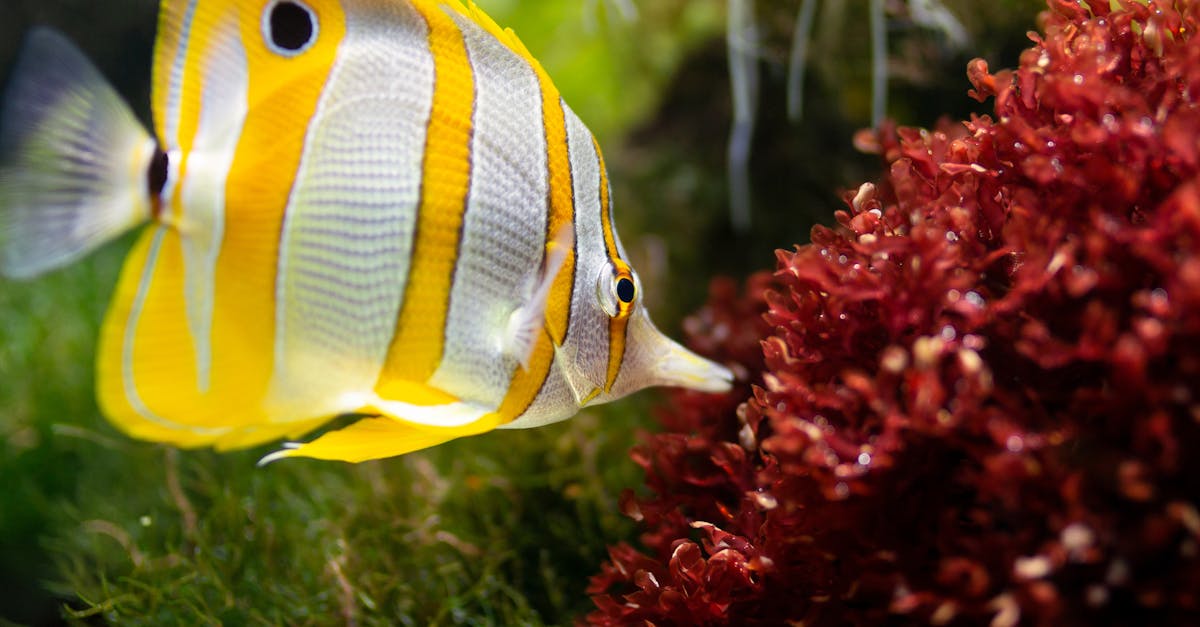
Historical Significance of Fish in Low Histamine Diets
Throughout history, preserving fish has been essential for ensuring food security, especially in communities dependent on this protein source. Ancient civilisations employed various techniques such as salting, drying, and smoking. Salting fish not on...
Read more →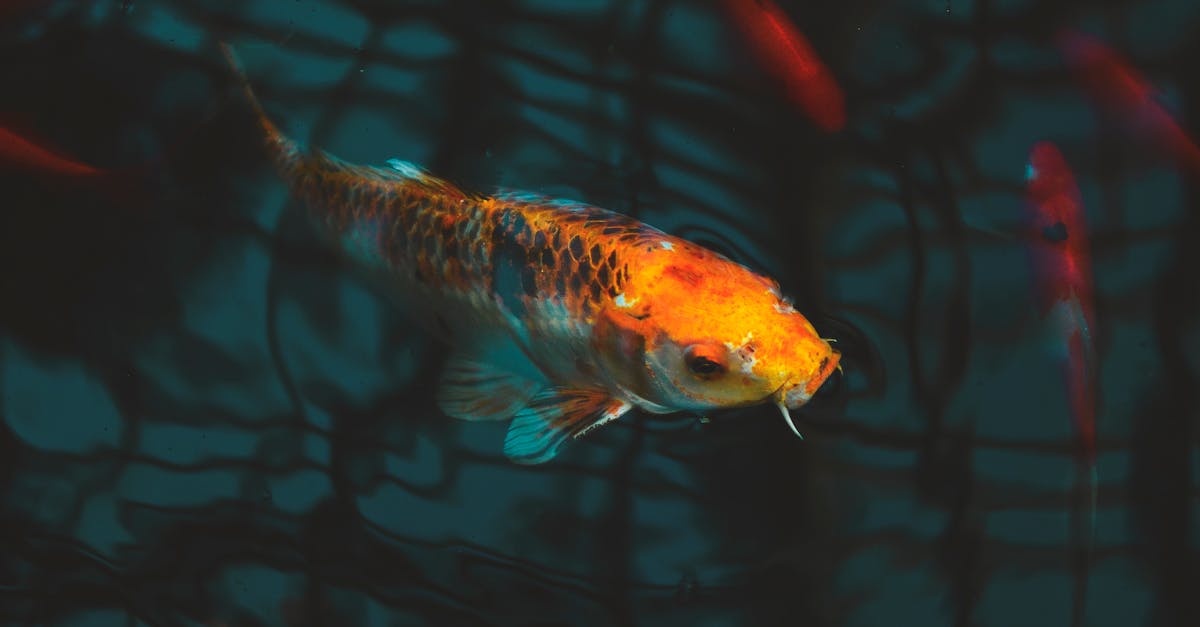
Why Low Histamine Fish is Essential for Heart Health
Freshness plays a crucial role in minimising histamine levels in fish. Choosing the freshest catch is essential, as histamine can develop rapidly when fish is stored improperly or aged. When preparing low histamine fish, keep it chilled until ready t...
Read more →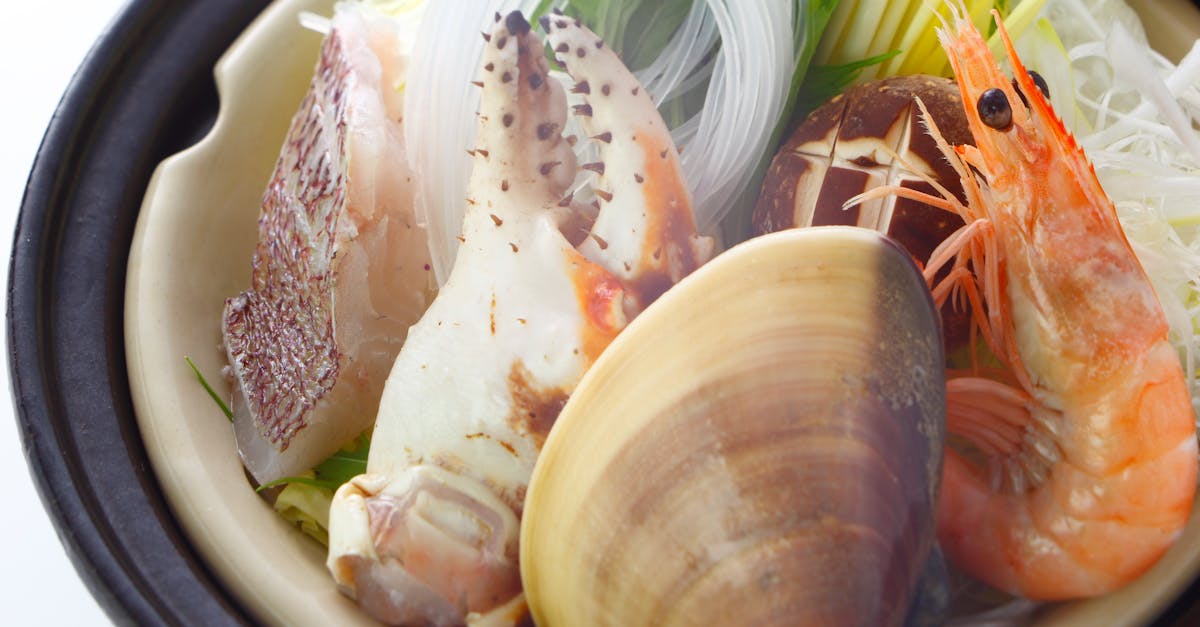
What to Know About Low Histamine Fish and Digestion
Low histamine fish offers a variety of health benefits, particularly for individuals sensitive to histamines. These fish types, such as fresh cod, haddock, and sole, contain lower histamine levels compared to their counterparts. Consuming such fish c...
Read more →
What are the Health Benefits of Low Histamine Fish
Certain fish varieties are inherently low in histamines, making them beneficial for individuals with histamine sensitivities or allergies. Fish such as salmon, mackerel, and sardines not only provide essential nutrients but can also help mitigate inf...
Read more →
How to Choose Low Histamine Fish for Optimal Health
Choosing between fresh and frozen fish can significantly impact your dietary choices, particularly for those sensitive to histamines. Fresh fish is often perceived as superior in taste and texture. Additionally, it can provide a more vibrant flavour ...
Read more →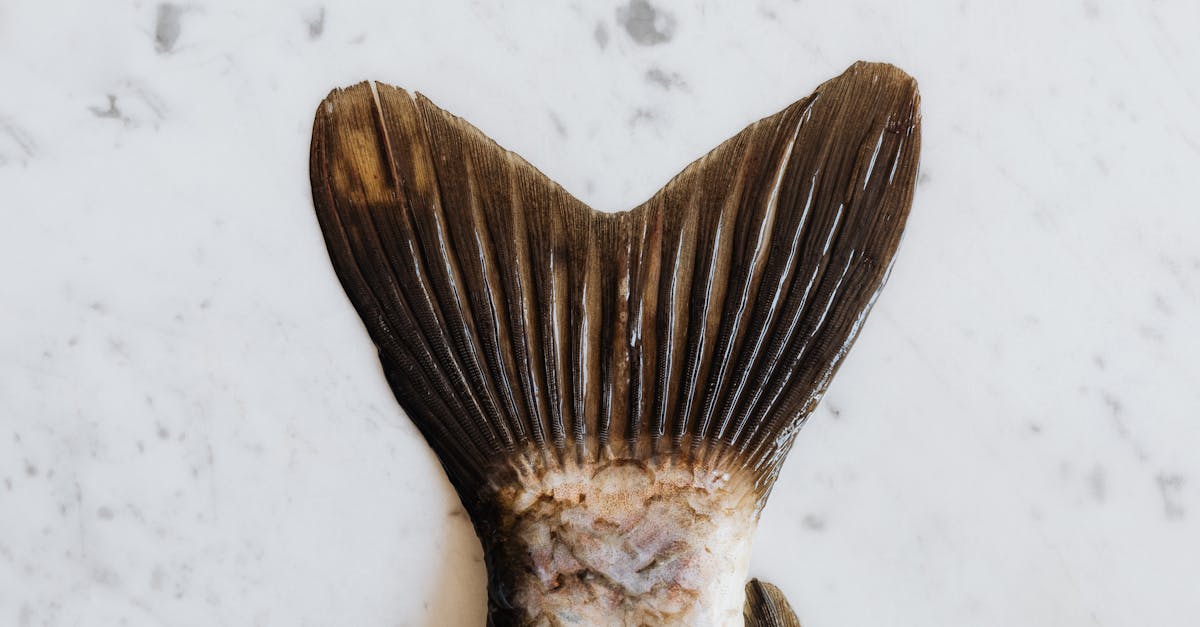
Roundup of Expert Opinions on Low Histamine Fish
Proper storage of fish is crucial in minimising histamine formation. Fresh fish should be kept at a temperature of 0 to 4 degrees Celsius to maintain its quality and safety. It is advisable to consume fish within 24 hours of purchase if it remains in...
Read more →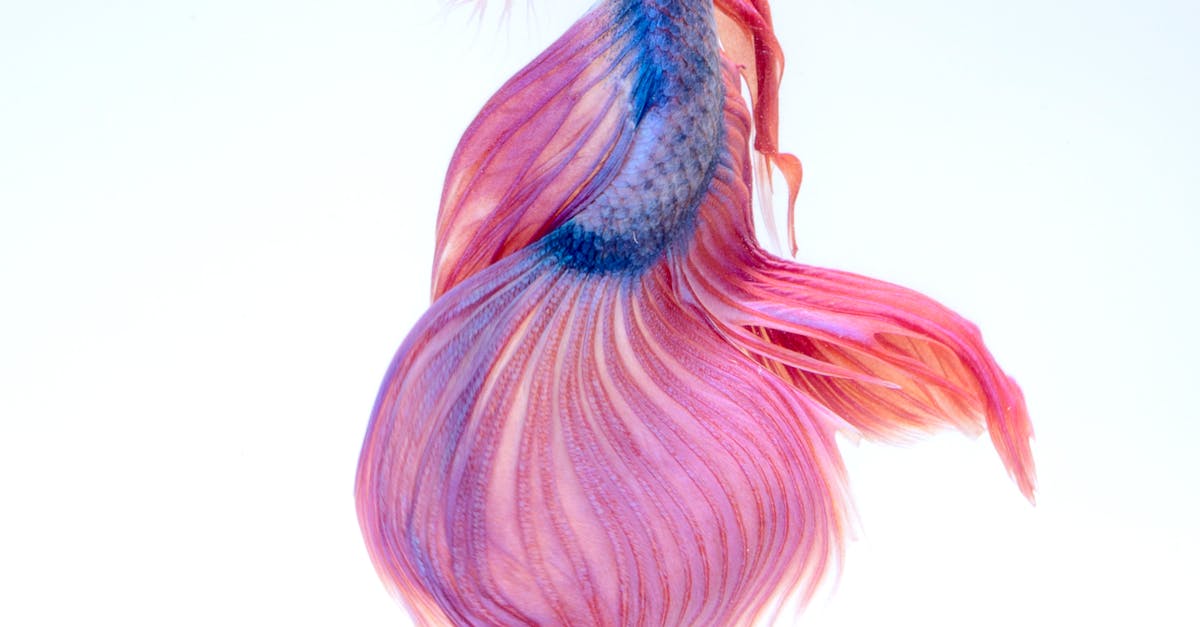
How to Incorporate Low Histamine Fish into Your Diet
Incorporating low histamine fish into meals can enhance flavour while maintaining dietary considerations. Fresh herbs like basil, parsley, and chives are excellent partners, adding vibrant taste without increasing histamine levels. Seasonal vegetable...
Read more →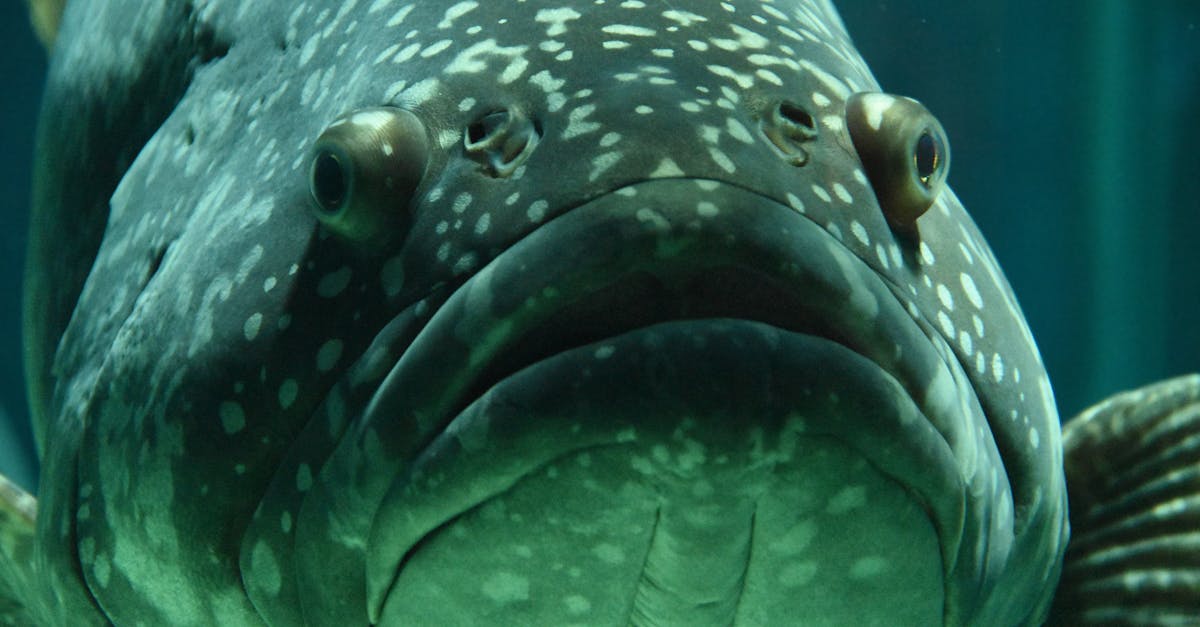
Review of the Best Low Histamine Fish on the Market
Low histamine fish varieties offer numerous nutritional benefits that align well with a balanced diet. They provide high-quality protein essential for muscle maintenance, tissue repair, and overall bodily function. Additionally, fish is rich in omega...
Read more →
10 Low Histamine Fish You Should Try
Known for its mild flavour and flaky texture, haddock is a versatile choice in the kitchen. This fish is often sought after for a variety of dishes. Its white flesh lends itself well to methods like grilling, poaching, and frying. Popular preparation...
Read more →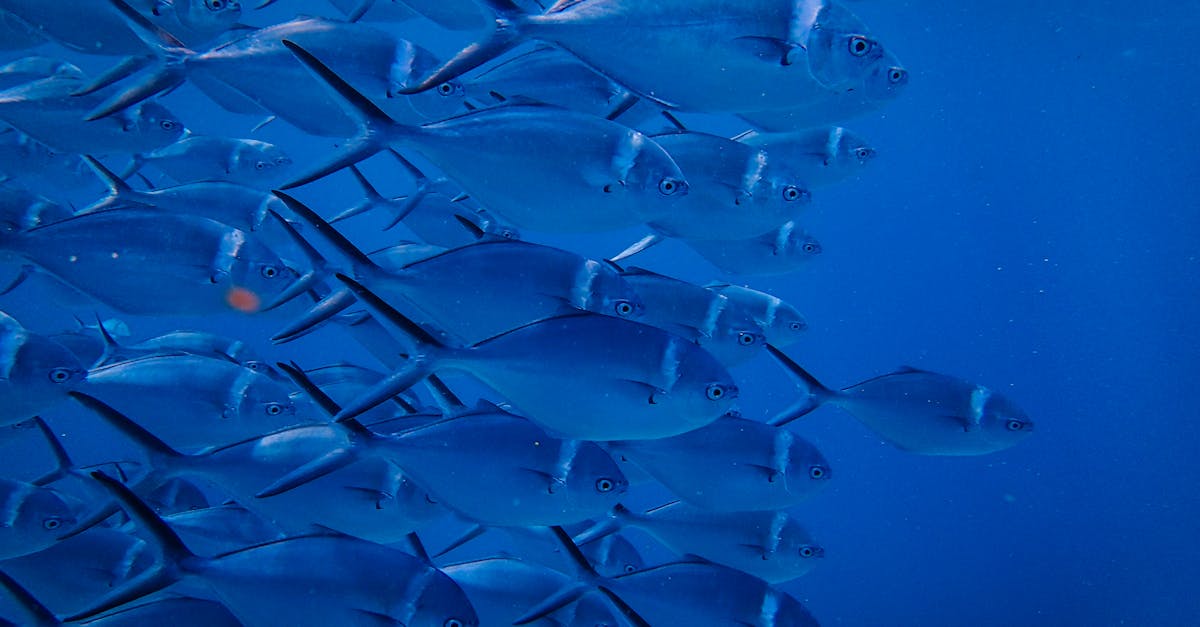
The Historical Significance of Fish in Low Histamine Diets
Throughout history, various figures have emerged who recognised the importance of dietary choices in managing health, particularly regarding histamine levels. These individuals often promoted low histamine diets as a way to alleviate symptoms associa...
Read more →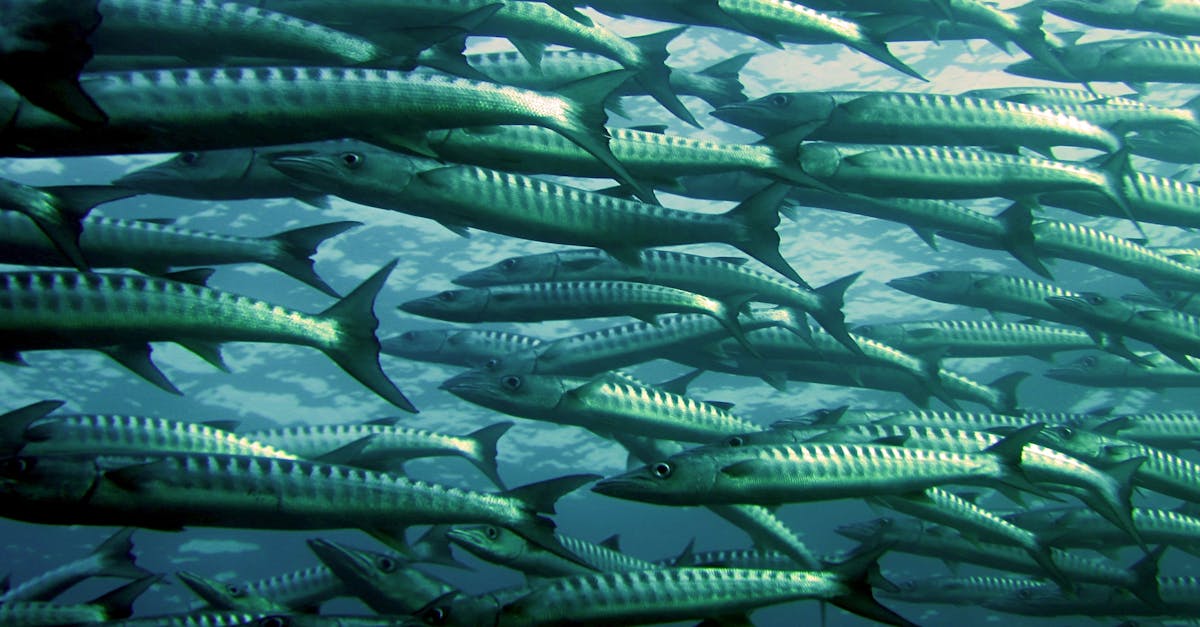
Why Low Histamine Fish is Recommended for Gut Health
Certain fish are notorious for their high histamine levels, which can exacerbate gut issues for those sensitive to dietary amines. Species such as tuna, mackerel, and sardines are particularly known for their histamine content. These fish often pose ...
Read more →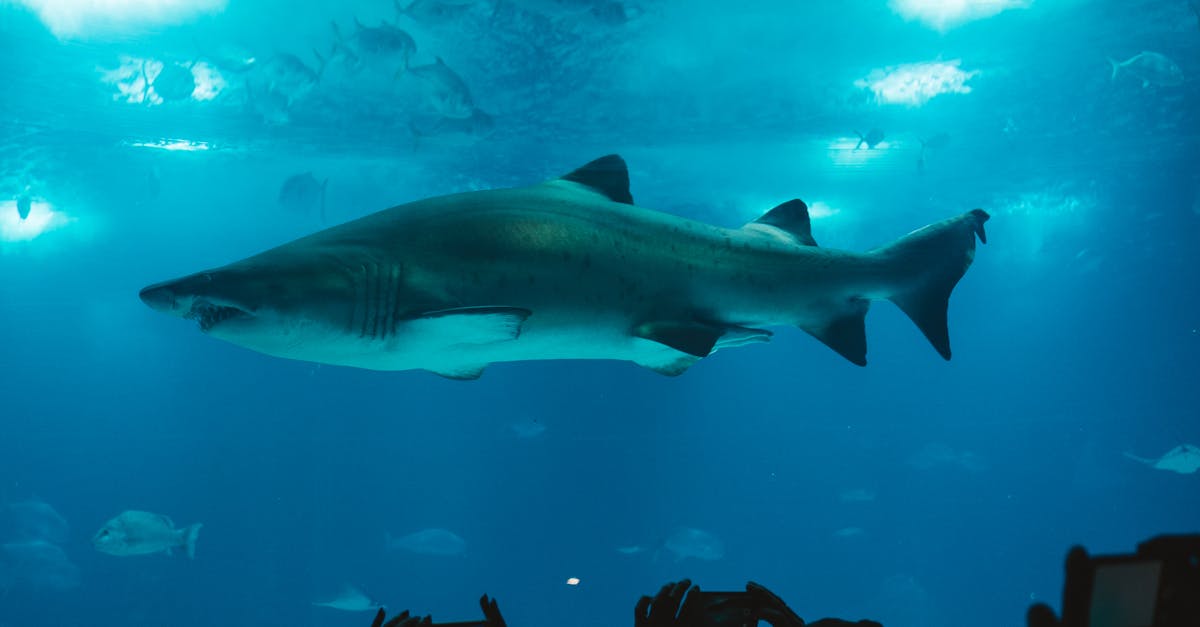
Why is Omega-3 Important for Heart Health
Omega-3 fatty acids have a significant influence on cholesterol levels in the body. They are known to enhance the levels of high-density lipoprotein (HDL), often referred to as "good cholesterol." This type of cholesterol helps remove low-density lip...
Read more →
What are the Health Benefits of Low Histamine Fish
Individuals with histamine intolerance often experience adverse reactions after consuming high-histamine foods. Low histamine fish options can provide a safe alternative, minimising uncomfortable symptoms such as headaches, skin rashes, and digestive...
Read more →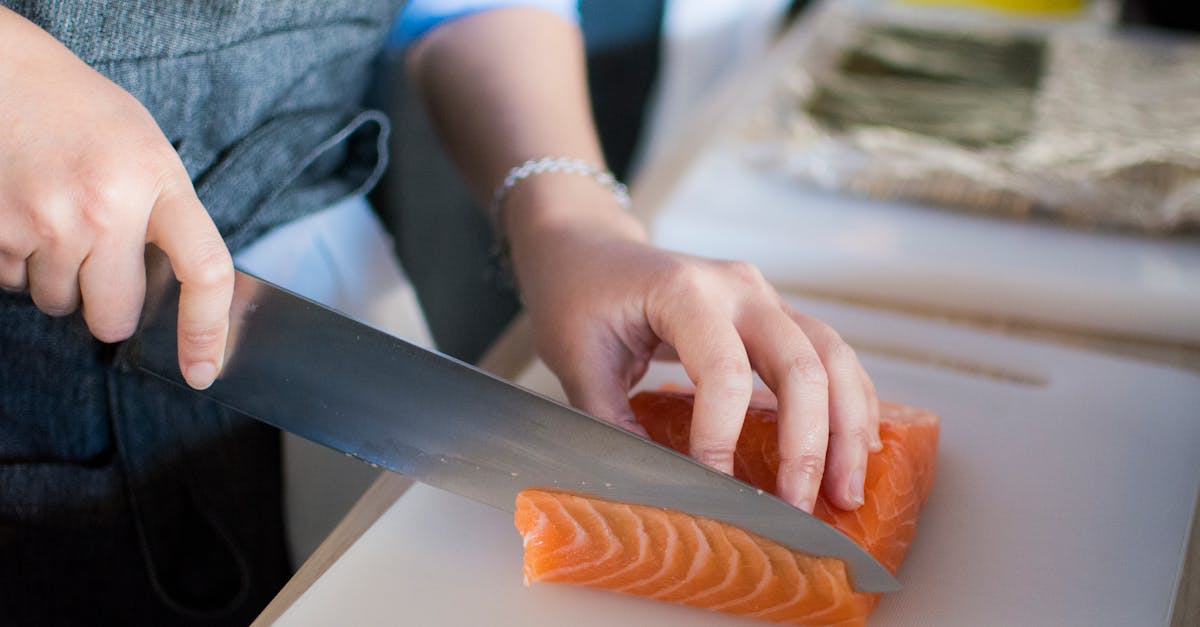
What Types of Low Histamine Fish Should You Eat
Freshness plays a critical role in determining the histamine levels present in fish. When fish is caught, its histamine production begins, influenced by bacterial activity. As time elapses, especially if the fish is not stored properly, histamine lev...
Read more →
How to Choose the Best Low Histamine Fish
Sourcing fish responsibly is essential for both health and environmental sustainability. Opting for fish caught using sustainable methods helps to support marine ecosystems. Overfishing and destructive fishing practices can harm fish populations and ...
Read more →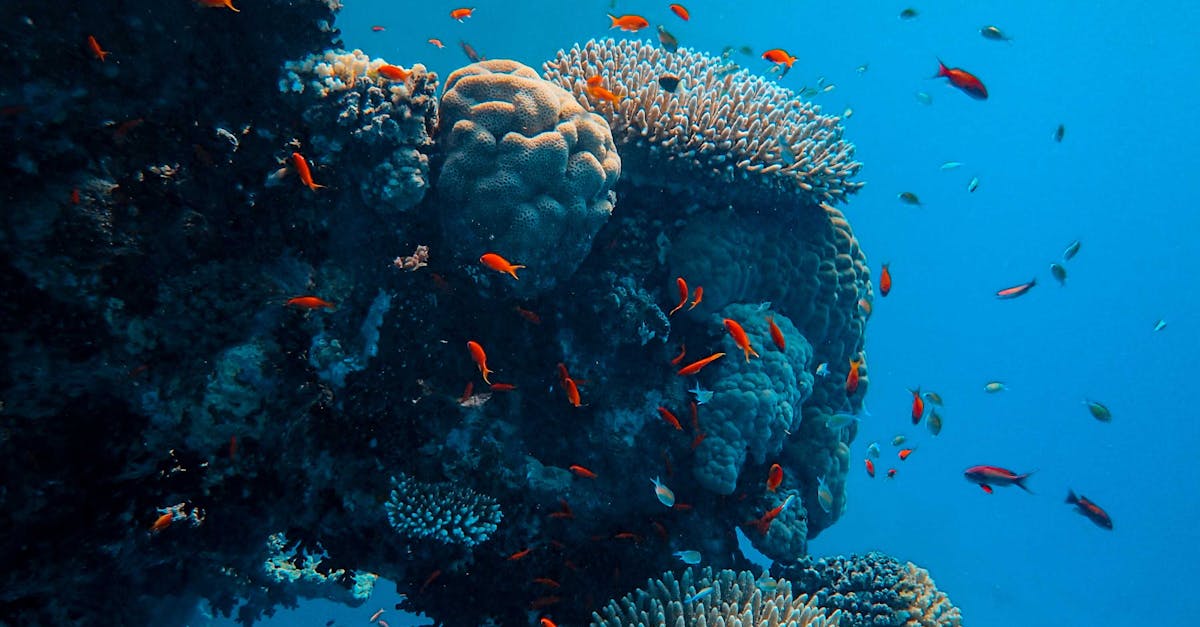
How to Incorporate Low Histamine Fish into Your Diet
Including low histamine fish in your meals can be both nutritious and delightful. One straightforward option is to prepare a lemon-baked cod fillet, seasoned with fresh herbs for flavour. Serve it alongside steamed vegetables like broccoli or green b...
Read more →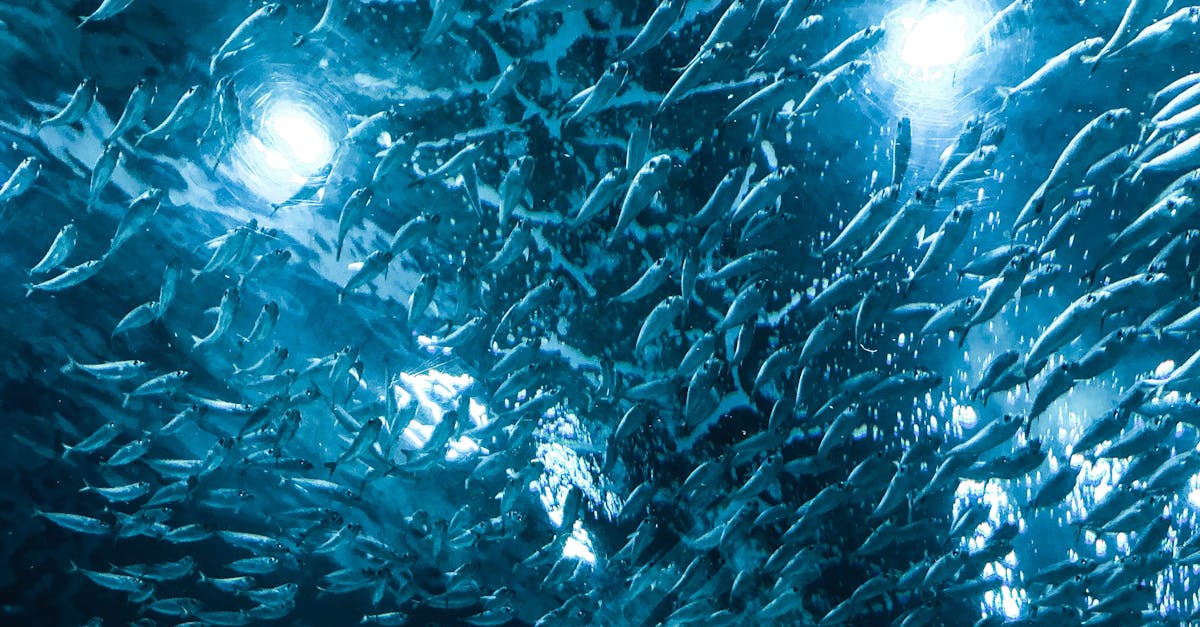
Roundup of the Best Low Histamine Fish for Your Health
Low histamine fish can serve as a nutritious foundation for meals, offering a variety of options for balance and flavour. Pairing these fish with fresh vegetables and whole grains enhances nutritional value. For instance, grilled mackerel can be comp...
Read more →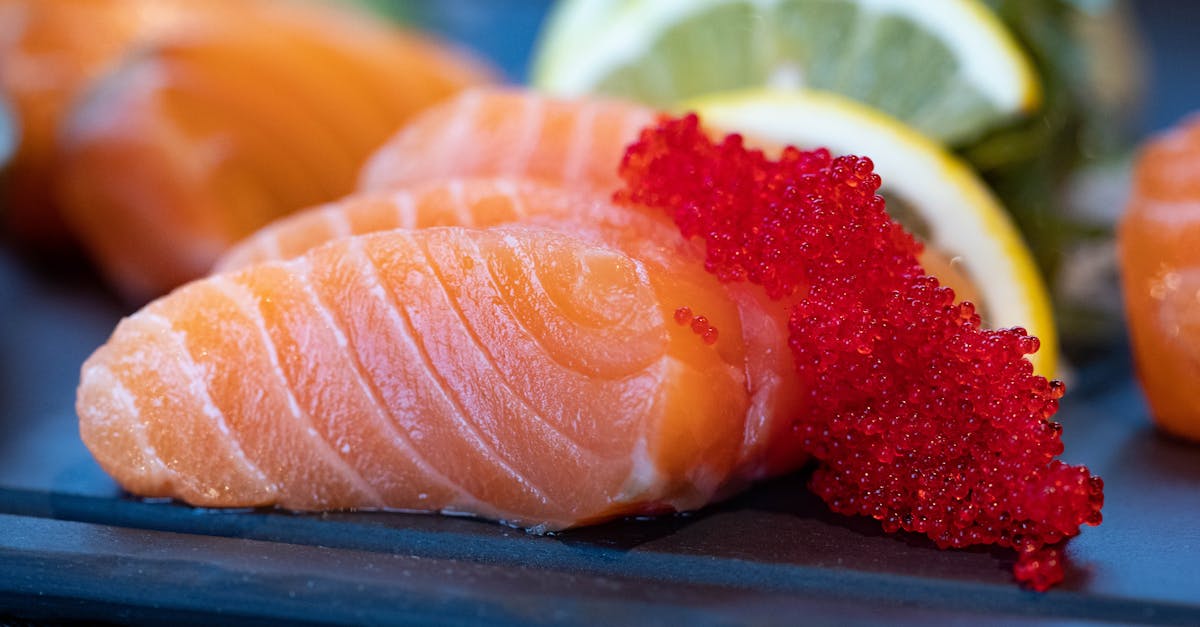
Review of Low Histamine Fish Varieties
Proper storage techniques are essential for maintaining the quality of fish, particularly for those following a low histamine diet. Fresh fish should be consumed as soon as possible, ideally on the day of purchase. If immediate consumption isn't feas...
Read more →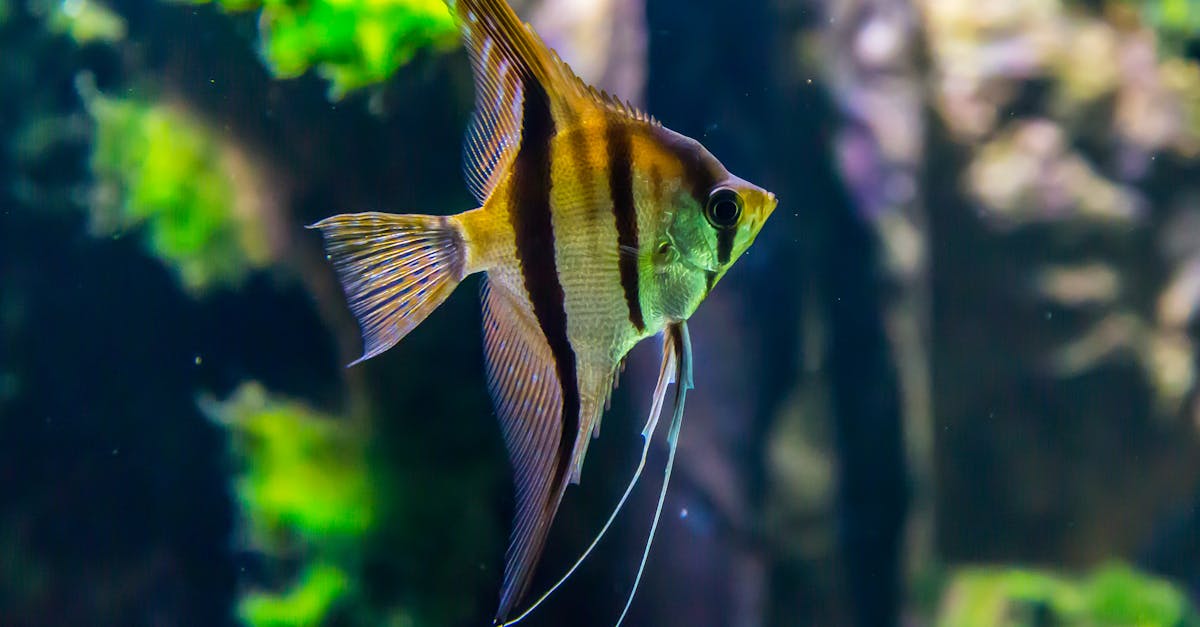
7 Low Histamine Fish Options for a Healthy Diet
Enjoying mackerel offers numerous health benefits. This oily fish is rich in omega-3 fatty acids, which are essential for heart health and cognitive function. Its high levels of protein make it a fantastic choice for those looking to maintain muscle ...
Read more →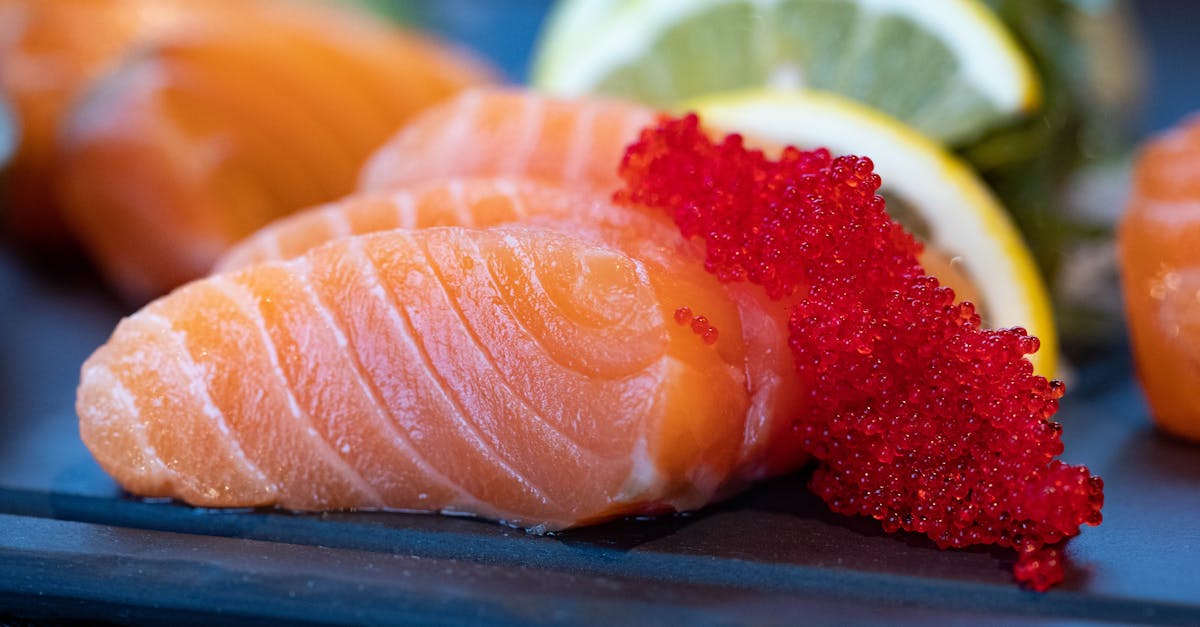
Historical Use of Fish in Low Histamine Diets
The way fish is prepared can significantly influence its histamine content. Different methods can either exacerbate or mitigate histamine formation. For instance, prolonged storage, particularly at improper temperatures, can lead to higher histamine ...
Read more →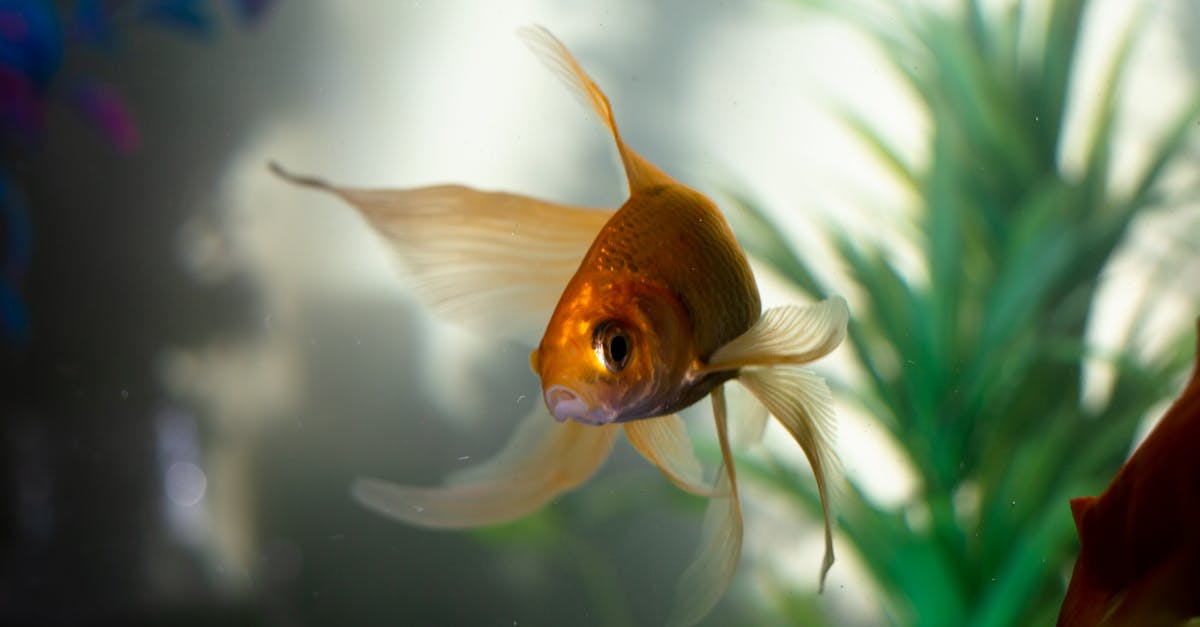
Why Omega-3 Fatty Acids Matter for Heart Health
The recommended daily intake of omega-3 fatty acids varies depending on age, sex, and overall health status. Health authorities often suggest a minimum of 250 to 500 milligrams of combined EPA and DHA daily for most adults. This amount can be achieve...
Read more →
Why Low Histamine Fish is Beneficial for Gut Health
Certain fish varieties are naturally low in histamine, making them a suitable option for individuals who suffer from histamine intolerance or allergies. Consuming low histamine fish can help minimise adverse reactions that may occur due to high hista...
Read more →
What to Know About Omega-3 Fatty Acids and Heart Health
Omega-3 fatty acids play a significant role in influencing cholesterol levels in the body. Research indicates that these essential fats can help lower levels of low-density lipoprotein (LDL) cholesterol, often referred to as "bad" cholesterol. This i...
Read more →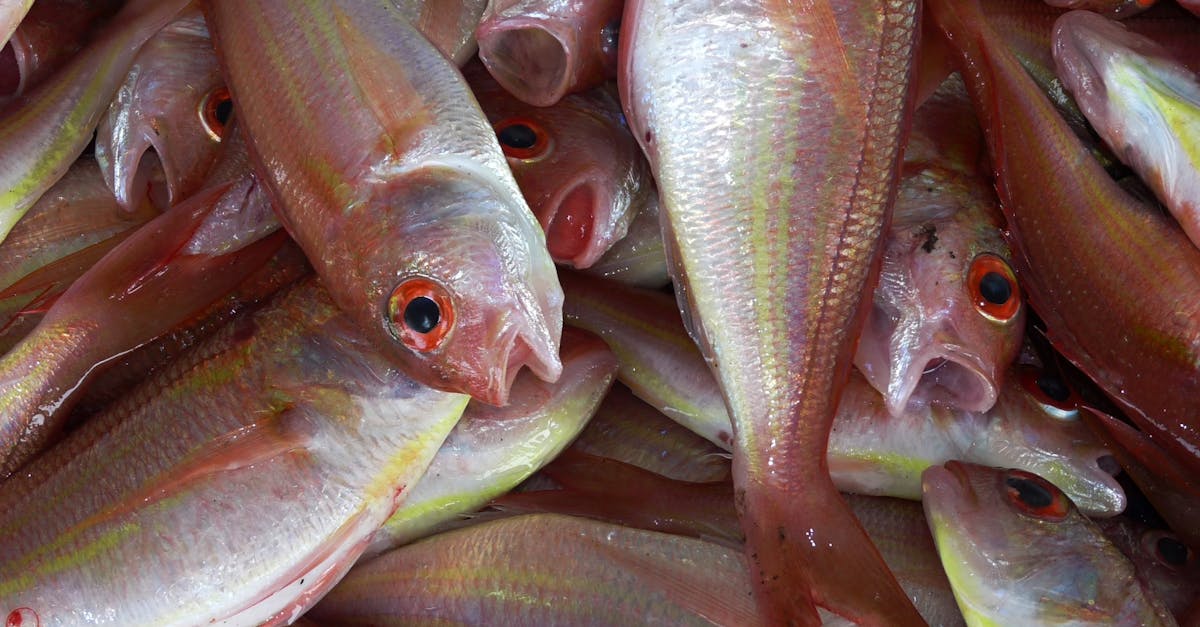
What are the Health Benefits of Low Histamine Fish
Including low histamine fish in a diet may significantly support skin health. Fish such as salmon and sardines are rich in omega-3 fatty acids, which can help reduce inflammation. These beneficial fats contribute to maintaining the skin's barrier fun...
Read more →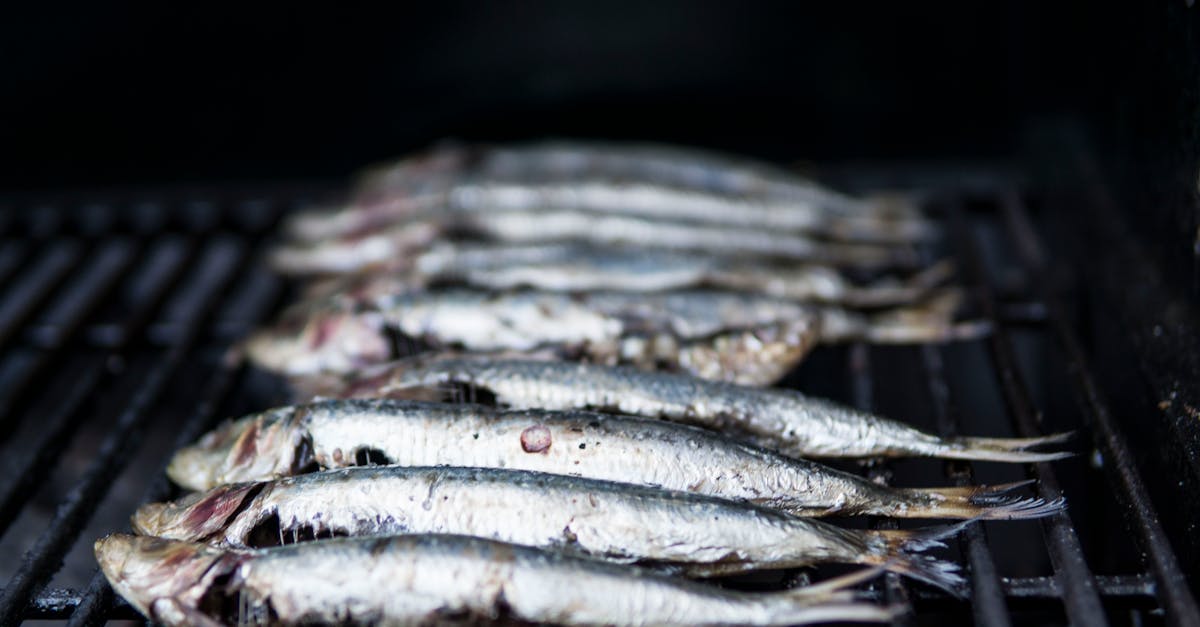
How to Choose Low Histamine Fish for Optimal Health
When selecting fish products, it is essential to carefully examine the packaging. Look for labels that indicate the fish is fresh or frozen rather than cured or smoked, as these methods can increase histamine levels. Additionally, pay attention to th...
Read more →
Review of the Best Low Histamine Fish Options
When preparing low histamine fish, selecting the right cooking methods is crucial to preserving the food's integrity and flavour. Steaming and poaching are gentle techniques that help retain moisture and nutrients, which can enhance the overall eatin...
Read more →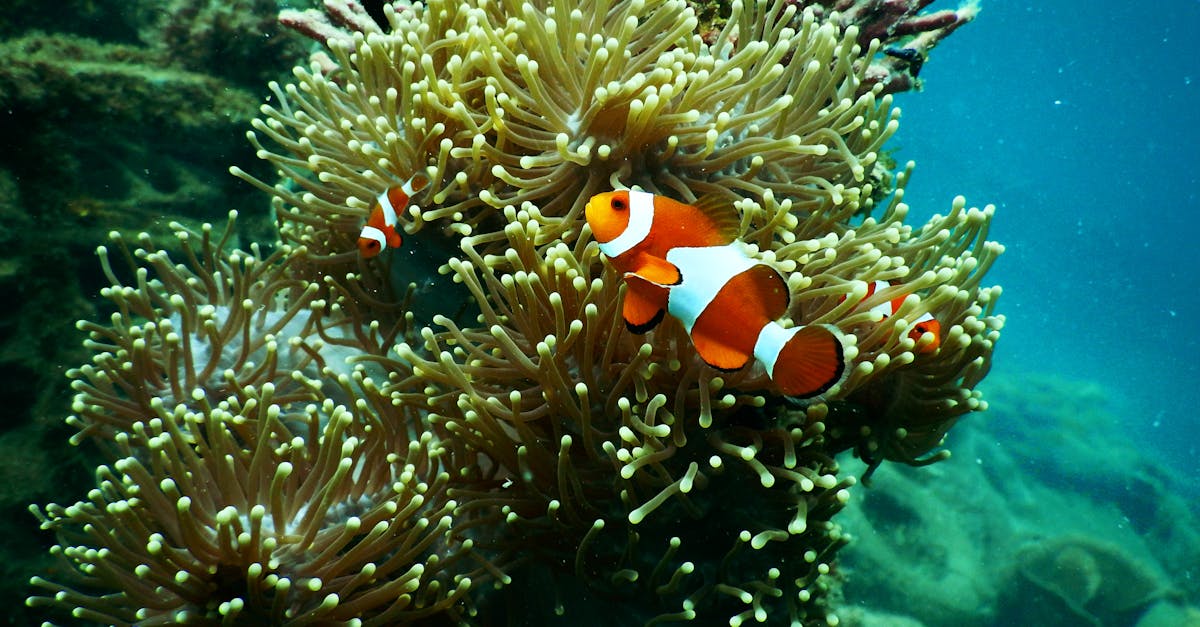
How to Incorporate Low Histamine Fish into Your Diet
Integrating low histamine fish into meals can enhance both flavour and nutritional value. Pairing fish such as cod or salmon with a variety of fresh vegetables creates a refreshing and colourful plate. Consider options like spinach, zucchini, or bell...
Read more →
Roundup of the Top Low Histamine Fish for Health Benefits
This fish stands out as a versatile option for those seeking low histamine alternatives. Its mild flavour and firm texture lend themselves well to a variety of cooking methods. Whether poached, grilled, or baked, cod can easily be adapted to suit dif...
Read more →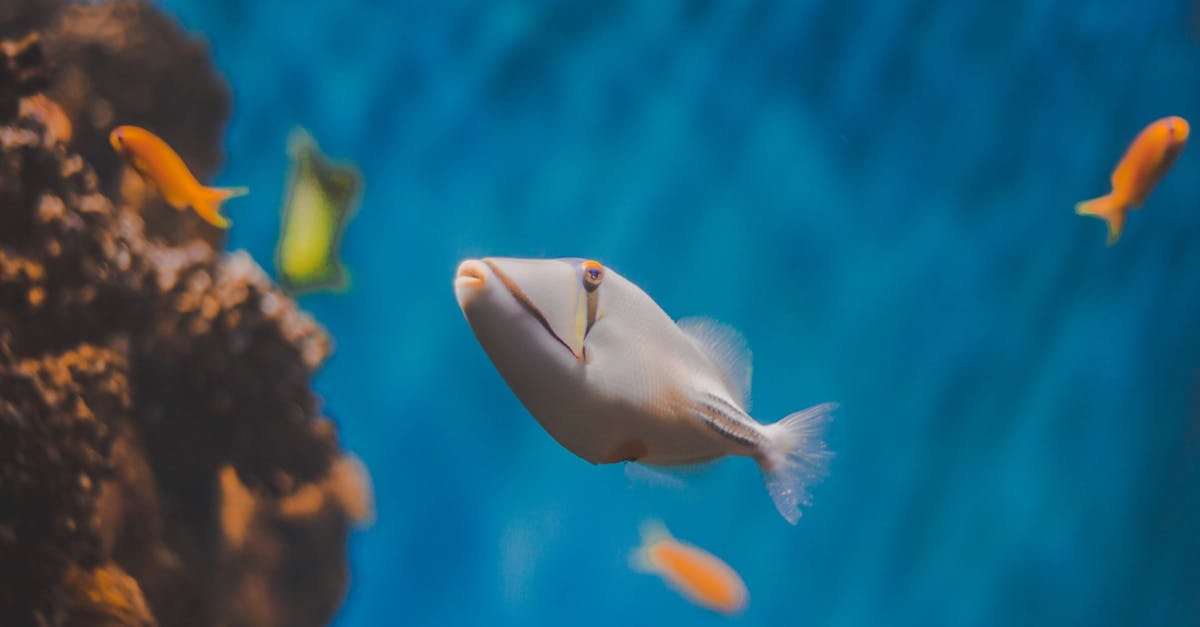
7 Low Histamine Fish Recipes to Try
Fish tacos offer a delightful twist to a traditional dish while remaining low in histamine. Start with soft corn tortillas heated until warm and pliable, which serve as the perfect base for your toppings. For the fish, opt for a mild white fish like ...
Read more →
The Historical Significance of Fish in Low Histamine Diets
Throughout history, various techniques have been employed to preserve fish, essential for both sustenance and trade. Ancient peoples relied on methods such as drying, salting, and smoking to extend the shelf life of their catches. Drying fish in the ...
Read more →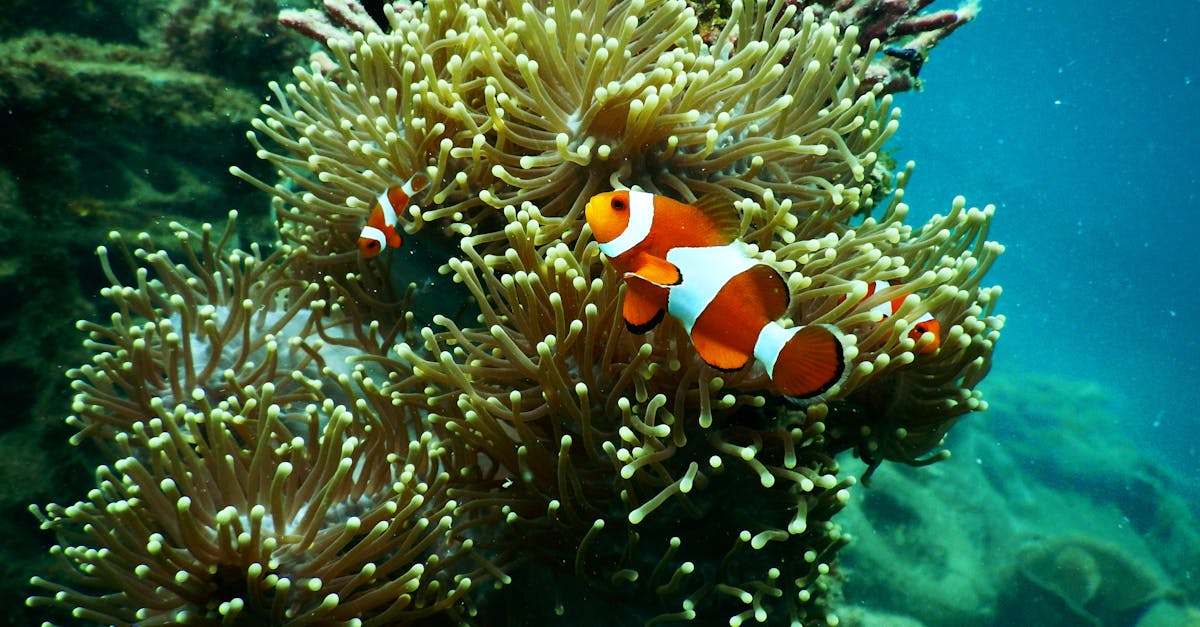
Why You Should Consider Low Histamine Fish for Gut Health
Selecting the right fish is crucial when preparing low histamine dishes. Freshness plays a significant role in histamine levels. Opting for fish that has been freshly caught and stored properly can help maintain low histamine content. Some excellent ...
Read more →
Why Low Histamine Fish Is Essential for Your Health
Opting for cooking methods that minimise histamine production is vital when preparing fish. Steaming is a preferred technique as it retains the moisture and nutrients while keeping the fish tender. Grilling or baking can also be suitable choices, esp...
Read more →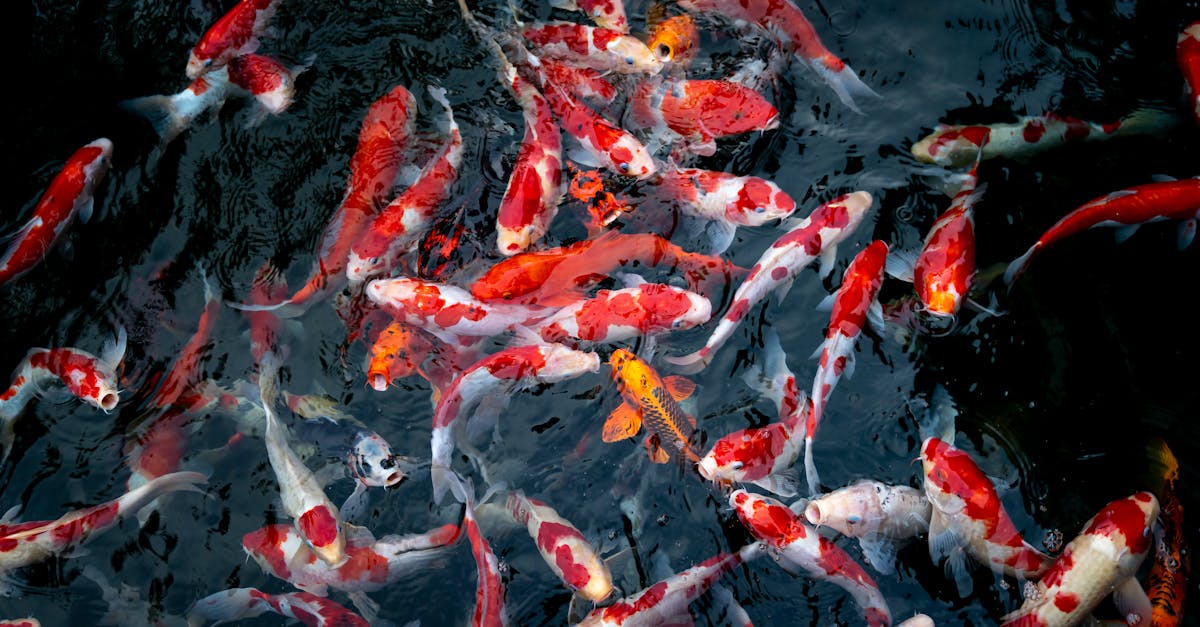
What Types of Fish Are Low in Histamine
Certain species of fish are known for their lower histamine levels, making them suitable for those needing to manage their histamine intake. Freshwater fish such as trout and salmon are often recommended, particularly when sourced from reliable suppl...
Read more →
What Are the Health Benefits of Low Histamine Fish
Certain fish varieties known for low histamine levels can provide significant benefits for those suffering from skin conditions. These fish are often rich in omega-3 fatty acids, which are renowned for their anti-inflammatory properties. This can hel...
Read more →
How to Choose the Best Low Histamine Fish
The seafood industry has faced increased scrutiny over its environmental impact. Sustainable fishing practices are essential to protect marine ecosystems and ensure fish populations remain healthy. Techniques such as selective fishing gear and implem...
Read more →
Roundup of Cooking Methods for Low Histamine Fish
A popular cooking method for preparing low histamine fish, broiling allows for quick cooking at high temperatures. The direct heat from above caramelises the fish's exterior, producing a delightful texture and enhancing its natural flavours. This tec...
Read more →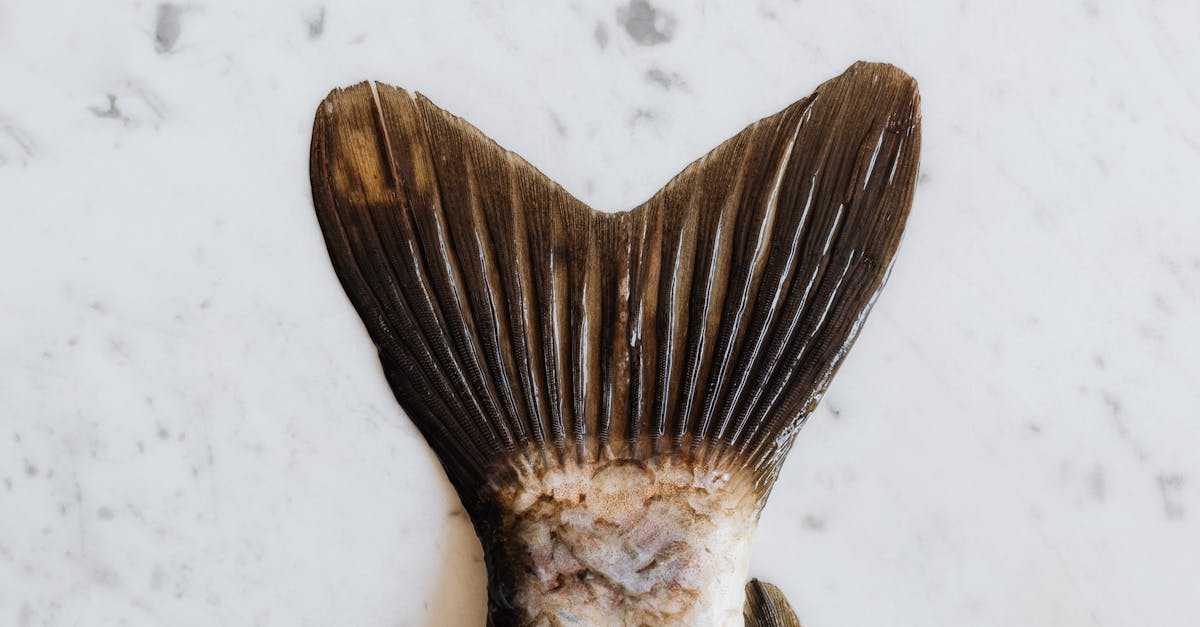
How to Incorporate Low Histamine Fish into Your Diet
For a satisfying meal, consider pan-searing fresh cod with a touch of olive oil and a sprinkle of herbs. Serve it alongside steamed broccoli and quinoa for a wholesome experience. Marinating the fish in lemon juice and fresh parsley before cooking ad...
Read more →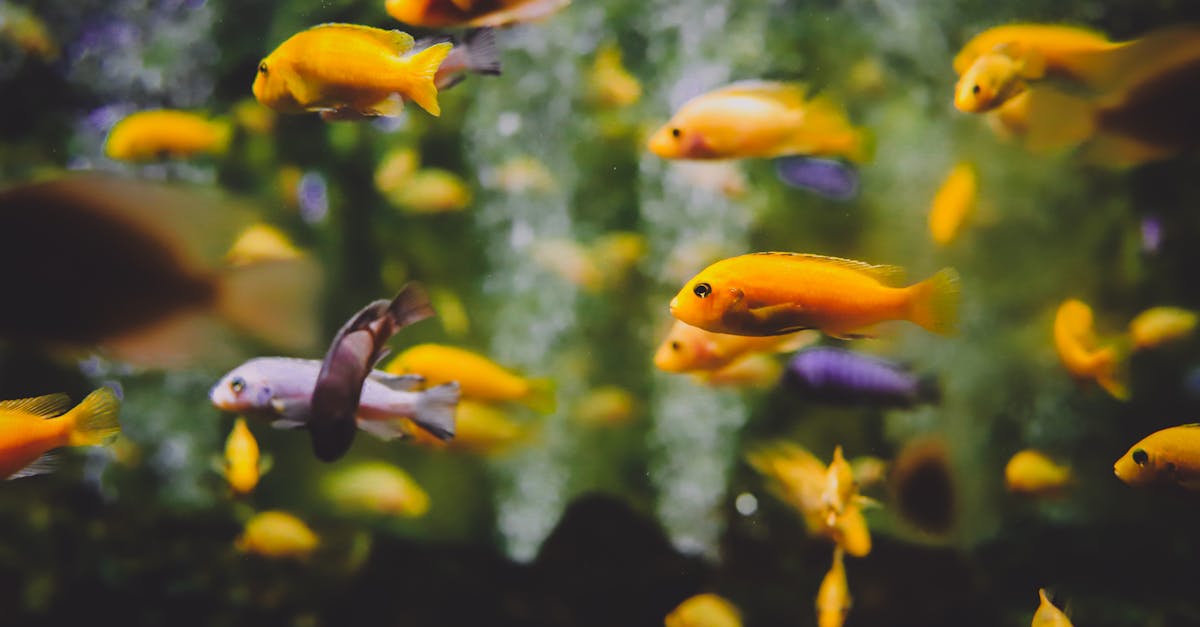
Review of the Best Fish for Low Histamine Diets
Shellfish can present a challenge for those following a low histamine diet. While some individuals might tolerate certain types of shellfish better than others, fresh options are generally recommended. Shellfish, such as shrimp and scallops, are ofte...
Read more →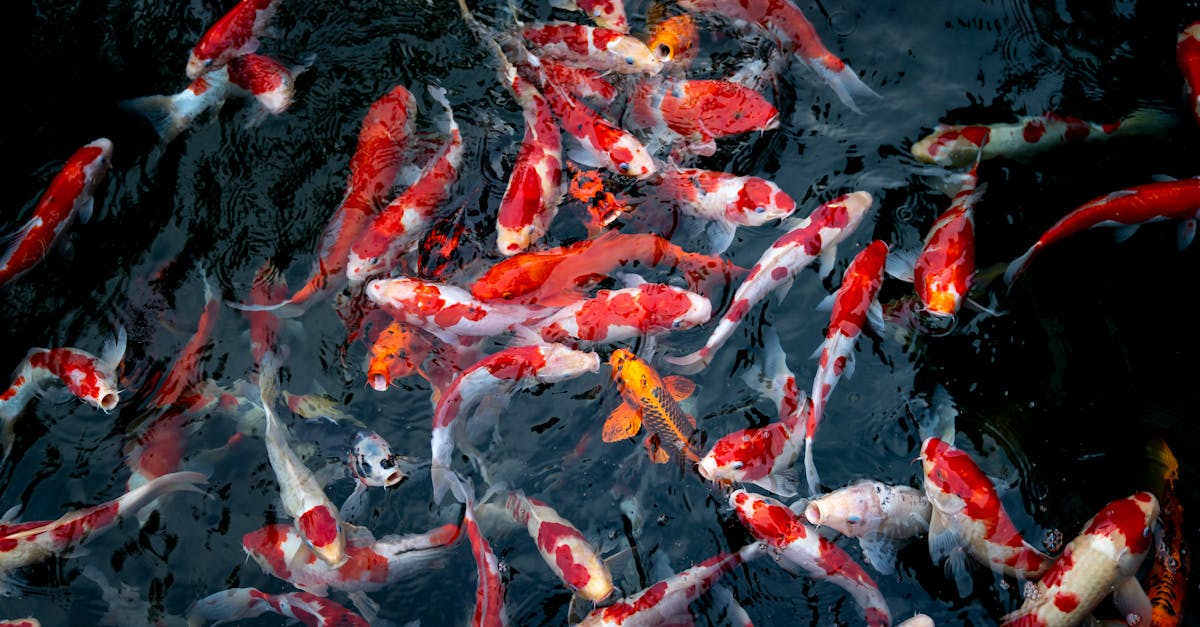
Historical Cooking Techniques for Low Histamine Fish
This gentle cooking method is ideal for preparing fish while preserving its delicate flavours and nutrients. By submerging the fish in simmering liquid, it not only enhances the taste but also keeps histamine levels low. This technique typically requ...
Read more →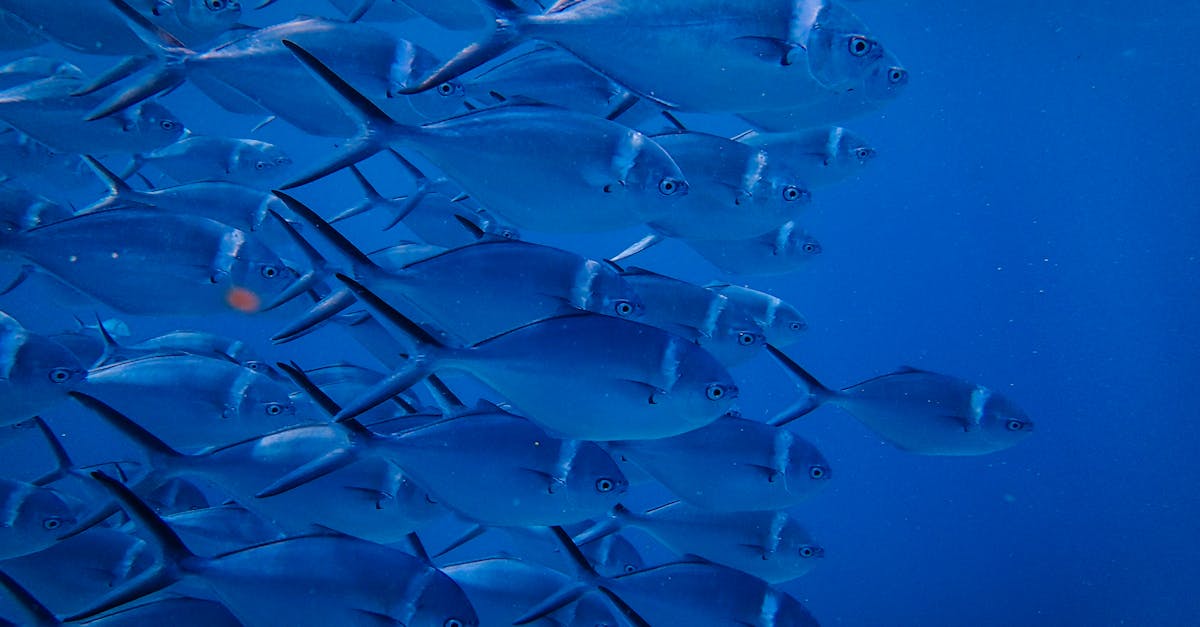
Why Choosing Low Histamine Fish Matters
Selecting low histamine fish is crucial for individuals sensitive to histamines. Fresh options such as cod, haddock, and sole tend to be safer choices. These fish are less likely to accumulate histamine levels compared to more popular varieties. Cook...
Read more →
10 Best Low Histamine Fish Recipes
Fish tacos offer a delightful combination of texture and flavour while remaining suitable for those who need to manage histamine levels. Prepare your fish of choice, such as cod or tilapia, which are generally low in histamine. Season it simply with ...
Read more →
Why Sautéing Low Histamine Fish is Beneficial
Sautéing low histamine fish allows for the development of rich and complex flavours. The high temperatures used in sautéing contribute to the Maillard reaction, which creates a delightful crust on the fish. This enhances the overall taste and mouth...
Read more →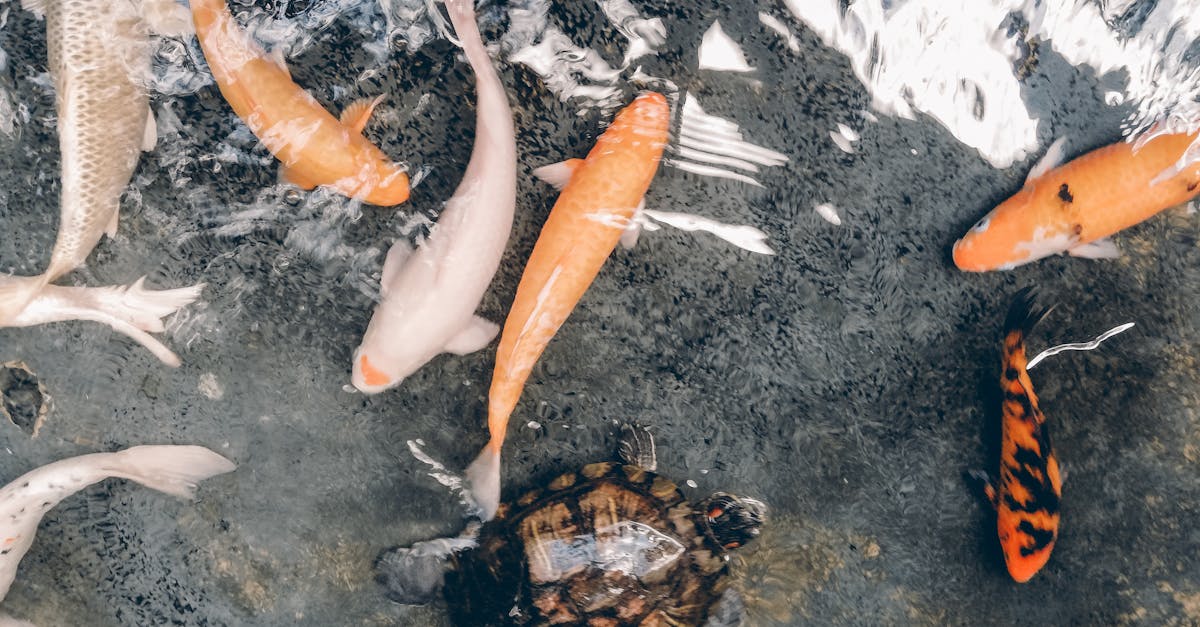
What to Know About Poaching Low Histamine Fish
When selecting fish, freshness is paramount to ensure it is low in histamine. One of the primary indicators of freshness is the appearance of the fish. Look for bright, clear eyes that are bulging slightly and skin that is moist and shiny. The scales...
Read more →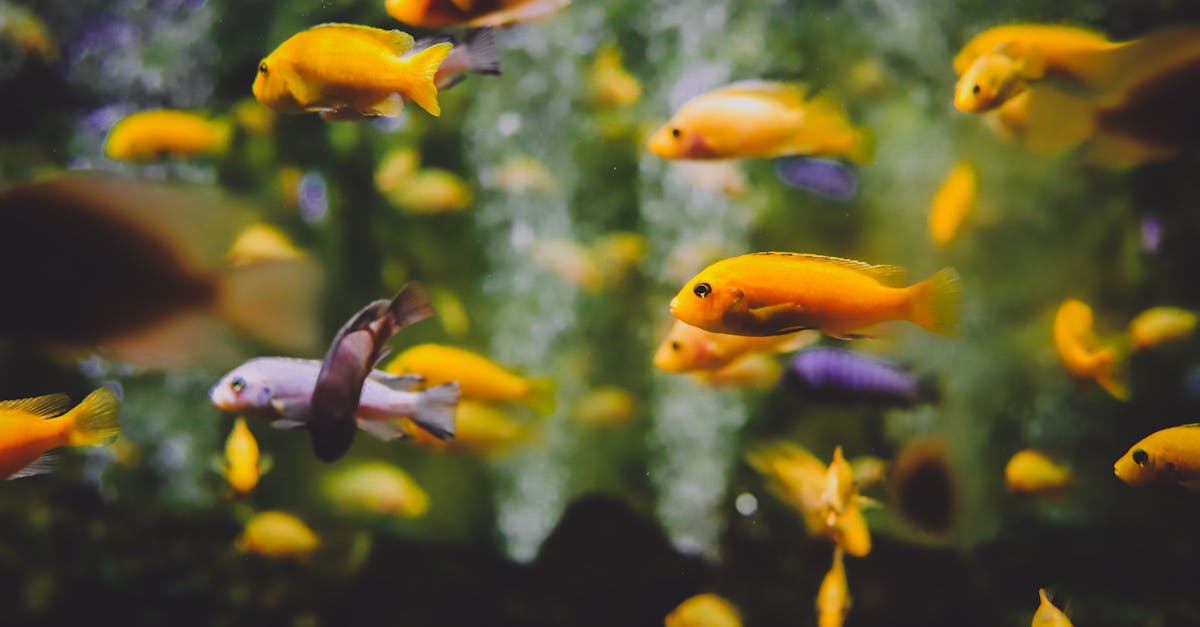
What to Serve with Steamed Low Histamine Fish
When considering carbohydrate options that complement steamed low histamine fish, it is essential to select foods that are gentle on the digestive system. Quinoa presents a nutritious choice, being both gluten-free and rich in protein. Its slight nut...
Read more →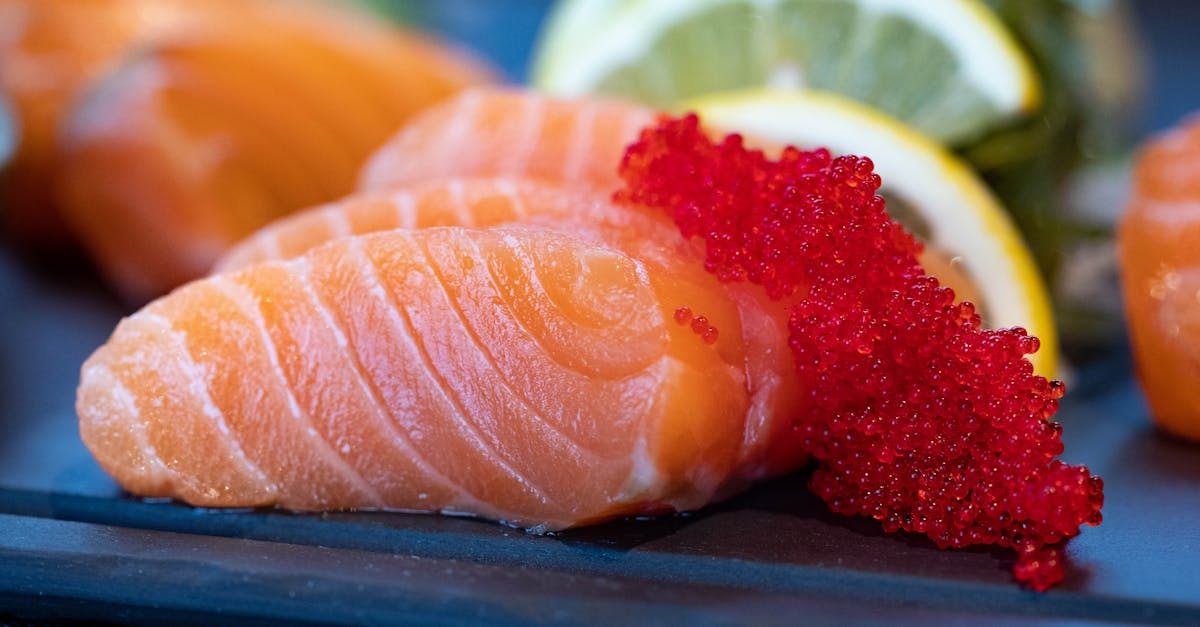
How to Bake Low Histamine Fish
Pairing fish with the right accompaniments can enhance the overall dining experience. Fresh vegetables, such as steamed broccoli or roasted carrots, provide a vibrant contrast to the delicate flavours of the fish. A simple salad featuring spinach, cu...
Read more →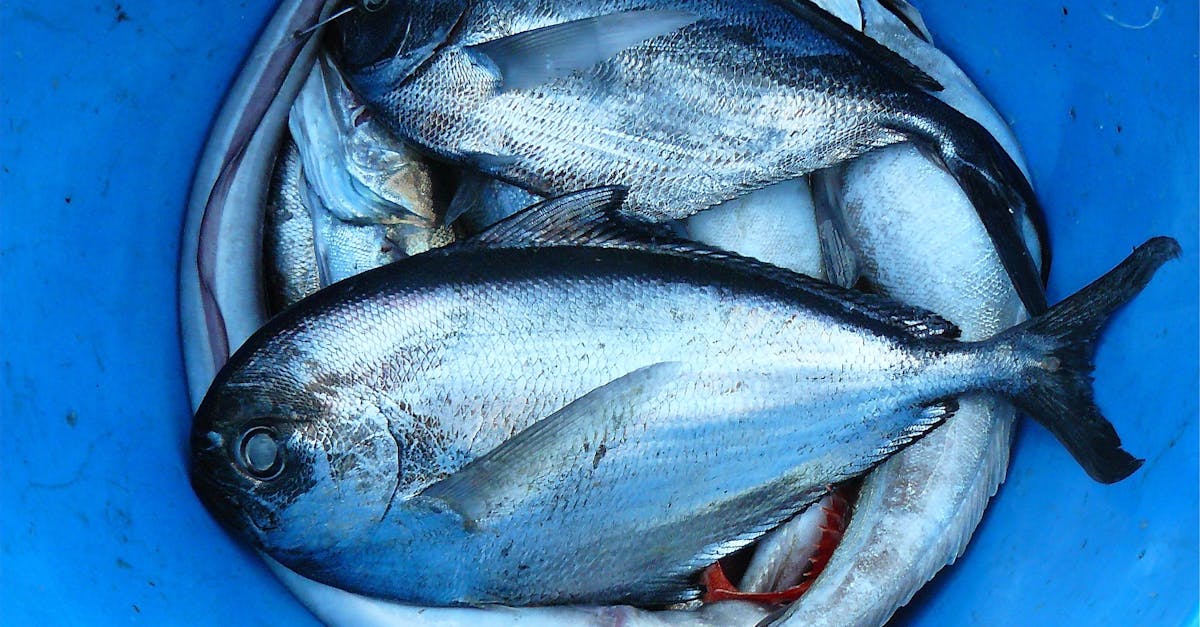
How to Grill Low Histamine Fish
Choosing the right grilling technique can significantly affect the quality and safety of low histamine fish. Direct grilling involves placing the fish directly over the heat source, which helps achieve a delicious char and crisp exterior. This method...
Read more →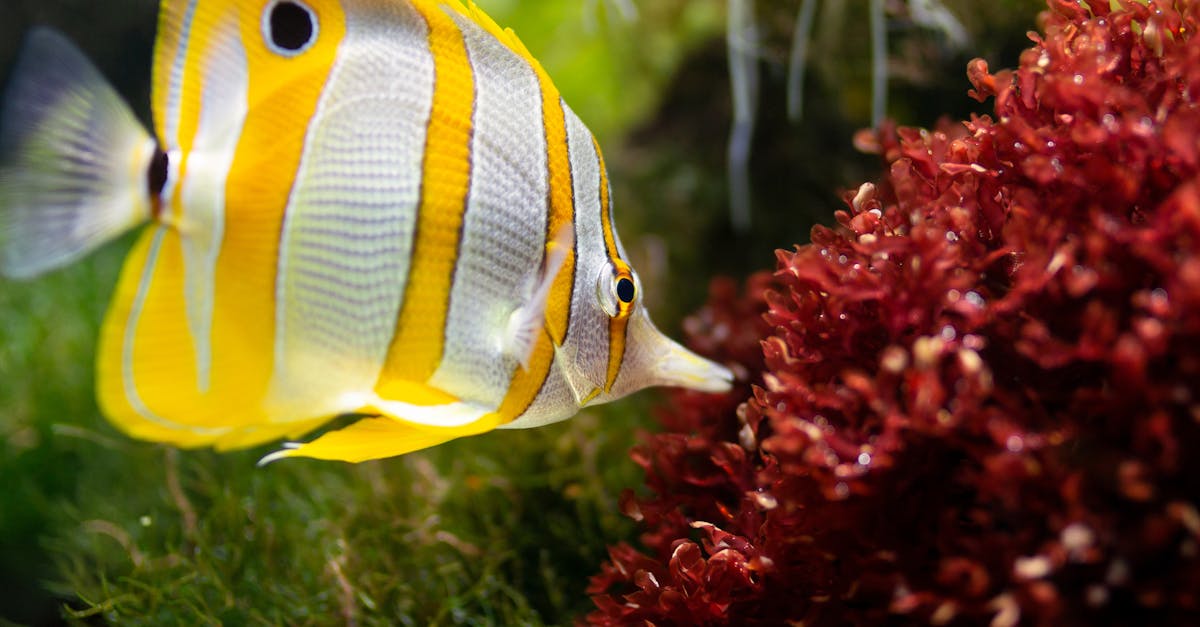
Review of the Best Low Histamine Fish Recipes
Baked cod is a versatile dish that highlights the fish's natural flavour while keeping it low in histamine. To prepare, preheat your oven and line a baking tray with parchment paper. Generously season the fish with fresh herbs like thyme and rosemary...
Read more →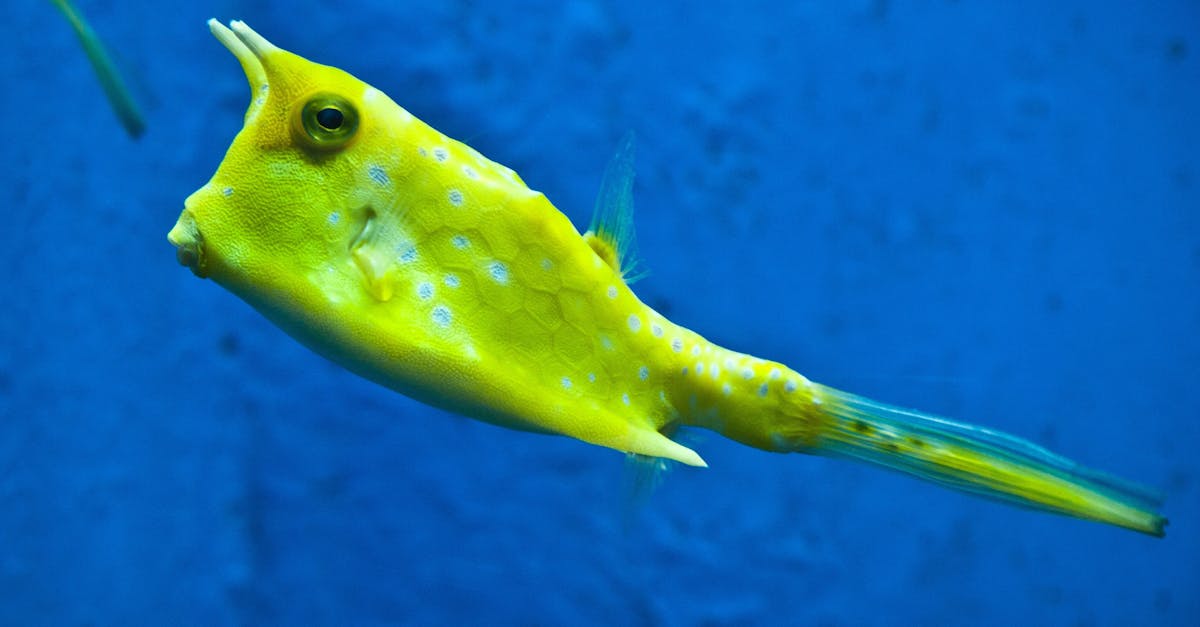
Roundup of Cooking Methods for Low Histamine Fish
Poaching fish is a gentle cooking method that helps maintain its delicate texture and flavour. The process involves simmering the fish in a liquid, which allows it to cook evenly without the risk of drying out. This technique is particularly benefici...
Read more →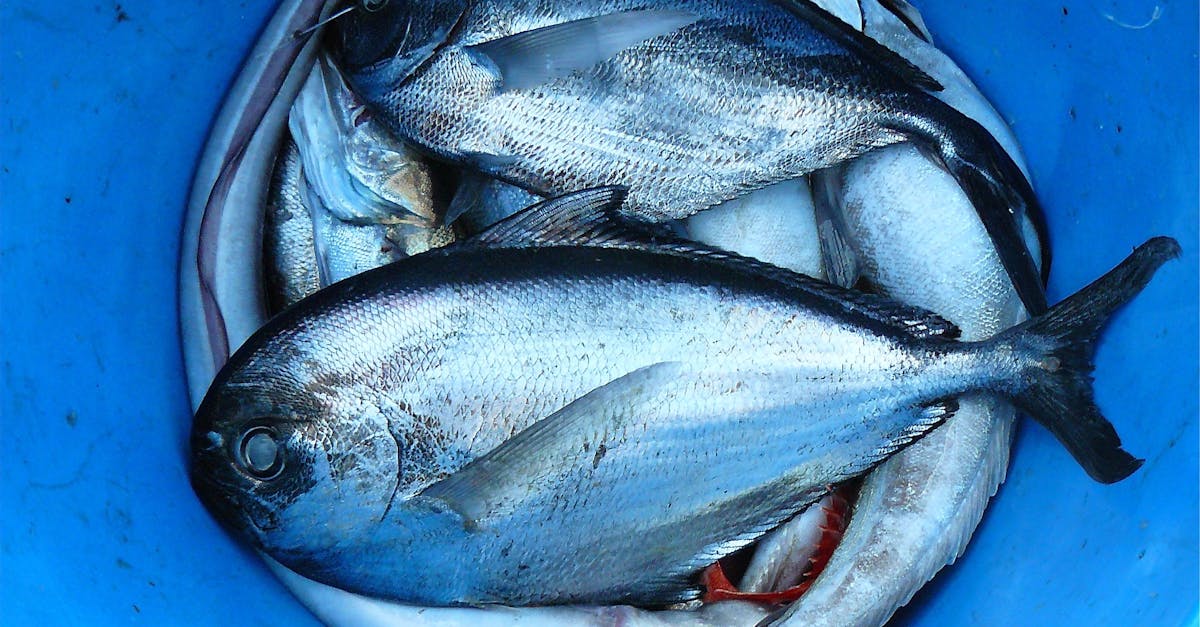
Historical Overview of Low Histamine Diets
Diverse cultural practices around the world exhibit varied approaches to food that can affect histamine levels. For example, traditional Mediterranean diets often incorporate fresh ingredients with lower histamine content such as fish, olive oil, and...
Read more →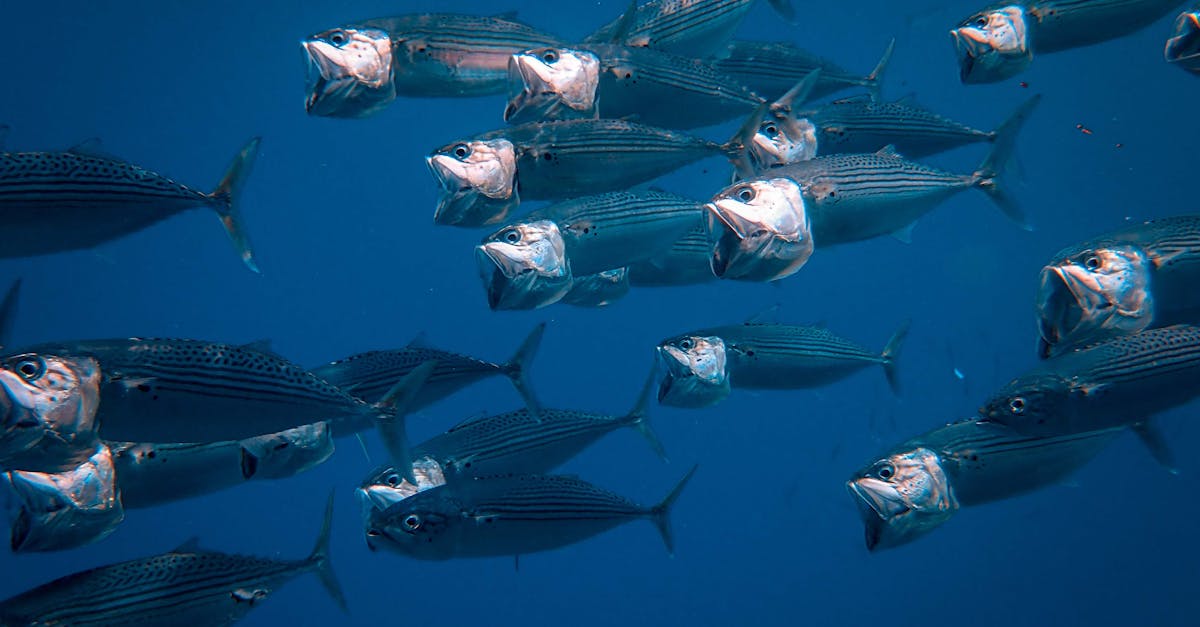
Why Steaming is Best for Low Histamine Fish
When preparing to steam fish, it's essential to select the right equipment to ensure optimal results. A steamer basket, whether bamboo or metal, is a popular choice that allows steam to circulate freely around the fish. Alternatively, an electric ste...
Read more →
10 Tips for Sautéing Low Histamine Fish
Proper temperature control is crucial when sautéing low histamine fish. Cooking at the right temperature ensures that the fish cooks evenly while preserving its delicate texture. Too high a temperature can lead to burning, which not only affects tas...
Read more →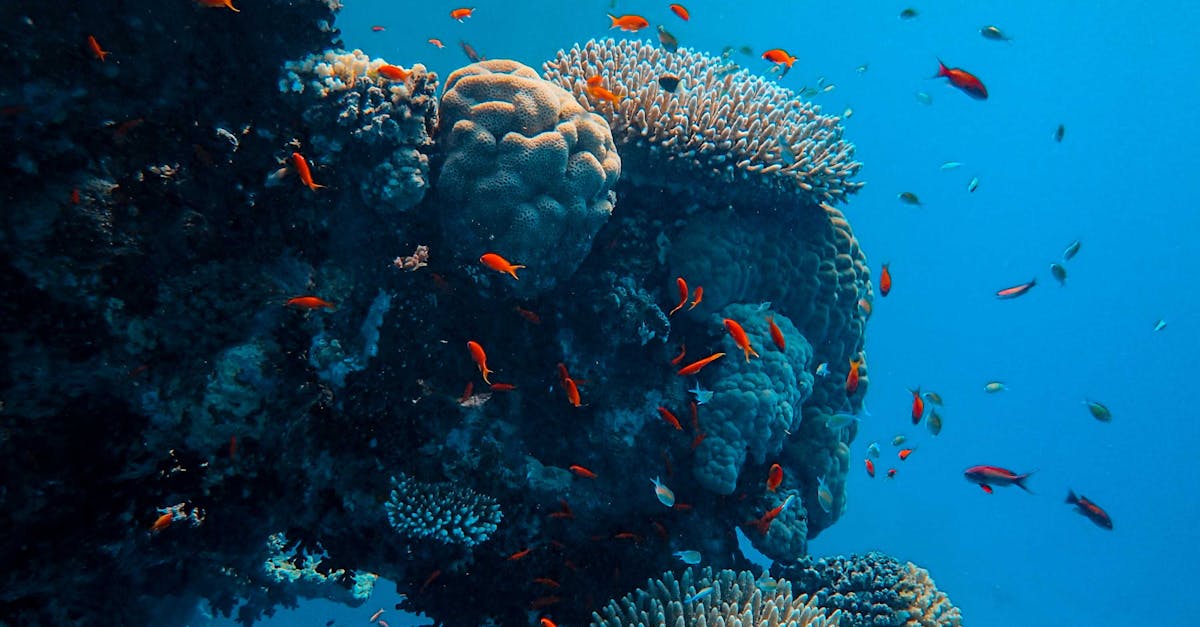
Why Choose Low Histamine Fish for Your Diet
Fresh, grilled white fish seasoned with lemon, fresh herbs, and a drizzle of olive oil makes for an excellent low histamine meal. The bright flavours complement the light texture of the fish, creating a satisfying dish. Serve it alongside a salad of ...
Read more →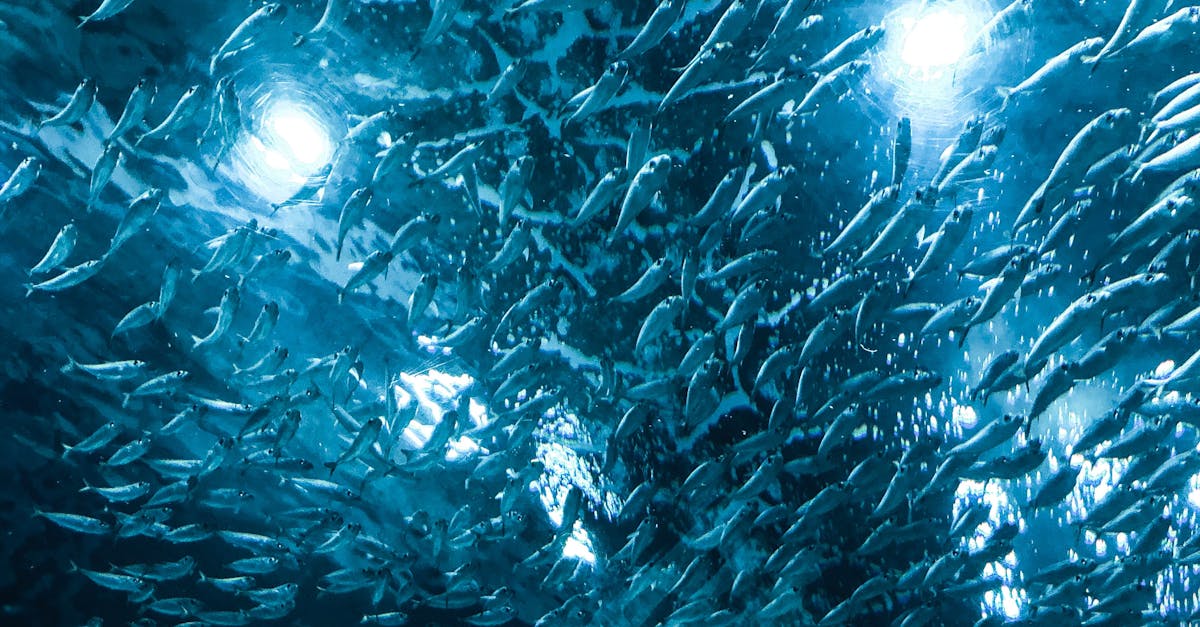
What to Know About Poaching Low Histamine Fish
Poaching fish allows for a delicate preparation method that brings out the natural flavours of the seafood. It is essential to use a well-balanced poaching liquid to enhance the taste. A simple combination of water, white wine, or broth can create a ...
Read more →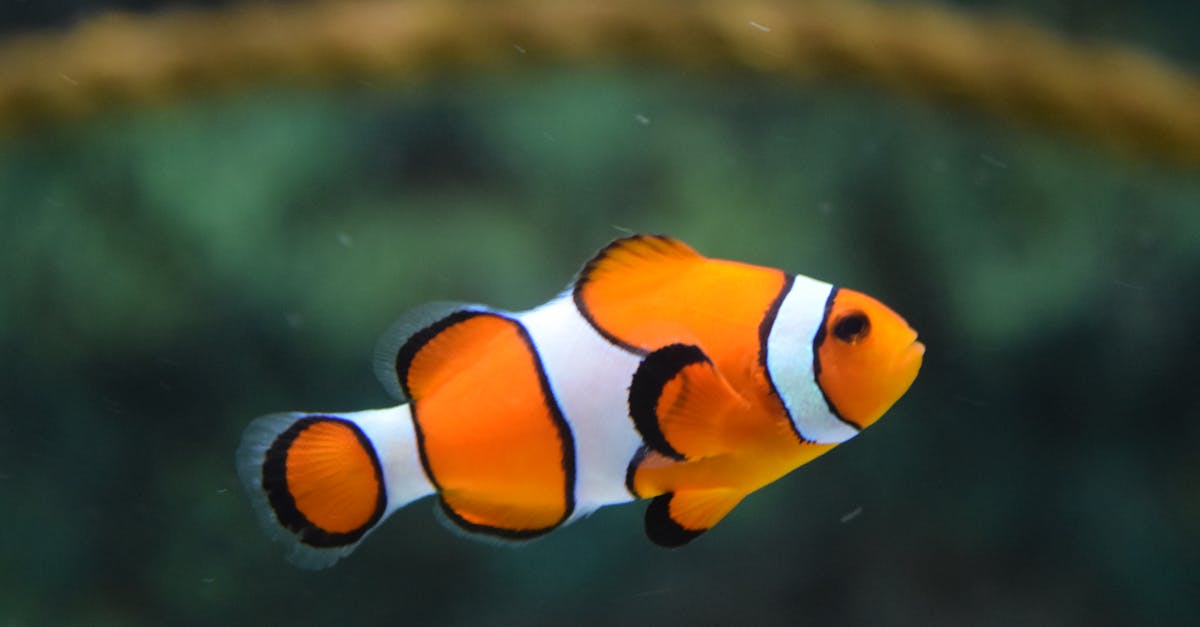
What to Serve with Steamed Low Histamine Fish
Incorporating fresh herbs into your meal brings both flavour and vibrancy. Their aromatic qualities can enhance the natural taste of low histamine fish while adding a refreshing element to the dish. Herbs like basil, parsley, and chives are excellent...
Read more →
How to Bake Low Histamine Fish
Preheating the oven is crucial for achieving perfectly baked fish. A temperature of around 180°C (350°F) is generally ideal, allowing the fish to cook evenly without drying out. Thicker cuts may require a slightly higher temperature or additional c...
Read more →
How to Grill Low Histamine Fish
Grilling times can vary significantly depending on the type of fish chosen. For instance, delicate fish such as sole and flounder require less cooking time, typically around three to four minutes per side. In contrast, thicker fish like salmon and sw...
Read more →
Roundup of Low Histamine Fish Cooking Techniques
This method allows the natural flavours of fish to shine through while preserving essential nutrients. Steaming maintains the moisture within the fish, resulting in a tender texture that enhances its delicate character. Keeping the cooking time short...
Read more →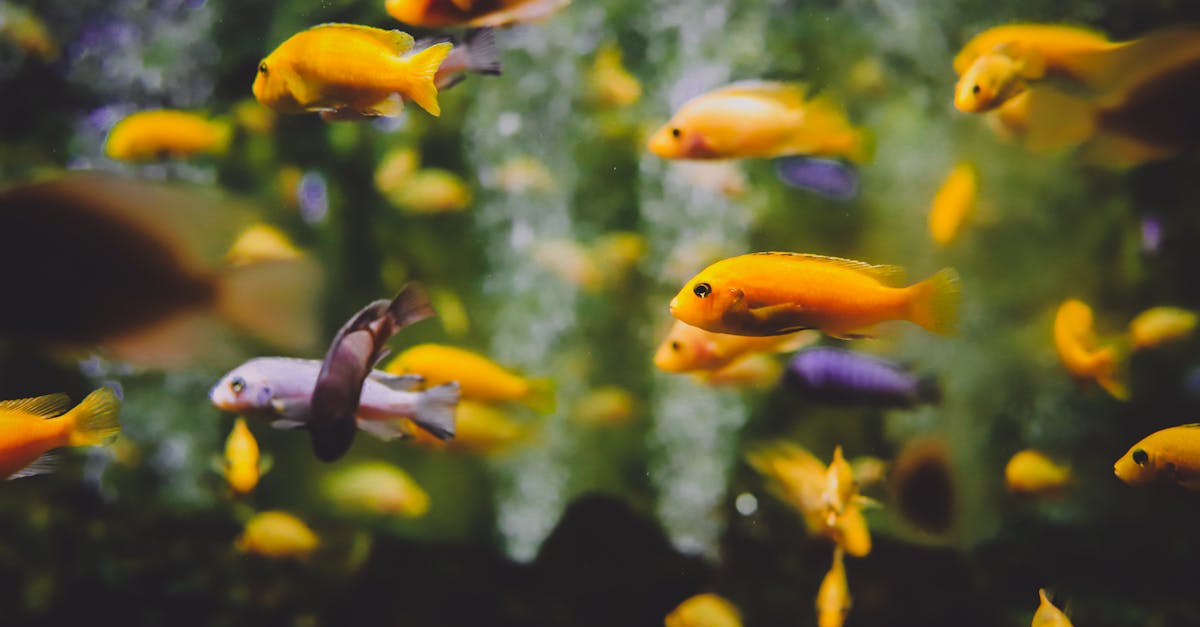
Review of the Best Cooking Methods for Low Histamine Fish
This method involves cooking fish slowly at low temperatures, resulting in tender, flavourful meals. The gentle heat allows the natural oils in the fish to be preserved, leading to a moist texture that remains delightful even after extended cooking p...
Read more →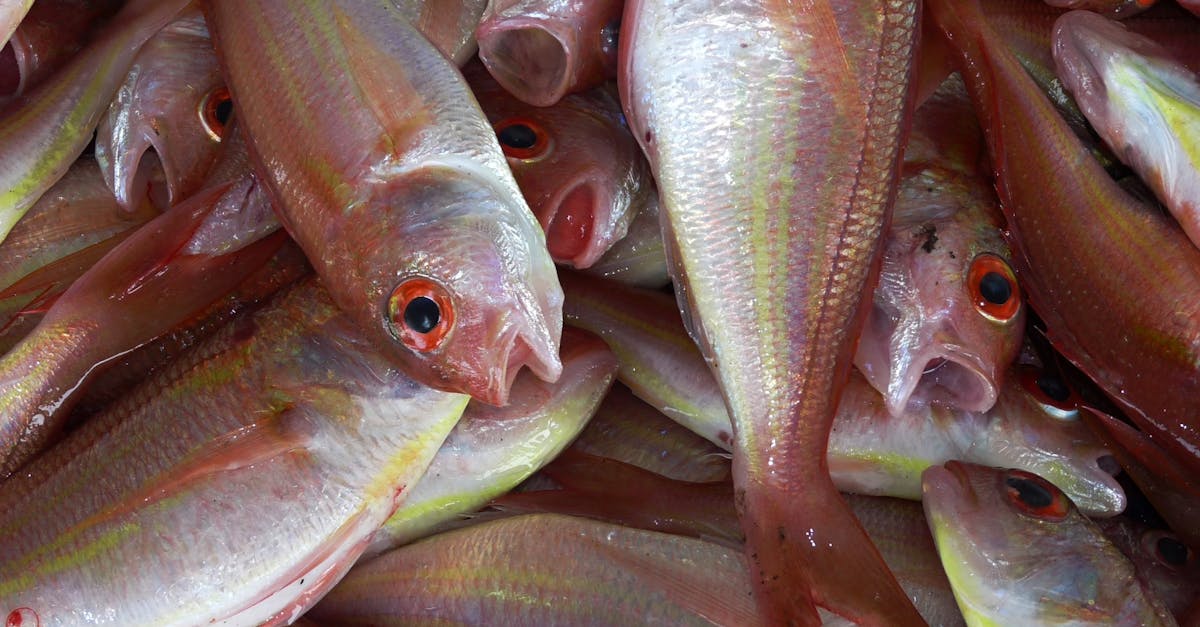
10 Tips for Perfectly Grilling Low Histamine Fish
Careful handling is key to maintaining the integrity of grilled fish. Use a wide spatula for flipping, ensuring the fish remains intact as it cooks. Avoid moving it too frequently, which can cause it to break apart. Once the fish has formed a nice cr...
Read more →
The History of Cooking Low Histamine Fish
The evolution of food preservation has played a crucial role in the way fish is prepared and consumed today. Traditionally, methods like salting, smoking, and drying were common, aiming to extend the shelf life of fish and prevent spoilage. As techno...
Read more →
Why You Should Consider Sautéing Low Histamine Fish
Choosing the right fish is essential for a successful sauté. Low histamine fish, such as cod, haddock, or sole, not only provide a delicate flavour but also offer health benefits. When selecting fish, freshness is key. Always opt for firm fillets, w...
Read more →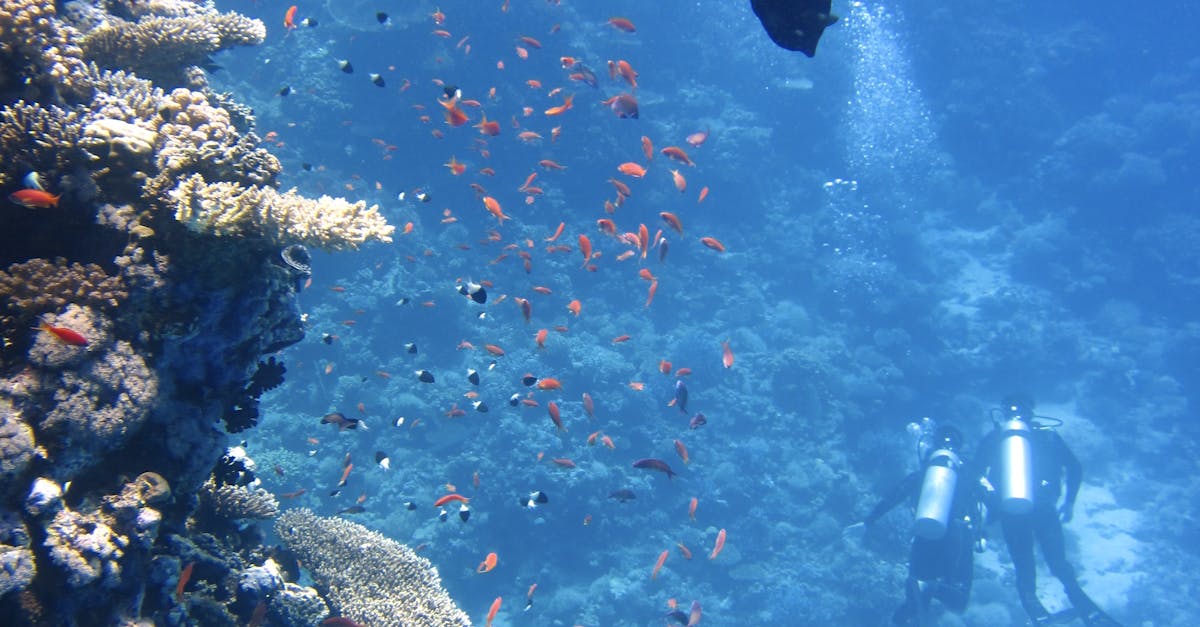
Why Steaming is Ideal for Low Histamine Fish
Steaming fish brings out its natural flavours while preserving nutrients, making it an excellent cooking method for those with low histamine sensitivities. This gentle approach prevents the formation of histamine that can occur with more aggressive c...
Read more →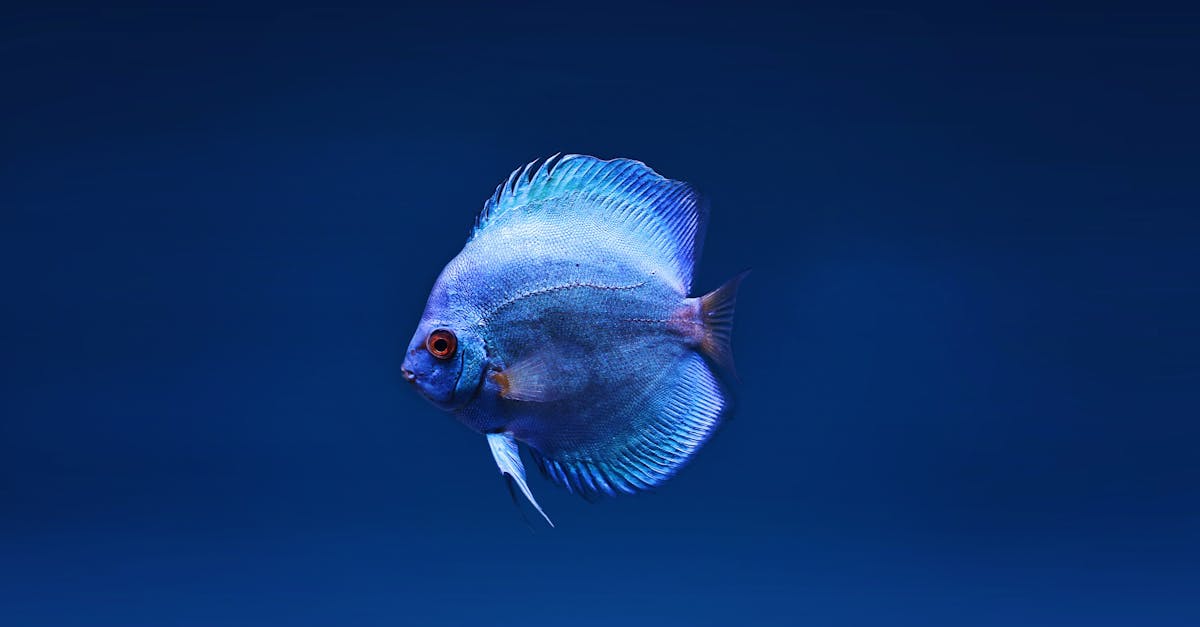
What to Know About Poaching Low Histamine Fish
Certain cooking methods can help lower histamine levels in fish, making it more suitable for those sensitive to histamines. Steaming is one technique that retains moisture while avoiding the formation of histamines during cooking. This gentle method ...
Read more →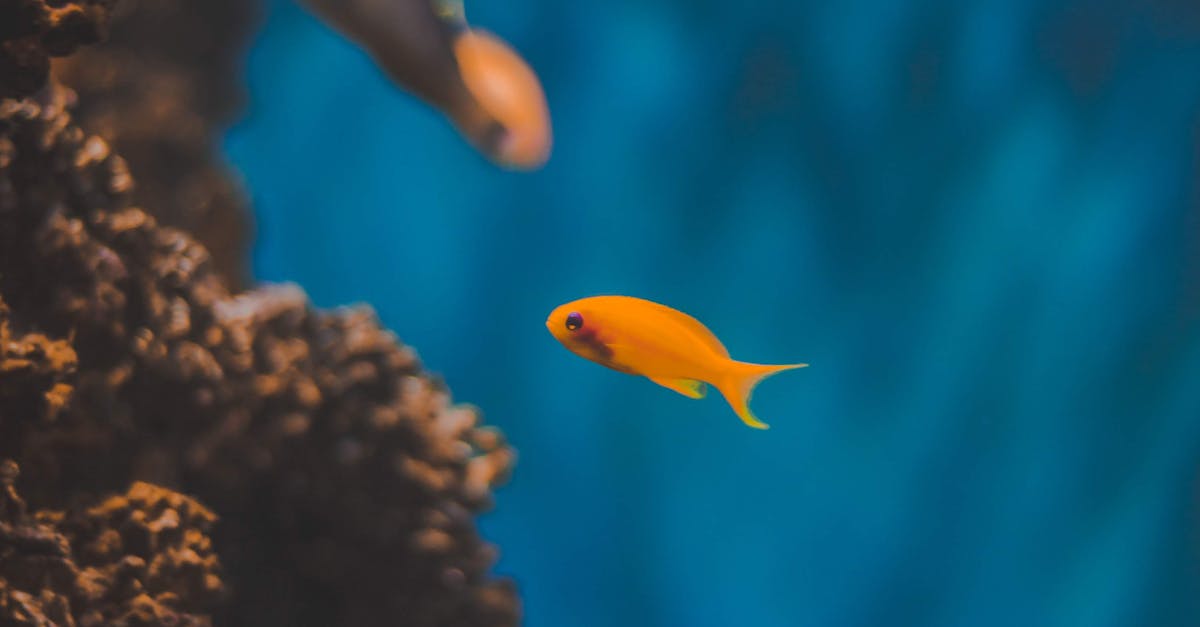
What to Serve with Steamed Low Histamine Fish
Steamed low histamine fish pairs beautifully with several nutritious side dishes that bring a range of flavours and textures to the plate. Quinoa is an excellent choice, packed with protein and essential amino acids. It has a mild taste that compleme...
Read more →
How to Bake Low Histamine Fish
Creating a marinade that aligns with a low histamine diet is essential for enhancing the natural flavours of fish without triggering adverse reactions. Start with a base of olive oil or avocado oil, as these fats are generally well-tolerated. Fresh h...
Read more →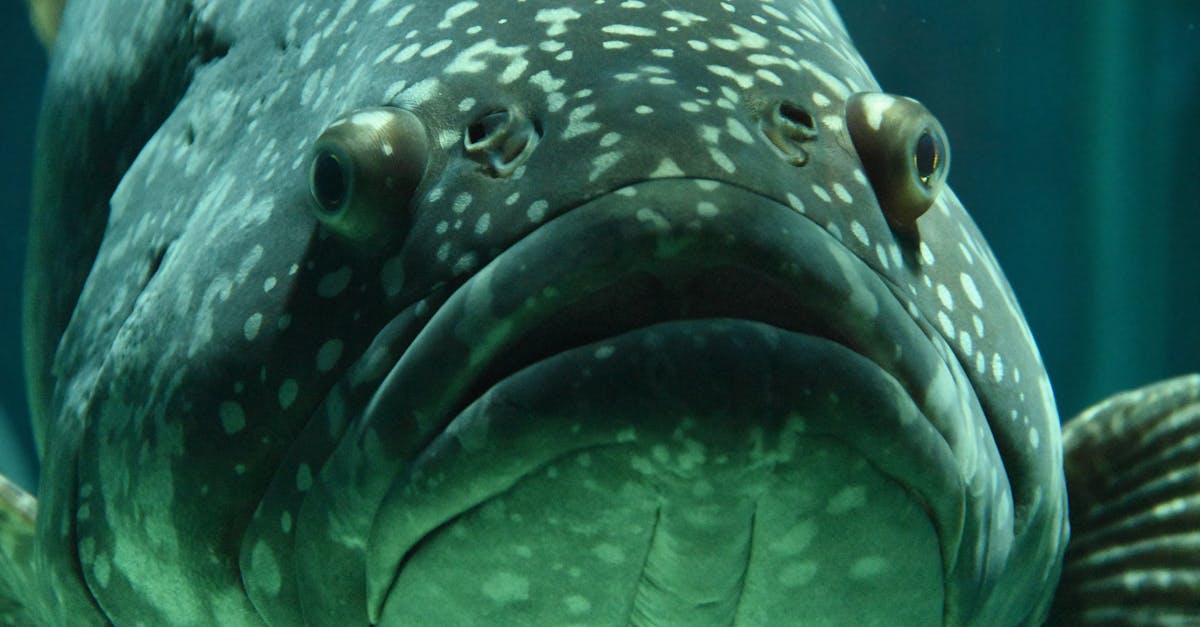
Roundup of the Most Effective Cooking Methods for Low Histamine Fish
This gentle cooking method is perfect for those who prefer moist and tender fish. It involves immersing the fish in simmering liquid, allowing the proteins to cook slowly without hardening. Poaching is particularly suitable for low histamine fish, as...
Read more →
How to Grill Low Histamine Fish
Grilled fish offers a versatile foundation that pairs beautifully with a range of sides, creating a balanced meal. Fresh salads can enhance the dining experience, with ingredients like cucumber, avocado, and mixed greens bringing vitality to the plat...
Read more →
Review of the Best Fish for Low Histamine Cooking
This oily fish is known for its rich flavour and impressive health benefits. High in omega-3 fatty acids, mackerel supports heart health and may reduce inflammation in the body. The firm texture and robust taste make it a versatile choice for various...
Read more →
Historical Cooking Techniques for Low Histamine Fish
Baking fish is an excellent method for enhancing its natural flavours while preserving its delicate texture. This technique allows for an even cooking process, providing a moist final product that can highlight the inherent qualities of various low-h...
Read more →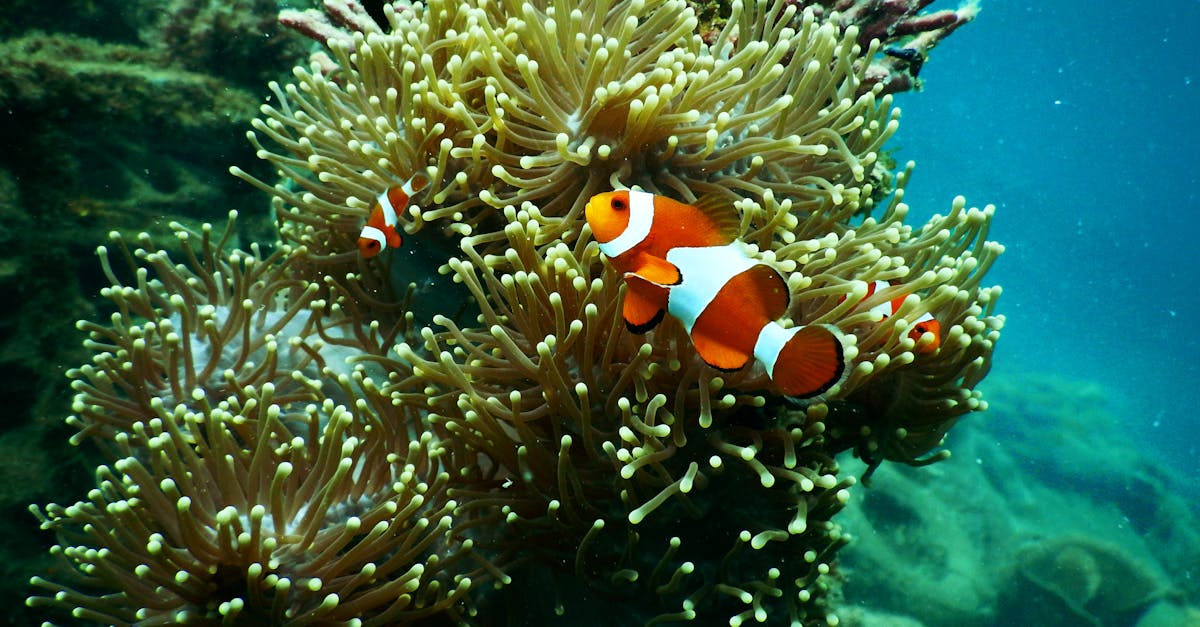
Why Steaming is Beneficial for Low Histamine Diets
Steaming serves as an effective cooking method that helps to minimise the presence of allergens in foods. Unlike boiling, which can leach nutrients and flavours away, steaming preserves these qualities while potentially reducing the levels of histami...
Read more →
Why Baking is the Healthiest Method for Low Histamine Fish
Temperature control plays a crucial role in food preparation, especially when it comes to histamine formation in fish. When fish is not stored or cooked at the proper temperatures, the risk of histamine buildup increases significantly. As bacteria br...
Read more →
10 Best Low Histamine Fish Recipes to Try
Sardines in tomato sauce provide a quick and nutritious option for those seeking low histamine meals. The combination of the rich, oily fish and a tangy tomato sauce offers a delightful balance of flavours. Sardines are not only easy to prepare but a...
Read more →
What to Serve with Grilled Low Histamine Fish
Pairing grilled low histamine fish with the right accompaniments can elevate the meal significantly. Fresh herbs, such as basil or parsley, can enhance the fish's flavour while adding a touch of colour to the plate. Consider incorporating seasonal ve...
Read more →
What to Look for When Choosing Low Histamine Fish
Choosing the right cooking methods can significantly impact histamine levels in fish. Steam cooking is one effective method as it helps maintain the fish's moisture and prevents additional histamine formation. Baking at lower temperatures can also be...
Read more →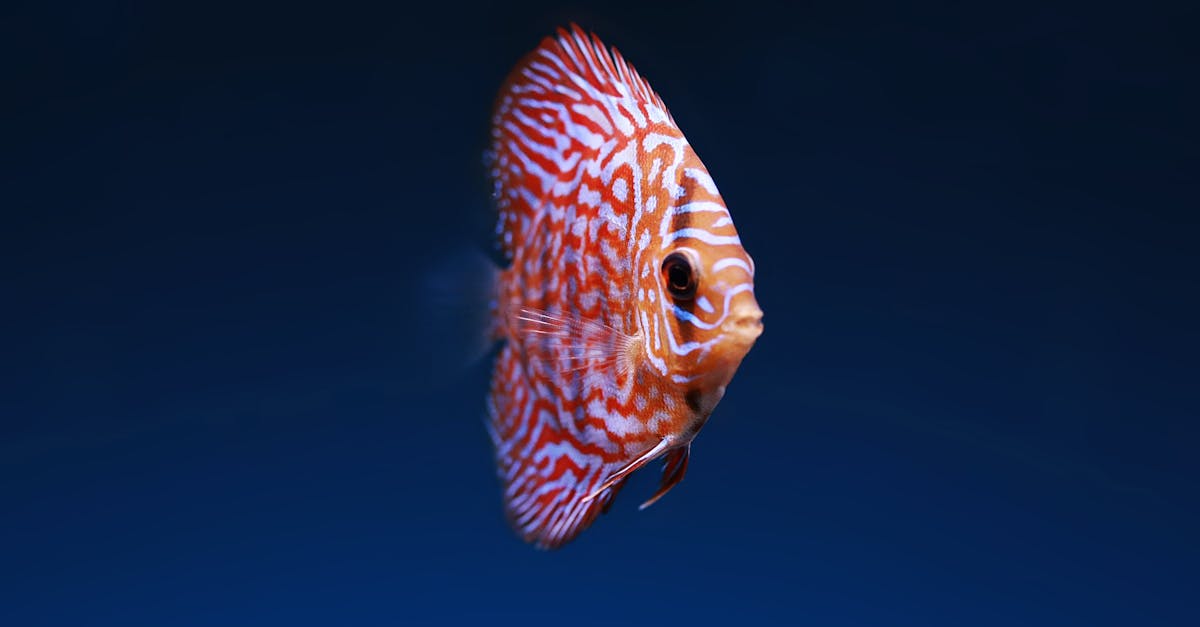
How to Bake Low Histamine Fish Without Compromising Health
Accompanying fish with the right side dishes can elevate the overall dining experience. Fresh vegetables, steamed or roasted, pair beautifully with the delicate flavours of fish. Seasonal options like asparagus or green beans provide a crisp texture ...
Read more →
How to Grill Low Histamine Fish for Optimal Flavour
Grilling fish can be an enjoyable culinary experience, particularly when it comes to selecting the right method. Direct grilling uses high heat, allowing for a quick sear on the outside while keeping the inside tender. This method works particularly ...
Read more →
Roundup of Low Histamine Fish Cooking Methods
Sautéing fish is a fantastic method for preparing this delicate protein. It offers a quick cooking time and allows for the retention of moisture, keeping the fish tender and flaky. The process involves heating a small amount of oil in a pan over med...
Read more →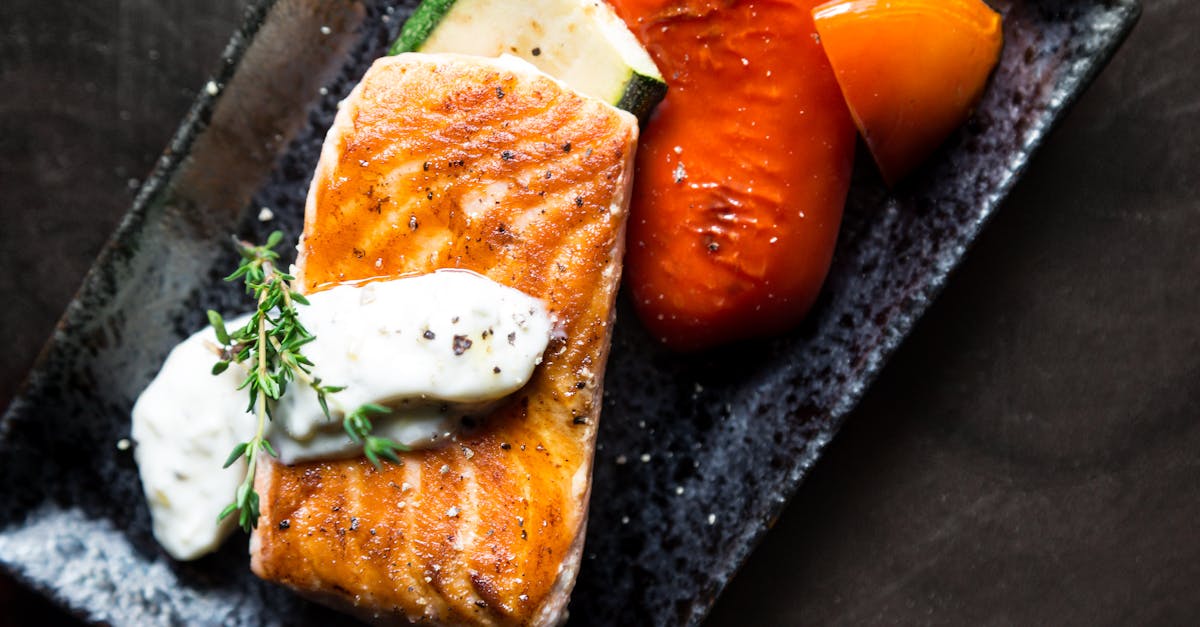
Review of Popular Low Histamine Fish Recipes
Marinating fish can significantly elevate its flavour profile while maintaining a low-histamine approach. Using fresh herbs, mild spices, and certain oils can create a delicious blend that complements the natural taste of the fish. Ingredients like g...
Read more →
10 Best Fish for Low Histamine Cooking
This fish is a fantastic source of Omega-3 fatty acids, which are known for their anti-inflammatory properties. Its delicate flavour makes it an appealing option for many dishes. Trout can be easily incorporated into a low histamine diet, providing b...
Read more →
The History of Low Histamine Fish Cooking Techniques
In coastal regions around the world, fish is often prepared in distinctive ways influenced by local ingredients and cultural practices. For example, Mediterranean countries typically embrace simple techniques such as grilling or baking, frequently pa...
Read more →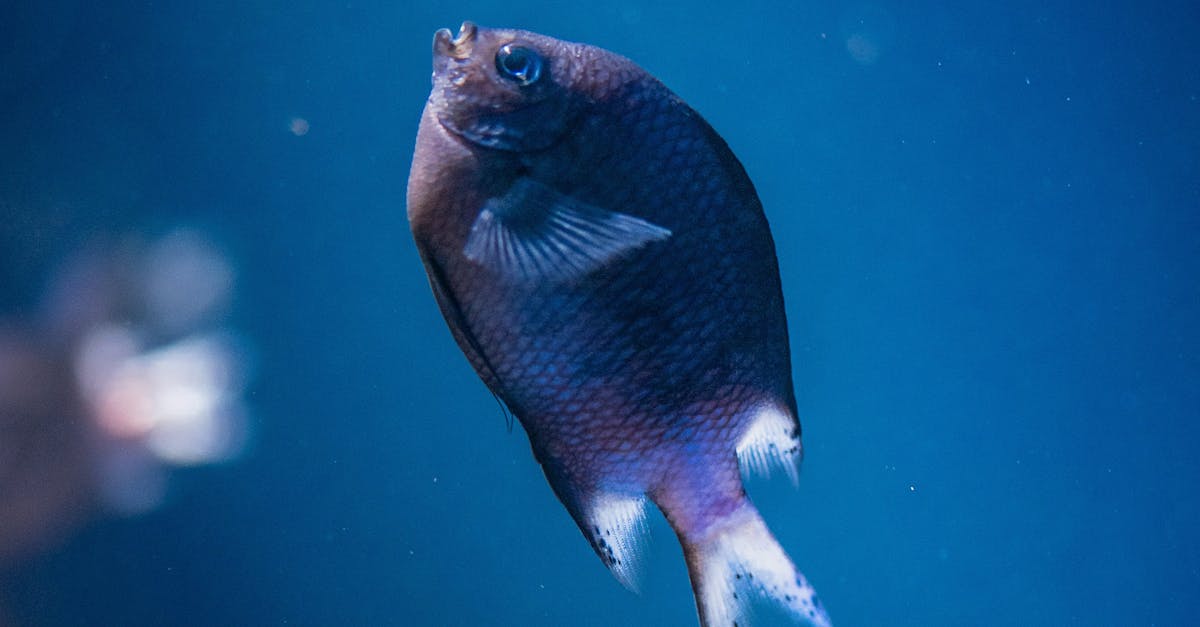
Why Low Histamine Fish is Important for Your Diet
When preparing low histamine fish, the cooking method significantly influences histamine levels. Steaming or poaching are effective techniques that keep the fish moist while preventing the development of histamine. These methods allow the fish to coo...
Read more →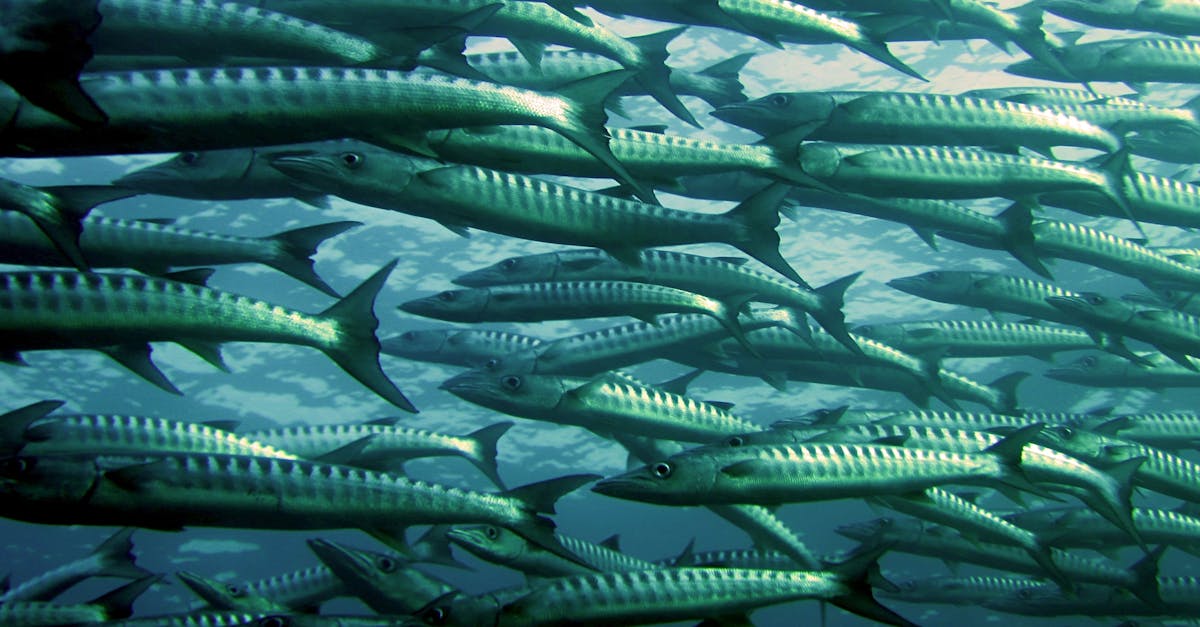
What to Choose When Poaching Low Histamine Fish
When poaching low histamine fish, seasoning is essential to enhance its natural flavours without overpowering them. Fresh herbs like dill, parsley, and thyme complement the delicate taste of the fish beautifully. A sprinkle of lemon juice or zest can...
Read more →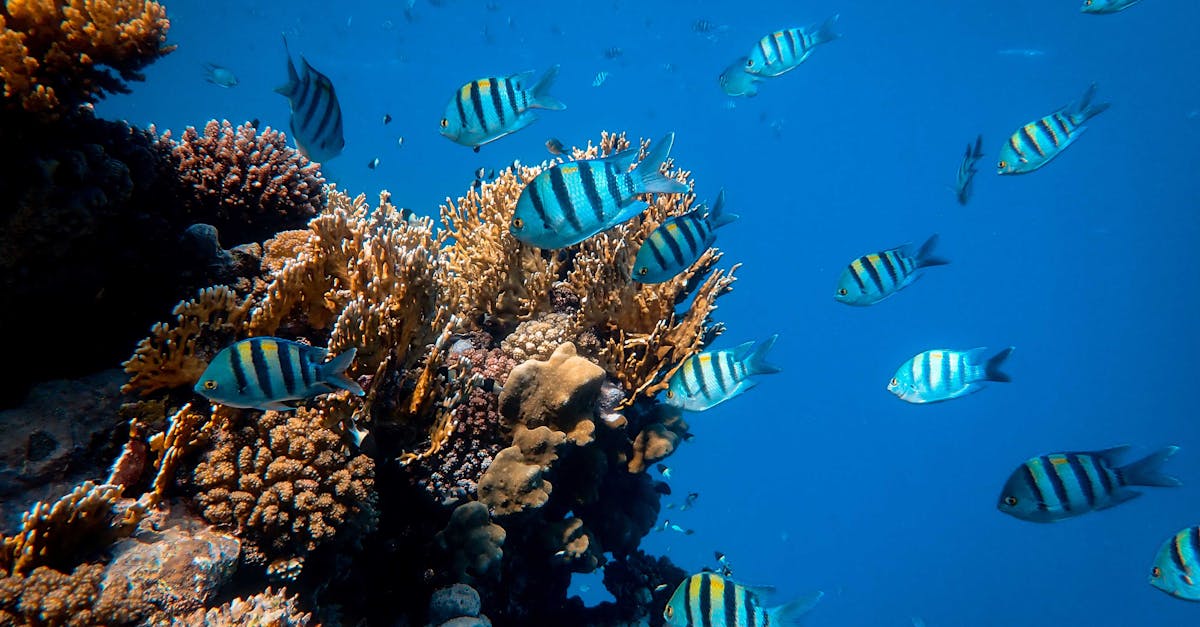
Why Sautéing Low Histamine Fish is Beneficial
Combining low histamine fish with a variety of vegetables not only enhances the meal's nutritional value but also introduces a delightful contrast of textures and flavours. Fresh produce adds essential vitamins, minerals, and antioxidants, benefiting...
Read more →
What to Know About Steaming Low Histamine Fish
Steaming fish is a health-conscious cooking method that preserves flavour and nutrients while keeping histamine levels low. One popular technique involves using a bamboo steamer, which allows steam to circulate evenly around the fish. This method enh...
Read more →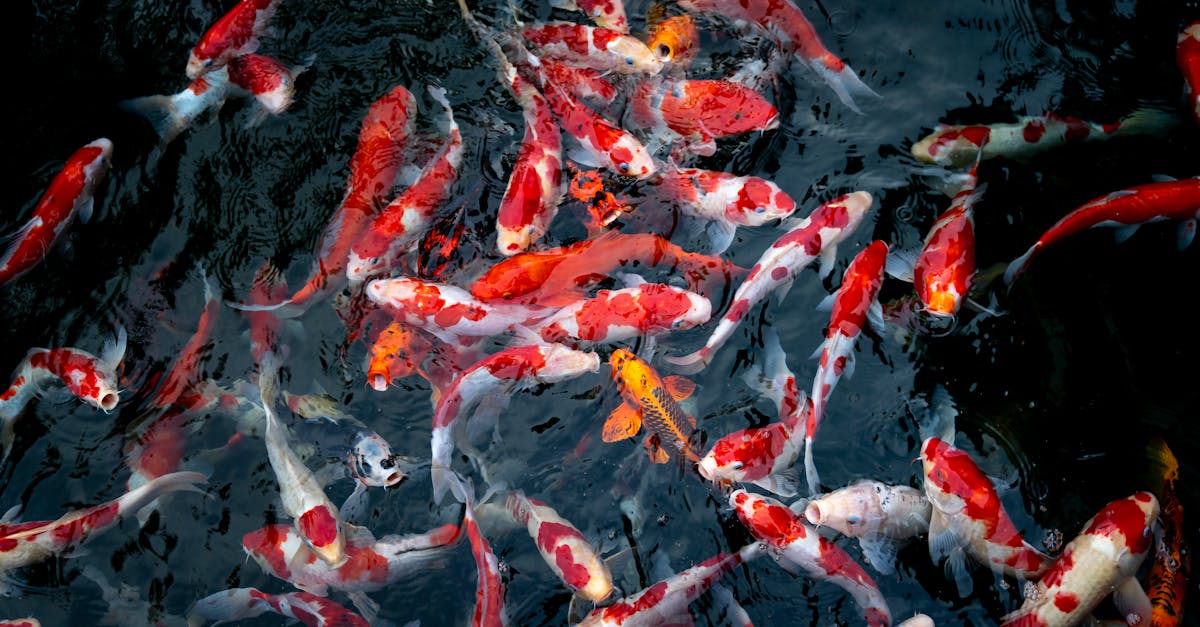
How to Bake Low Histamine Fish to Retain Flavour
The right oven settings and timing are crucial to achieving perfectly baked low histamine fish. A temperature of around 180°C typically works well for most fish recipes. Preheating the oven is essential to ensure the fish cooks evenly. Depending on ...
Read more →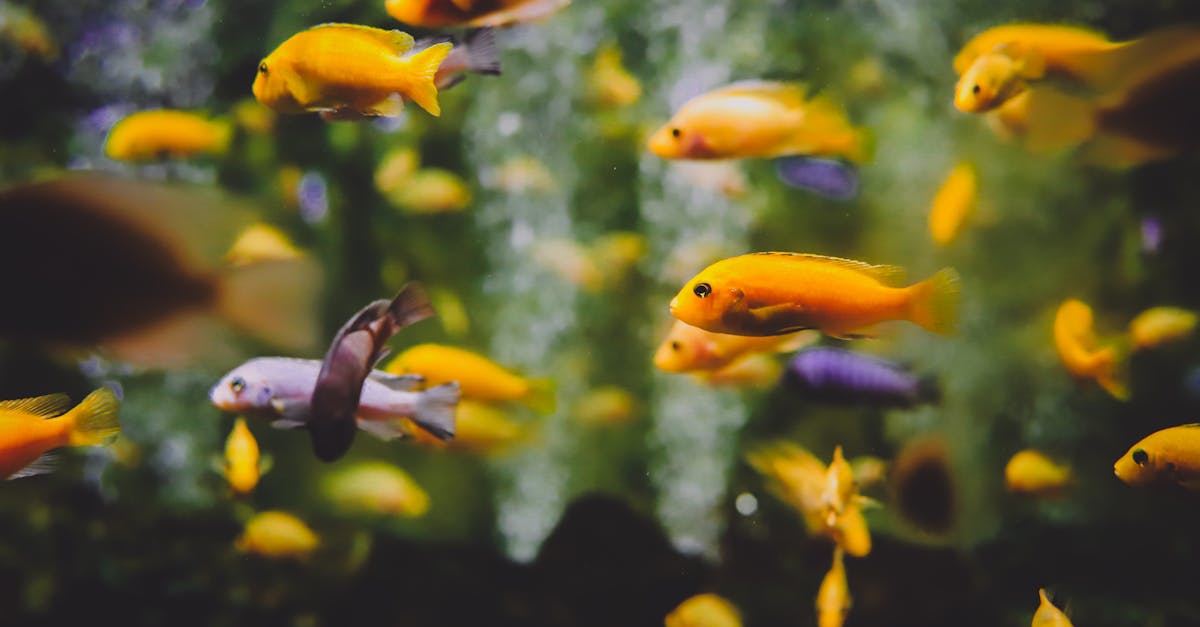
Roundup of Low Histamine Fish Recipes
For a delightful twist on traditional tacos, these low histamine fish tacos offer a fresh and vibrant option. Using a suitable fish like cod or sole, the fish can be lightly seasoned with low histamine spices such as cumin and coriander to enhance fl...
Read more →
How to Grill Low Histamine Fish for a Healthy Meal
When grilling fish, selecting the right technique can greatly enhance the final flavours and textures. Direct heat is excellent for thicker cuts, allowing for a beautiful char. It’s essential to have a well-preheated grill to prevent the fish from ...
Read more →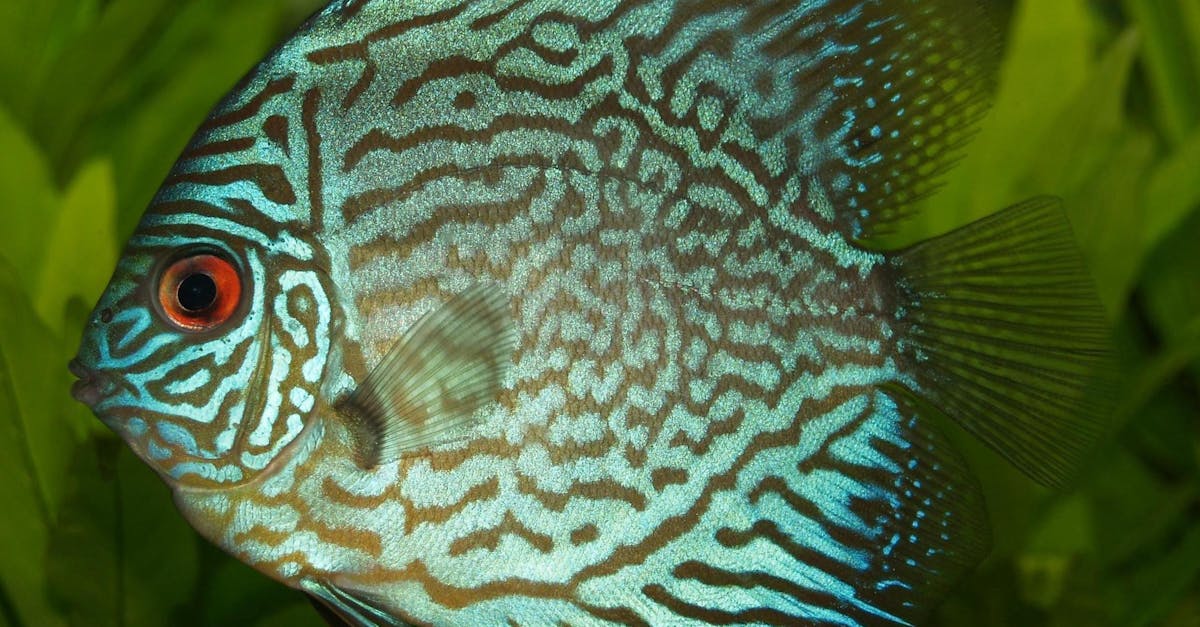
Review of the Best Canned Low Histamine Fish Products
Canned mackerel stands out as an excellent source of omega-3 fatty acids, which are vital for overall health. This fish is not only rich in nutrients but also offers a convenient option for those seeking to enhance their diets without the need for ex...
Read more →
10 Types of Low Histamine Fish You Should Try
This versatile white fish offers a mild flavour and a tender texture that many find appealing. Hake can be prepared in various ways, from grilling and baking to frying, making it a popular choice for different culinary styles. The subtle taste pairs ...
Read more →
The History of Low Histamine Fish Consumption
Throughout history, various cultures have developed unique relationships with fish as a staple food source. For coastal communities, fish often formed a central part of their diet, providing essential nutrients. This reliance on seafood has influence...
Read more →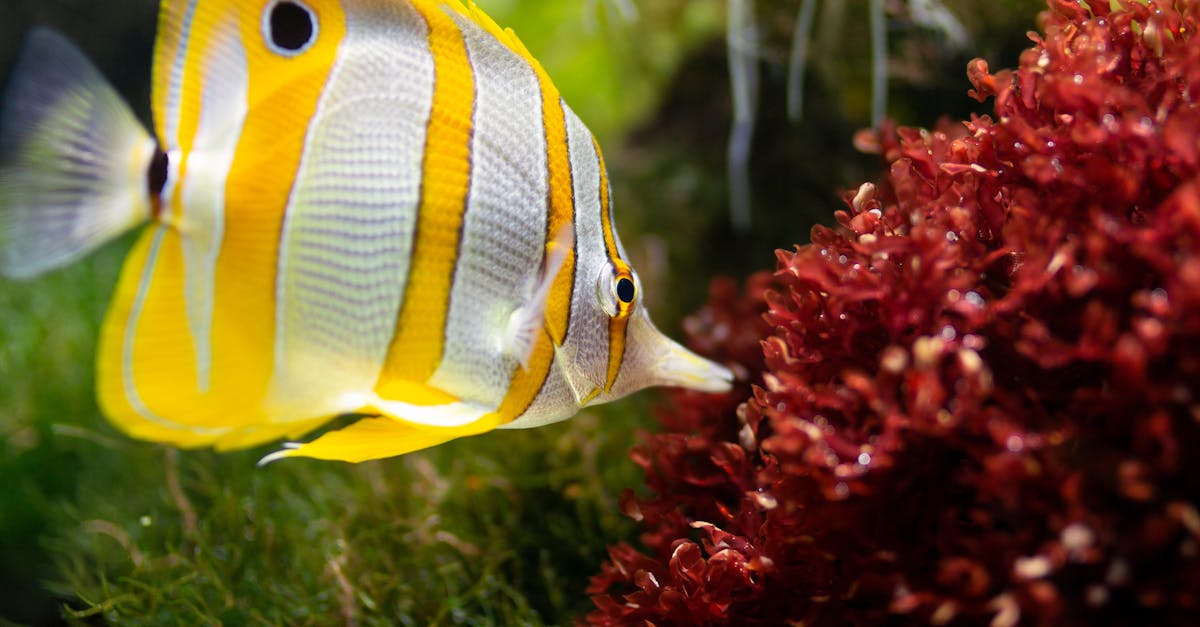
Why Freshwater Fish is Beneficial for Low Histamine Diets
Freshwater fish requires careful handling to ensure its optimal freshness and flavour. One effective method is to keep the fish on ice or stored in the coldest part of the refrigerator until ready to cook. This helps to maintain the texture and moist...
Read more →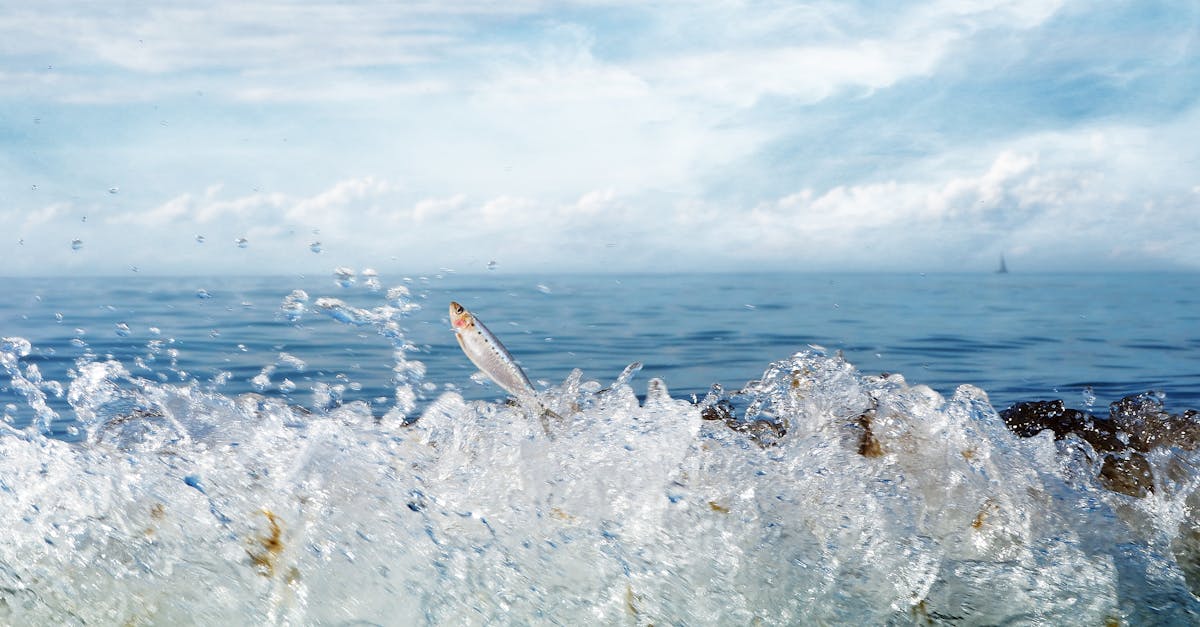
Why Shellfish Can Be a Good Low Histamine Option
Shellfish often stands out in discussions about seafood options, particularly for those managing histamine levels. Unlike many types of fish, shellfish are generally lower in histamine, especially when they are fresh. This can make them a more suitab...
Read more →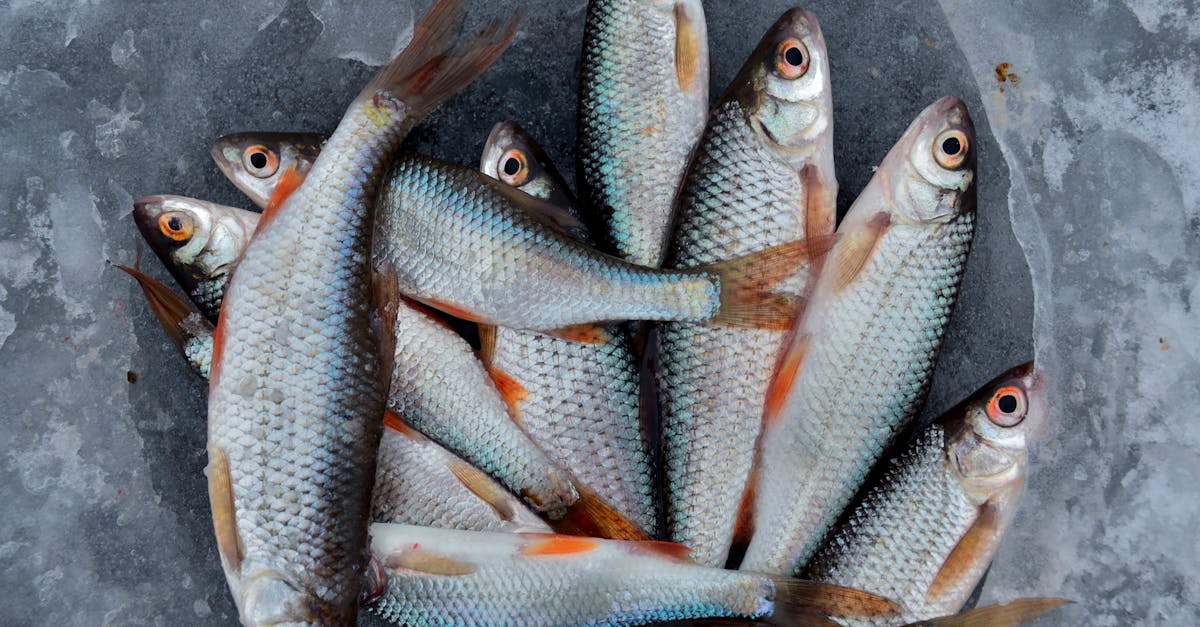
What to Look for When Buying Frozen Low Histamine Fish
When selecting frozen fish, it's essential to consider the source. Look for retailers that offer sustainably caught options. Fisheries with certifications such as the Marine Stewardship Council (MSC) ensure responsible practices. This not only suppor...
Read more →
What to Know About Canned Low Histamine Fish
Canned low histamine fish provides a convenient option for those looking to manage their histamine levels while still enjoying seafood. Options like canned salmon, tuna, and sardines can easily be incorporated into various dishes. Rinsing the fish un...
Read more →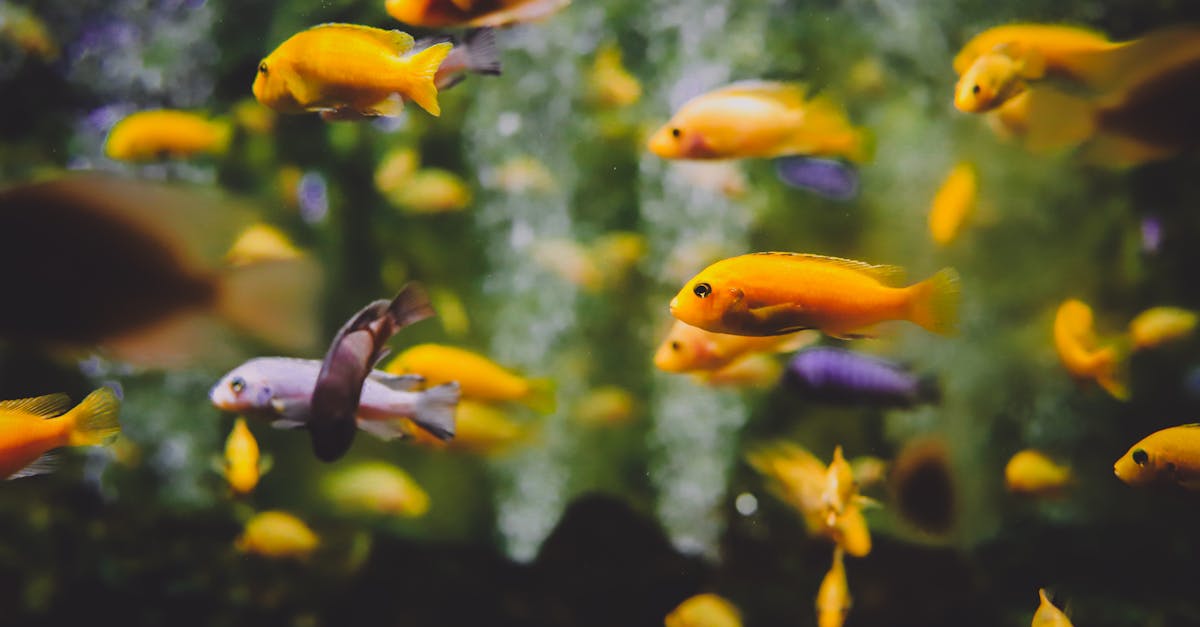
How to Prepare Low Histamine Saltwater Fish
When preparing saltwater fish, selecting the right cooking technique can significantly enhance the flavour while maintaining its delicate texture. Grilling is a popular method that imparts a smoky aroma and creates a pleasing char. Steaming retains m...
Read more →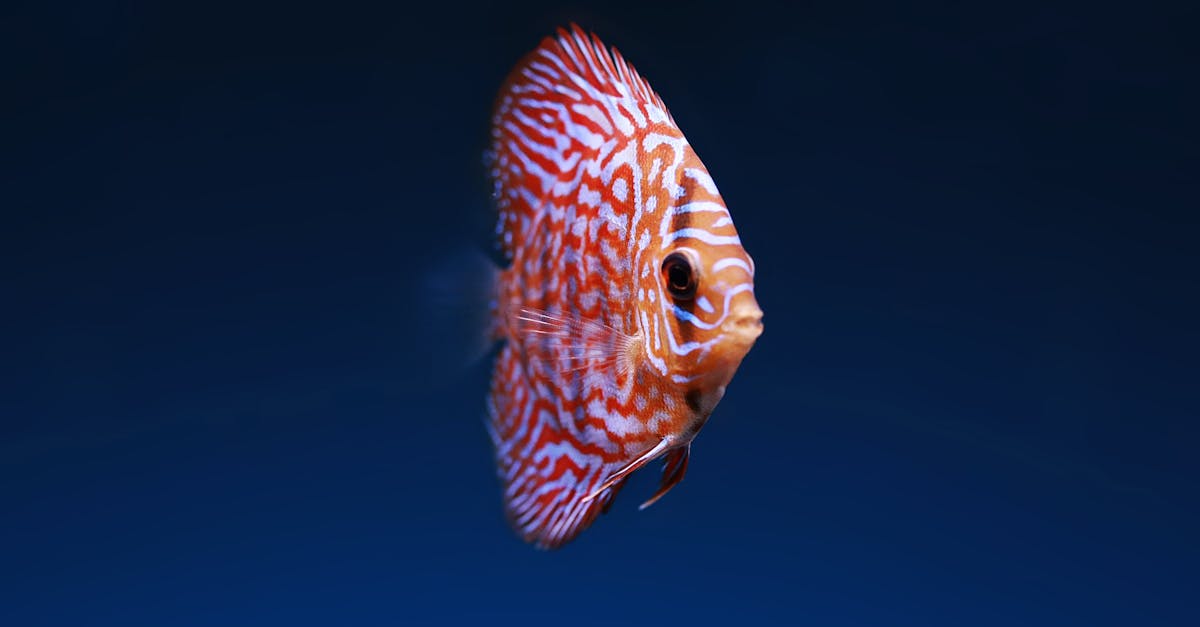
How to Choose Low Histamine Freshwater Fish
When preparing low histamine freshwater fish, selecting the right cooking method is essential for preserving its quality. Steaming and poaching are preferred techniques as they employ gentle heat, preventing the fish from being exposed to high temper...
Read more →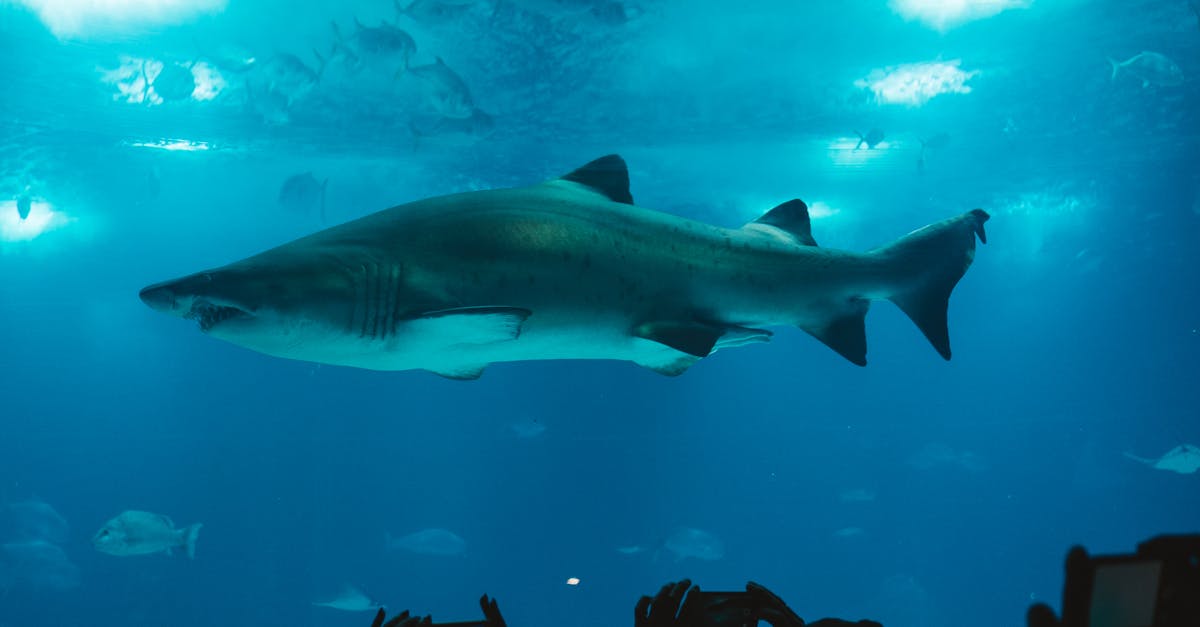
Roundup of Low Histamine Frozen Fish Recipes
Pan-searing fish creates a deliciously crispy exterior while leaving the inside tender and flaky. Start with a fresh, low-histamine fish such as cod or sole. Ensure the fish fillet is dry before seasoning with salt. Preheat a frying pan over medium-h...
Read more →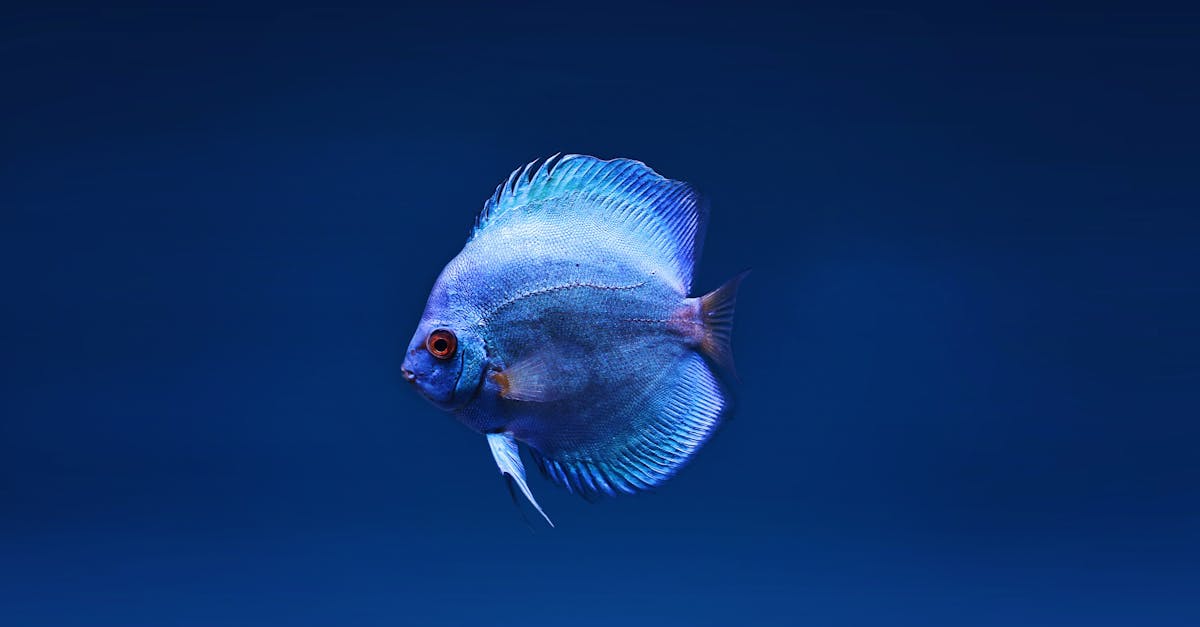
Review of Popular Low Histamine Frozen Fish Products
This fish is cherished for its subtle flavour and flaky texture. Haddock can be a delightful option for those seeking a versatile ingredient in their meals. It absorbs seasonings well, enhancing its mild taste. This makes it suitable for various dish...
Read more →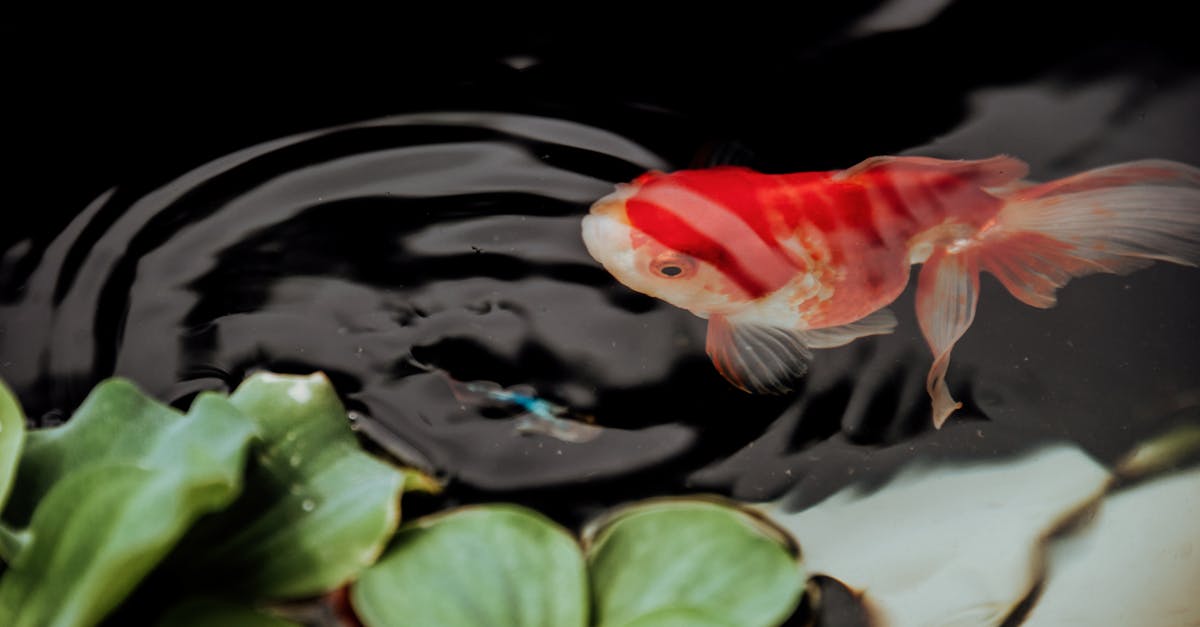
10 Best Low Histamine Frozen Fish Brands
Ocean Beauty Seafood offers a remarkable selection of frozen fish, prioritising quality and freshness. Their products are sourced from sustainable fisheries, ensuring not only a delicious taste but also eco-conscious choices for consumers. With a com...
Read more →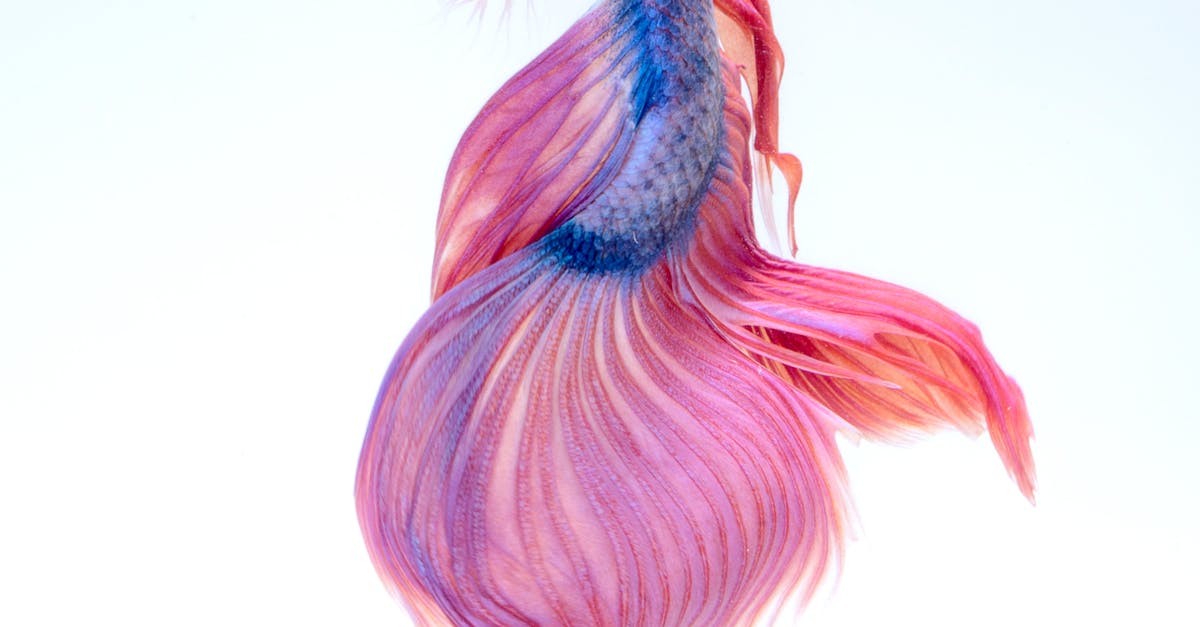
Historical Overview of Fish and Histamine Intolerance
Histamine production in fish is primarily linked to the decomposition of fish proteins by specific bacteria. When fish is caught and not properly stored, bacteria such as Morganella morganii and Photobacterium phosphoreum thrive, converting histidine...
Read more →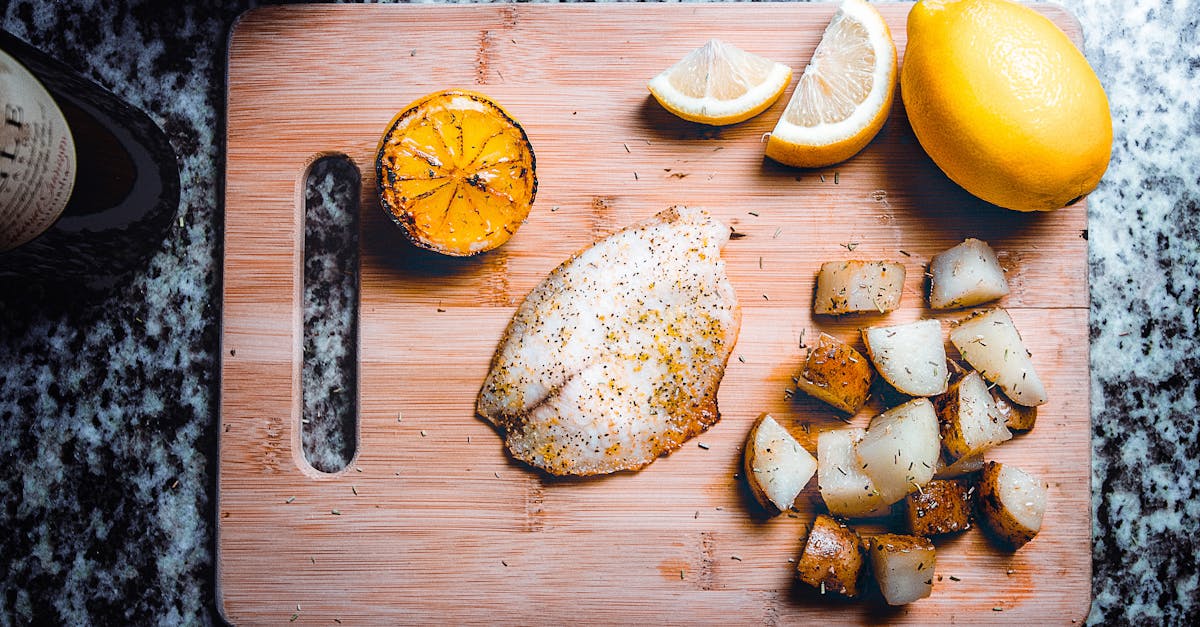
Why You Should Consider Low Histamine Frozen Fish
Cooking frozen fish requires attention to detail to maintain its low histamine properties. Steaming is an excellent method, as it preserves moisture and nutrients while preventing the formation of histamine which can occur with prolonged cooking. Bak...
Read more →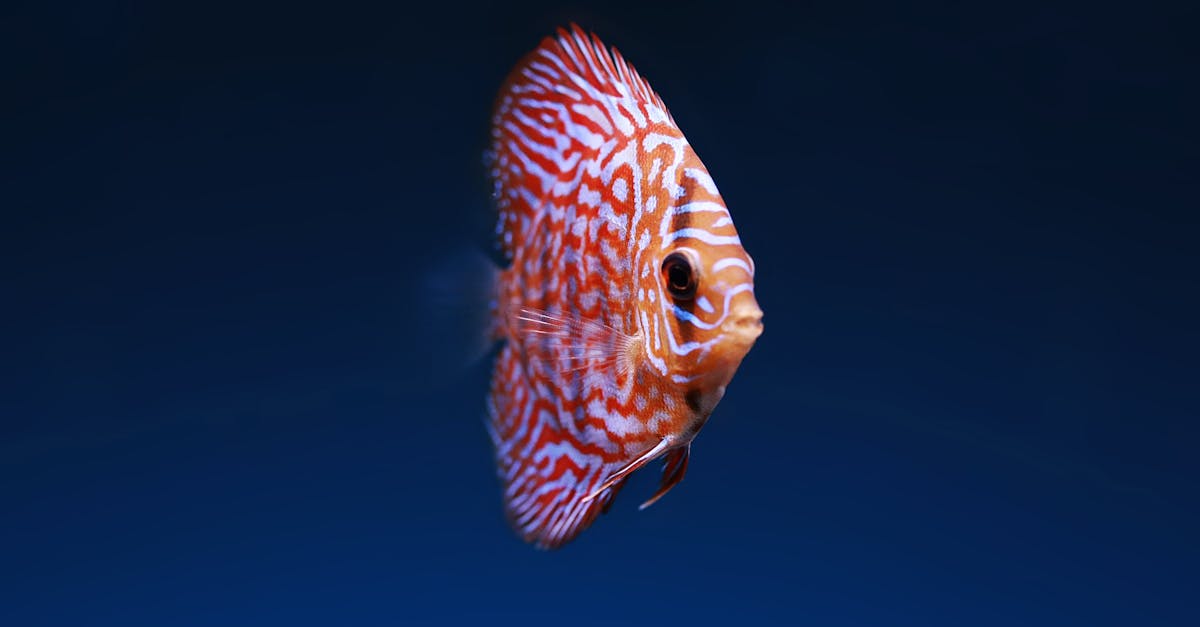
What are the Best Low Histamine Frozen Fish Options
When dealing with frozen fish, proper storage methods are vital to maintain quality and safety. A temperature of -18 degrees Celsius or below is recommended for optimal preservation. Ensure fish is well-wrapped to prevent freezer burn, which can detr...
Read more →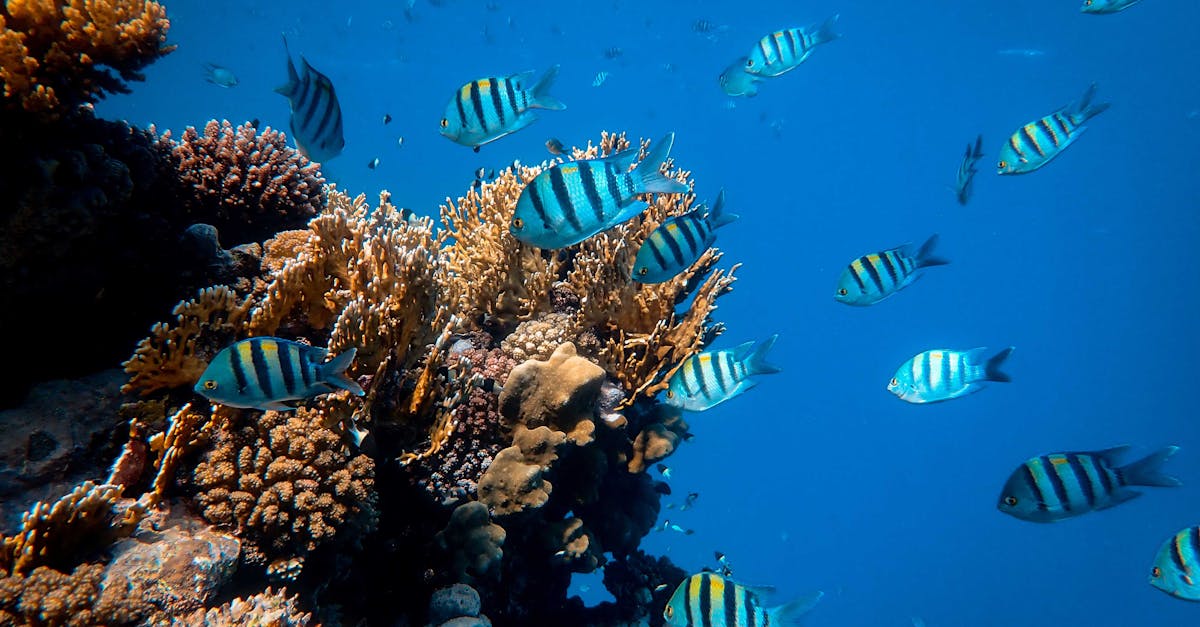
Why is Frozen Fish a Good Choice for Low Histamine Diets
Frozen fish can be an excellent addition to a low histamine diet due to its freshness and convenience. Some of the most popular options include cod, haddock, and sole. These varieties are often recommended for their mild flavours and versatility in c...
Read more →
What to Know About Low Histamine Frozen Fish
When preparing fish with a focus on low histamine levels, it is crucial to choose cooking techniques that minimise potential triggers. Steaming is an excellent option. This method preserves moisture and flavour without the need for additional oils or...
Read more →
How to Prepare Frozen Fish for Low Histamine Diet
Cooked fish should be stored promptly to maintain its quality and safety. Ideally, it should be placed in an airtight container to minimise exposure to air, which can lead to degradation and spoilage. When cooling cooked fish, let it sit at room temp...
Read more →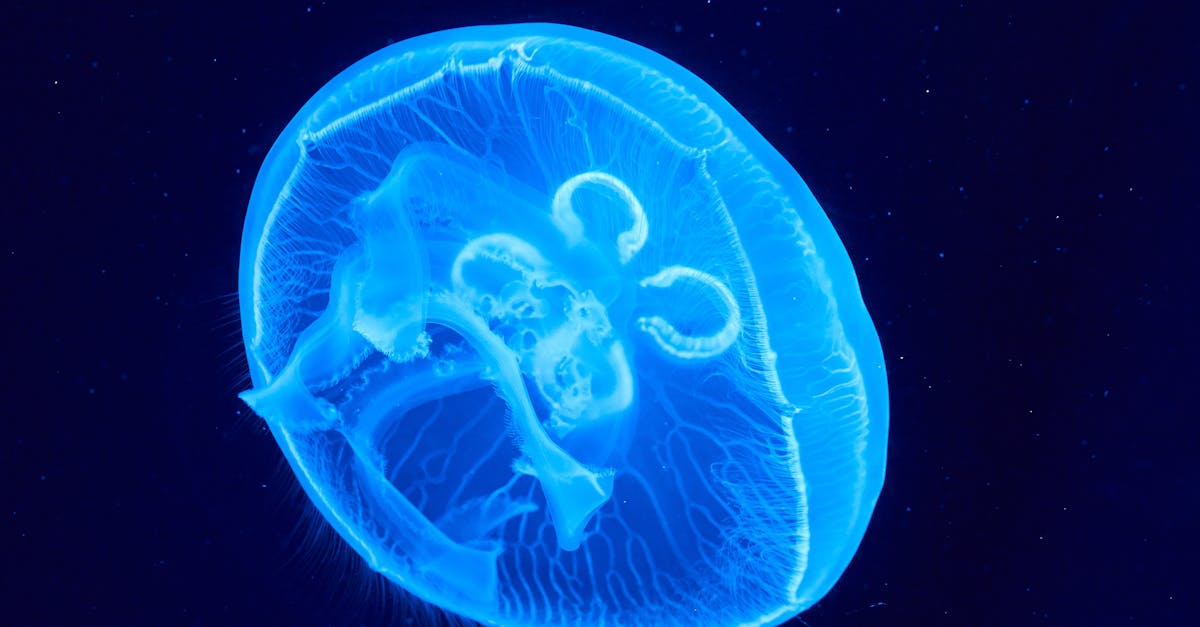
How to Choose Low Histamine Frozen Fish
Maintaining low histamine levels in frozen fish largely depends on proper storage techniques. Fish should be kept at a consistently low temperature from the moment of purchase. Ideally, the fish should be stored in the coldest part of the freezer. En...
Read more →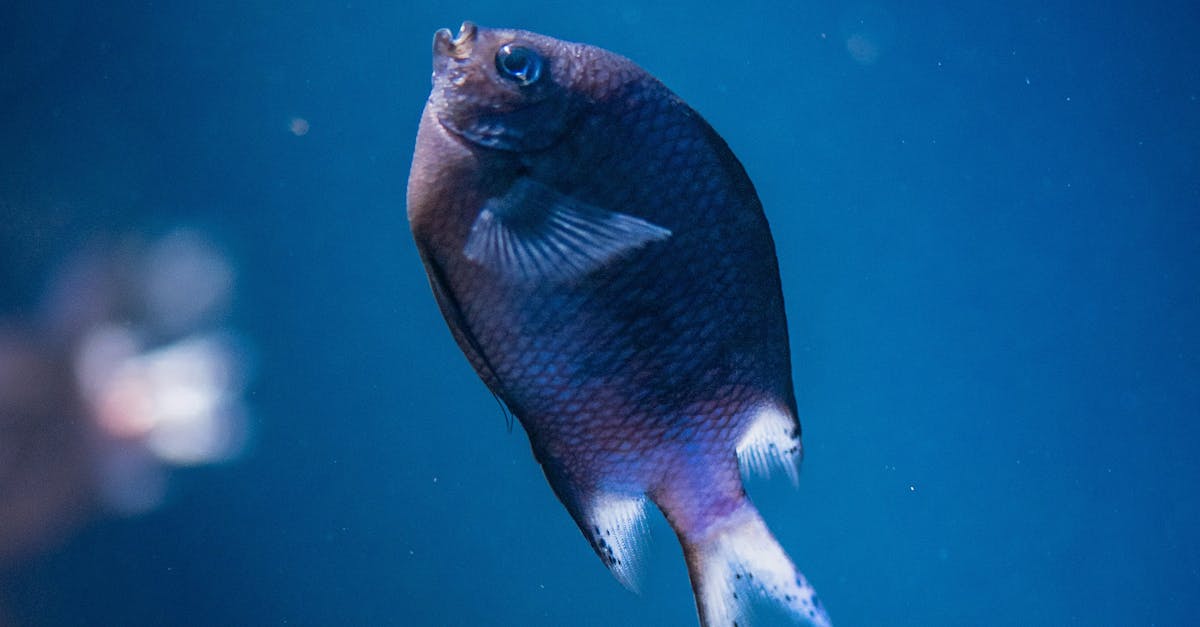
Roundup of Low Histamine Fish Types
Certain cooking methods can help maintain the low histamine qualities of fish. Gentle techniques like poaching or steaming are preferred, as they involve lower temperatures and shorter cooking times. These methods prevent the breakdown of proteins th...
Read more →
10 Best Low Histamine Canned Fish Options
Sardines are packed with essential nutrients such as omega-3 fatty acids, protein, and vitamins D and B12. These small fish not only provide numerous health benefits but also are considered low in histamine, making them a suitable option for individu...
Read more →
Review of Popular Low Histamine Canned Fish Brands
Native Forest is well-known for its commitment to quality and sustainability in the canned fish market. The brand prioritises using responsibly sourced ingredients, which resonates with environmentally conscious consumers. The fish is packaged in BPA...
Read more →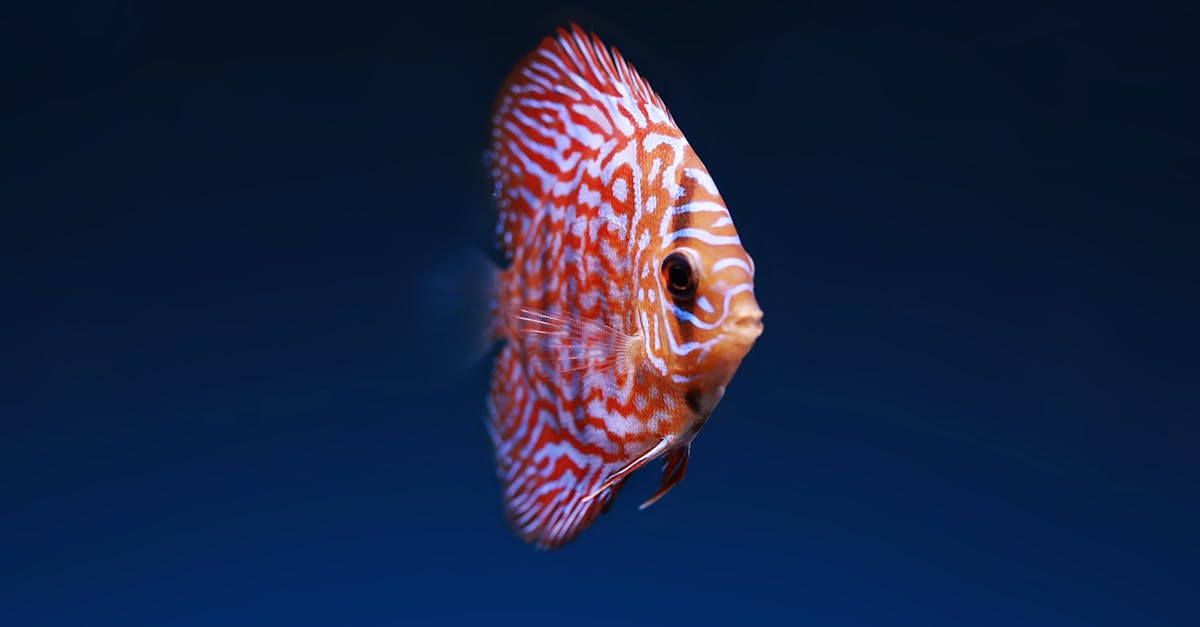
The History of Canned Fish Consumption
Canned fish serves as a practical source of essential nutrients. It often contains high levels of omega-3 fatty acids, which are beneficial for heart health. Rich in protein, canned fish provides a convenient option for those seeking to increase thei...
Read more →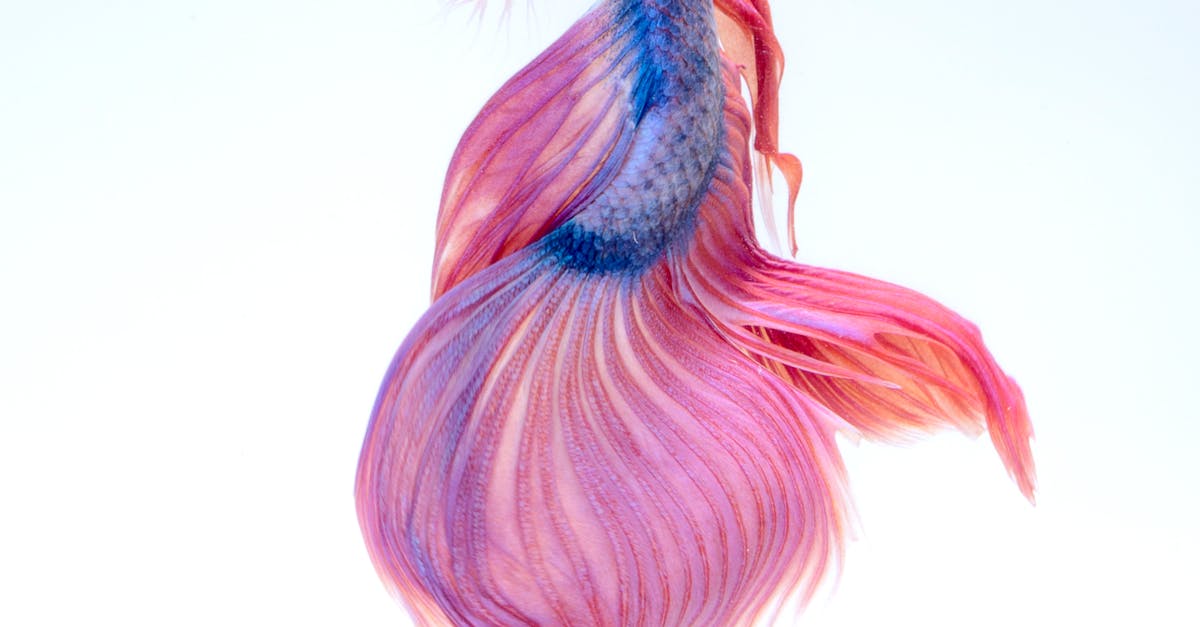
Why You Should Consider a Low Histamine Diet
Many individuals experience various symptoms linked to histamine intolerance. These may include headaches, digestive issues, fatigue, and skin irritations. Adopting a low histamine diet can potentially alleviate these uncomfortable symptoms. By reduc...
Read more →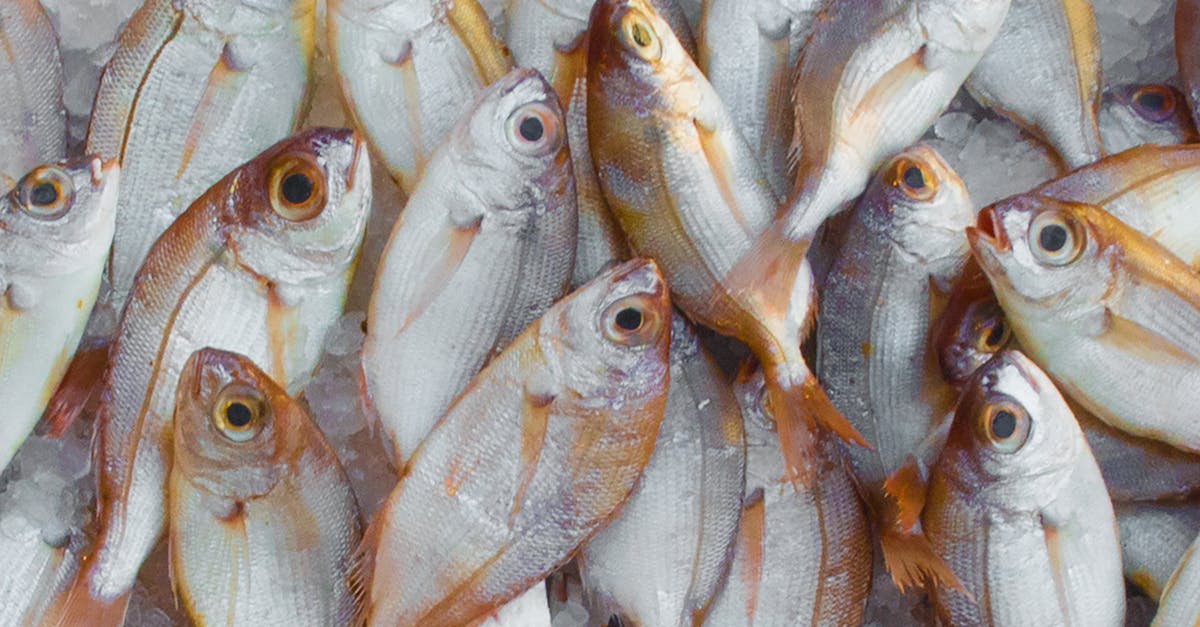
Why Low Histamine Canned Fish is Beneficial
Reading food labels is an essential first step in selecting low histamine canned fish. Look for products that clearly state their ingredients without additives, preservatives, or flavour enhancers, as these can increase histamine levels. Be particula...
Read more →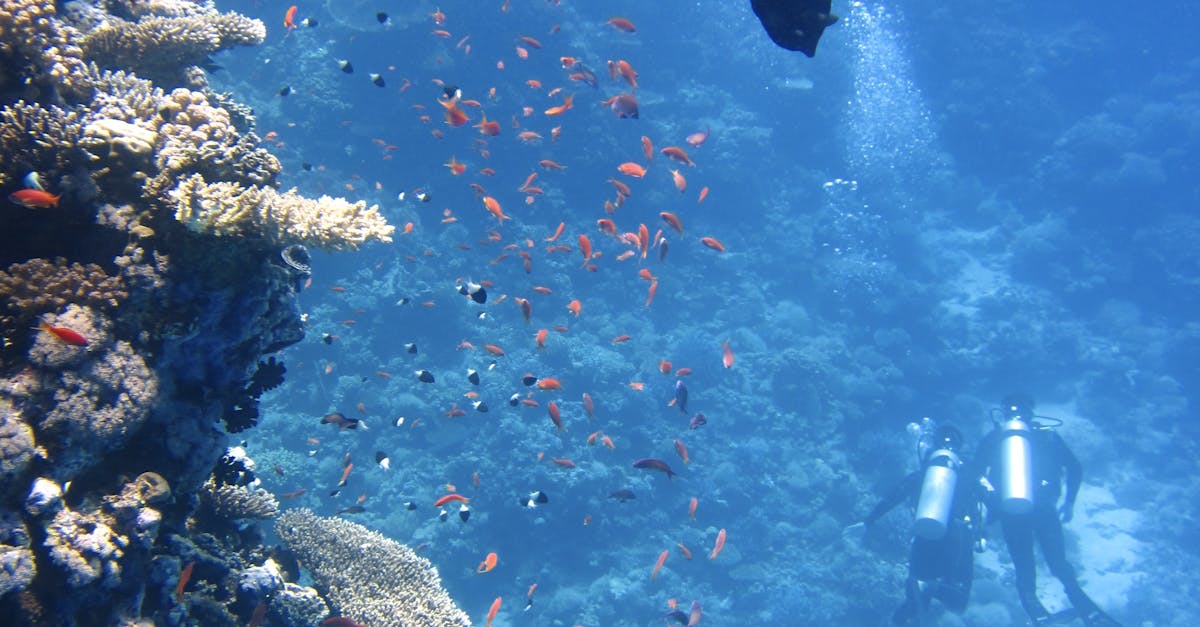
What to Avoid When Selecting Canned Fish
Choosing the right brands is essential when selecting canned fish. Reputable brands often provide transparency about their sourcing practices and production methods. They typically have a track record of quality, which is reflected in various consume...
Read more →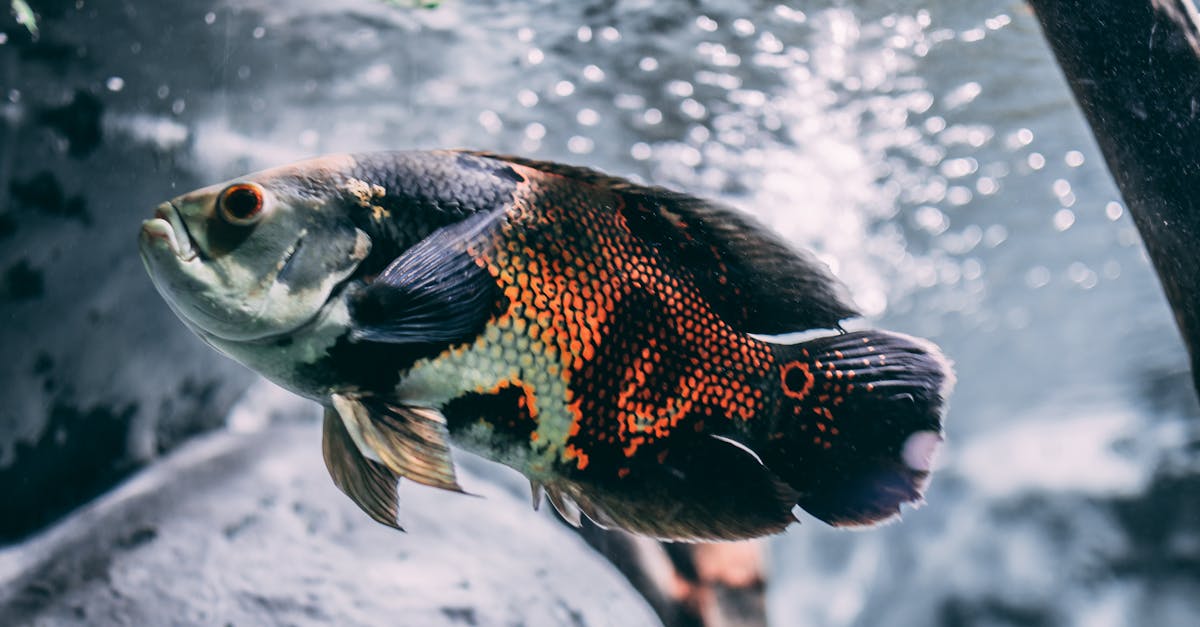
What to Look for in Low Histamine Canned Fish
When selecting low histamine canned fish, the brand's reputation plays a crucial role. Reputable brands often have established quality controls that ensure the products meet safety and health standards. They typically disclose sourcing methods and pr...
Read more →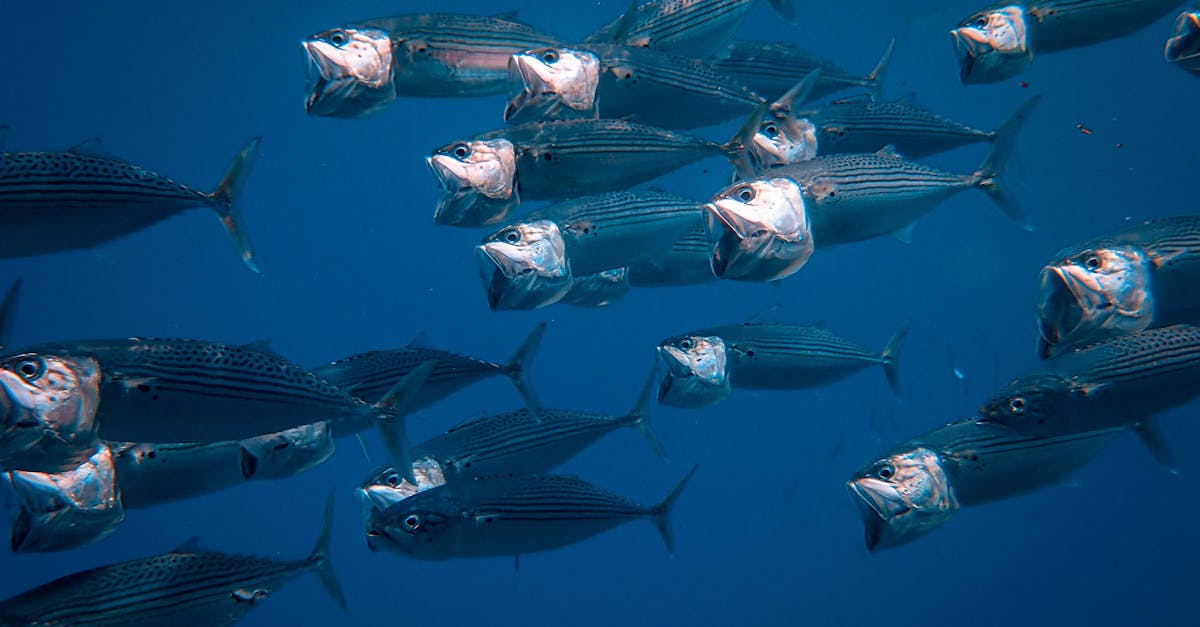
How to Choose Low Histamine Canned Fish
When selecting canned fish, it is essential to opt for brands known for their quality and adherence to safety standards. Look for companies that provide transparency regarding their sourcing and processing methods. Many reputable brands will specify ...
Read more →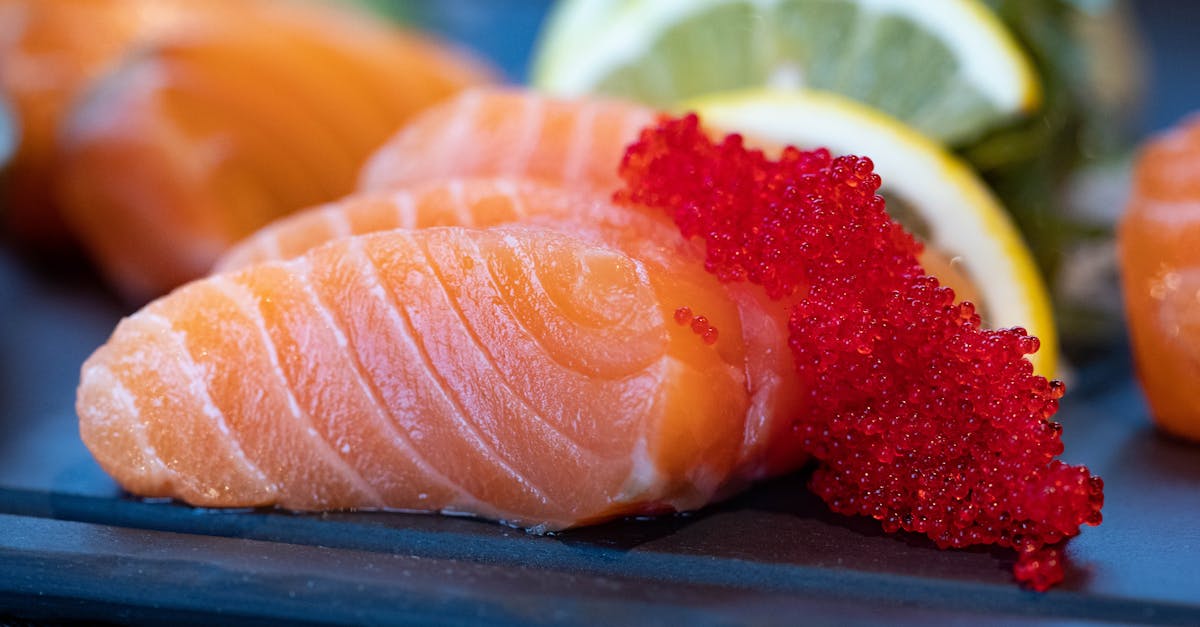
How to Store Canned Fish for Low Histamine Diets
Canned fish can be a valuable addition to a low histamine diet, but proper storage is essential for maintaining quality and safety over time. Keeping canned fish in a cool, dry place helps prolong its shelf life. Temperature extremes should be avoide...
Read more →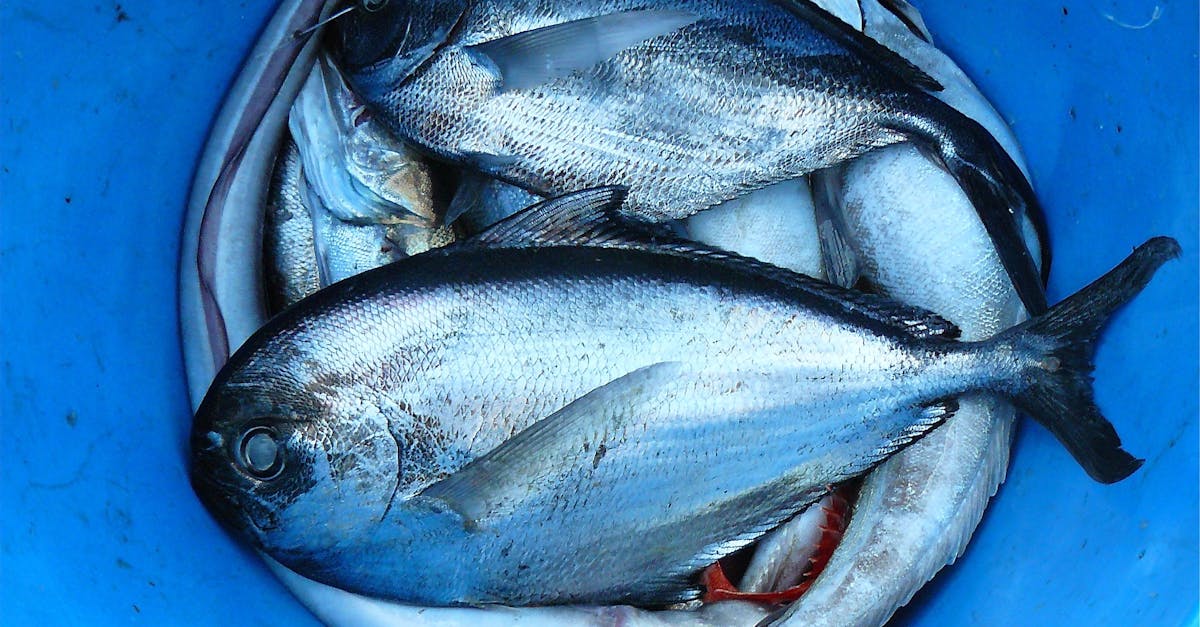
Roundup of Popular Low Histamine Saltwater Fish
This oily fish is celebrated for its richness in Omega-3 fatty acids, making it a nutritional powerhouse. These fatty acids support heart health and cognitive function, while also serving to reduce inflammation in the body. Mackerel is not only benef...
Read more →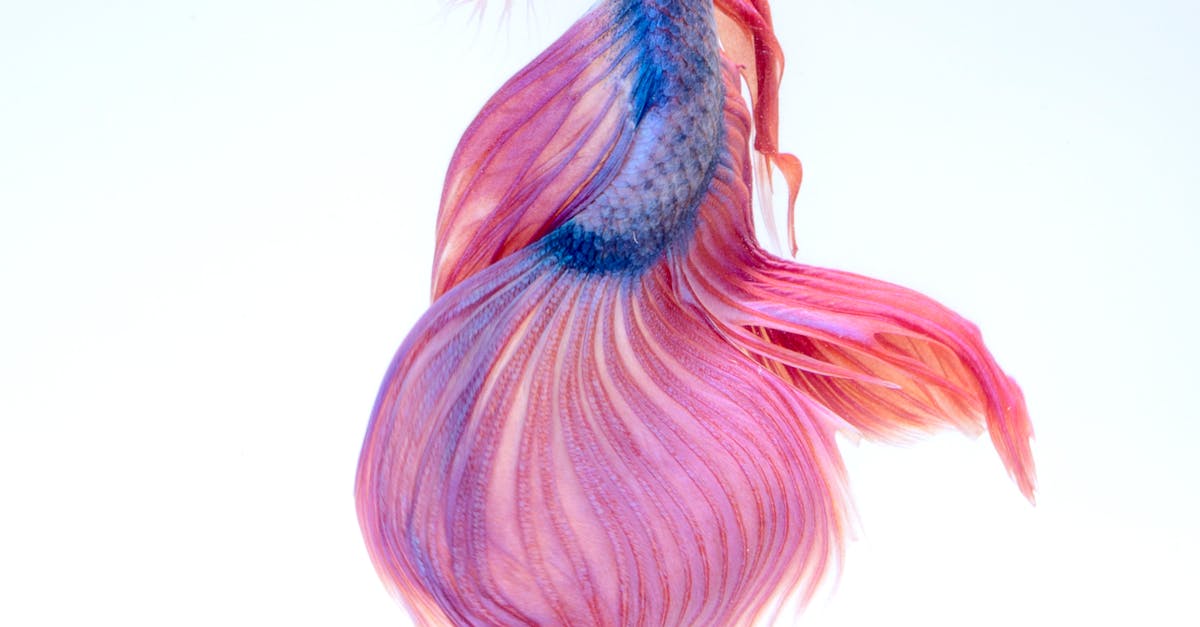
Review of the Best Saltwater Fish for Low Histamine
Preparing saltwater fish with low histamine in mind involves attention to both selection and cooking methods. Opt for freshly caught or frozen fish to reduce histamine levels, as fish that has been stored or left out too long can develop higher hista...
Read more →
Top 10 Low Histamine Saltwater Fish
This fish is well-regarded for its mild flavour and flaky texture. It is a popular choice among those looking to maintain a low histamine diet. Cod provides a good source of protein, and it is low in fat, making it suitable for various dietary needs....
Read more →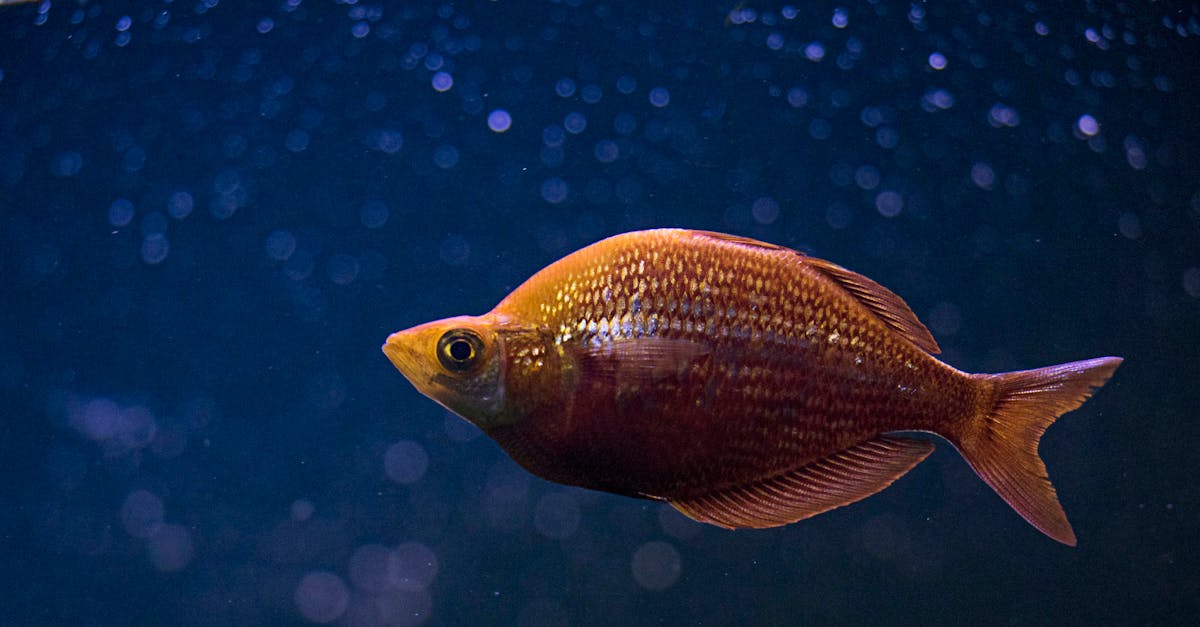
Historical Overview of Saltwater Fish Consumption
Saltwater fish have played a crucial role in various cultures around the world, often serving as a primary source of nutrition. In coastal communities, these fish are not only vital for sustenance but also central to culinary traditions. Festivals an...
Read more →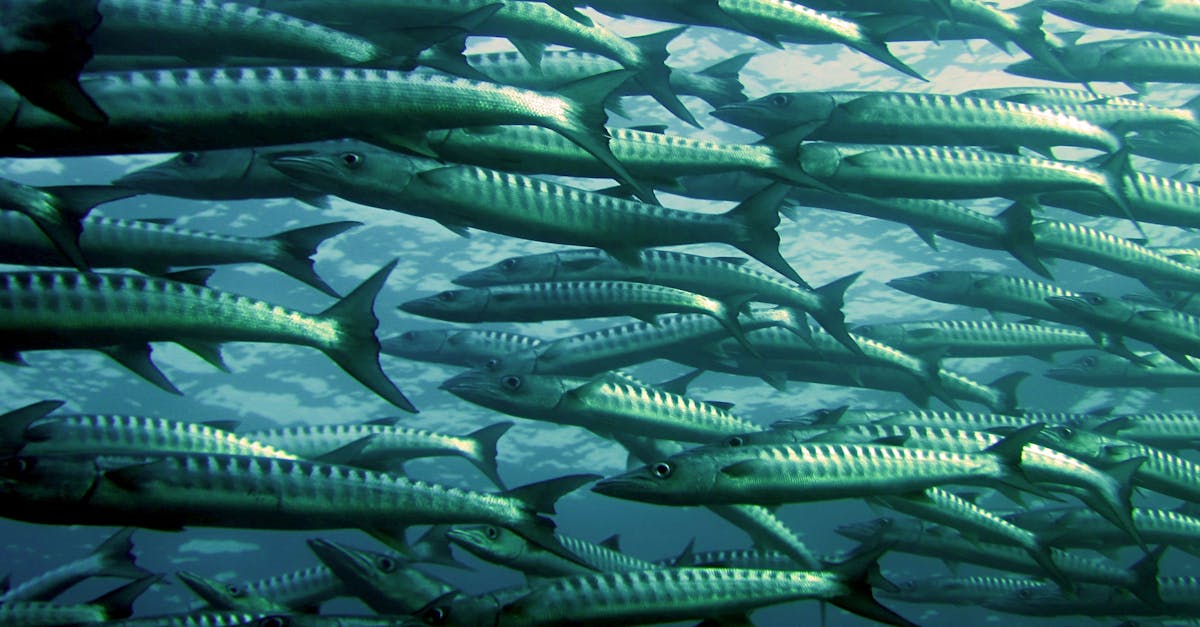
Why Saltwater Fish is Beneficial for Low Histamine Diet
When selecting saltwater fish, the source is crucial for ensuring quality and freshness. It is advisable to choose sustainably caught or farmed fish. Look for certifications from recognised organisations that promote responsible fishing practices. Vi...
Read more →
Why Opt for Low Histamine Saltwater Fish
Individuals with histamine intolerance can experience a range of unpleasant symptoms after consuming foods high in histamine. These symptoms may include headaches, skin rashes, digestive issues, and more. A low histamine diet helps mitigate these rea...
Read more →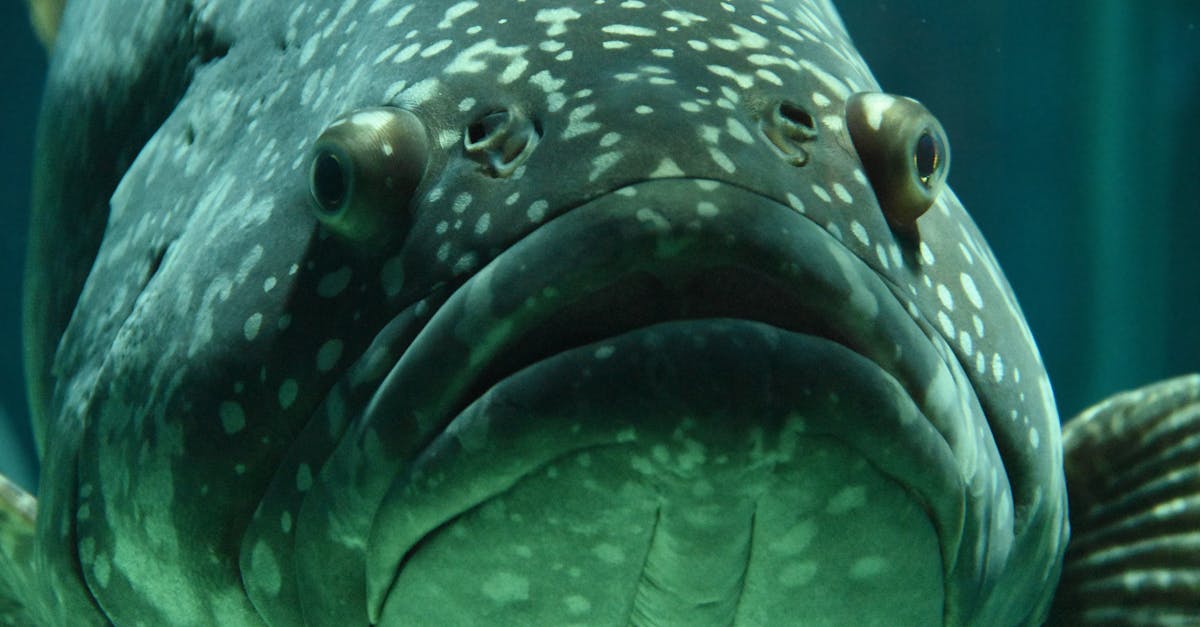
What to Look for When Buying Saltwater Fish
Understanding the specific needs of the fish species you intend to purchase is crucial for ensuring their well-being. Different species thrive in varying environments. Factors such as water temperature, salinity, and tank mates play a significant rol...
Read more →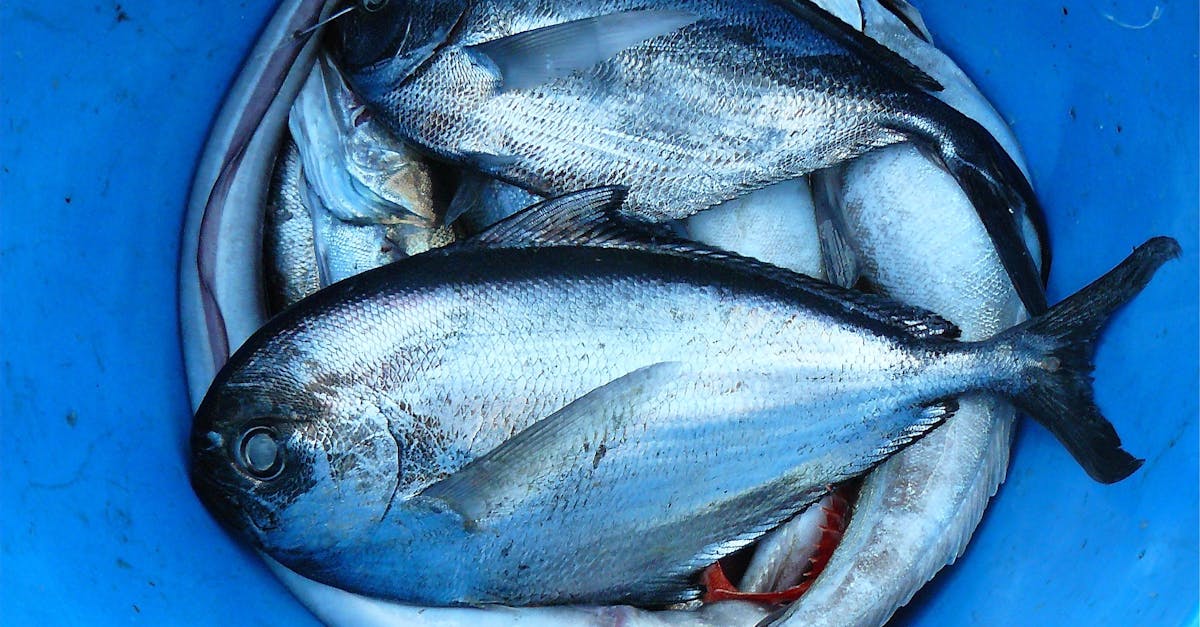
What are the Best Saltwater Fish for Low Histamine Diet
This versatile fish is well-loved for its delicate flavour and flaky texture. It thrives in colder waters, making it a popular choice among fishermen and seafood enthusiasts alike. Haddock is often highlighted for its sustainability, being caught thr...
Read more →
How to Prepare Saltwater Fish for Low Histamine Diet
When preparing saltwater fish for a low histamine diet, choosing the right cooking methods is essential to maintain the fish’s freshness and minimise histamine formation. Techniques that apply gentle heat tend to be the most suitable. Poaching or s...
Read more →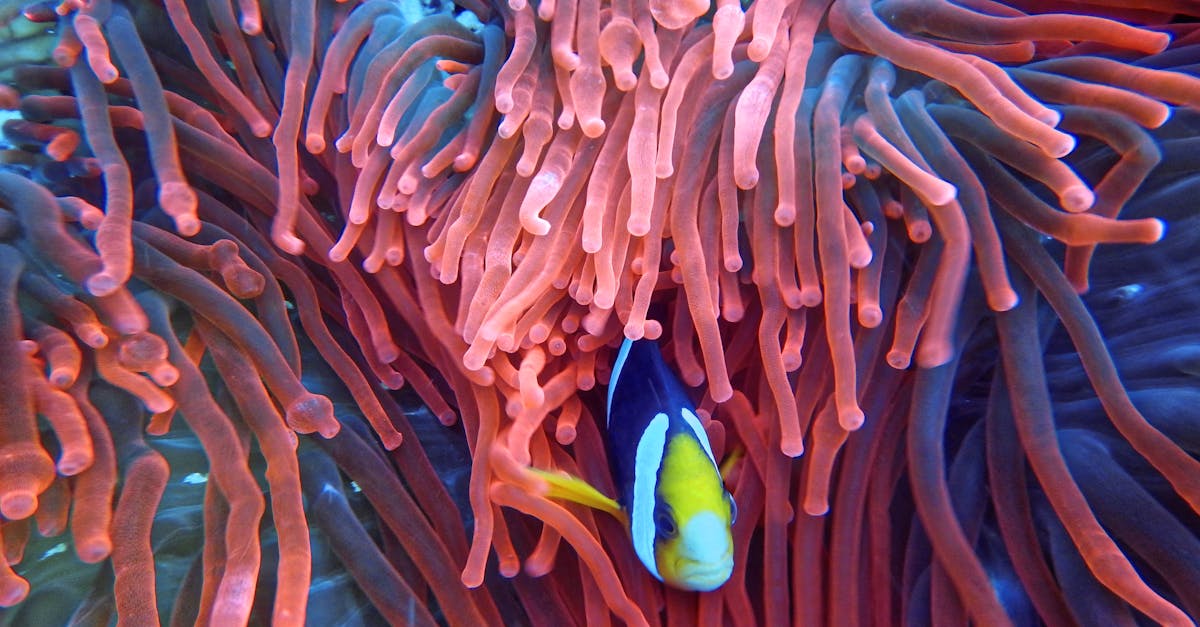
How to Choose Low Histamine Saltwater Fish
Different species of low histamine saltwater fish have distinct seasonal patterns that influence their availability. For example, mackerel is typically abundant in the autumn, while sardines tend to peak in the summer months. Understanding these tren...
Read more →
Review of Popular Low Histamine Freshwater Fish
Freshwater fish and saltwater fish differ significantly in their habitat, which influences their nutritional profiles and potential allergenic properties. Freshwater species inhabit rivers, lakes, and streams, while saltwater species thrive in oceans...
Read more →
Roundup of the Best Low Histamine Freshwater Fish
Proper storage of freshwater fish is essential to maintain freshness and prevent spoilage. Fish should be kept at temperatures below 4 degrees Celsius. This helps slow down bacterial growth. If you are not consuming the fish immediately, it's a good ...
Read more →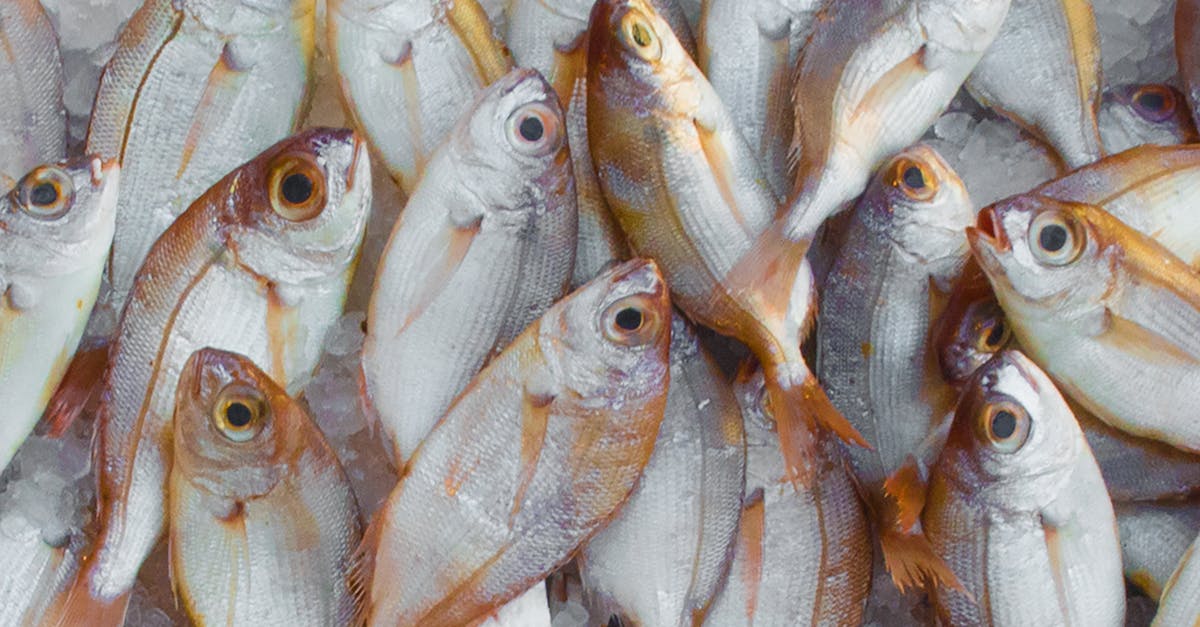
10 Types of Low Histamine Freshwater Fish to Try
Panfish is a term that encompasses various smaller freshwater species, including sunfish and crappie. These fish are known for their delicate flavours and versatile cooking methods. They thrive in a range of freshwater environments, making them acces...
Read more →
Historical Overview of Low Histamine Freshwater Fish
Freshwater fish have been staple ingredients in various cuisines for centuries, often prepared using traditional methods that enhance their natural flavours. Techniques such as grilling over an open flame, poaching in aromatic broths or seasoning wit...
Read more →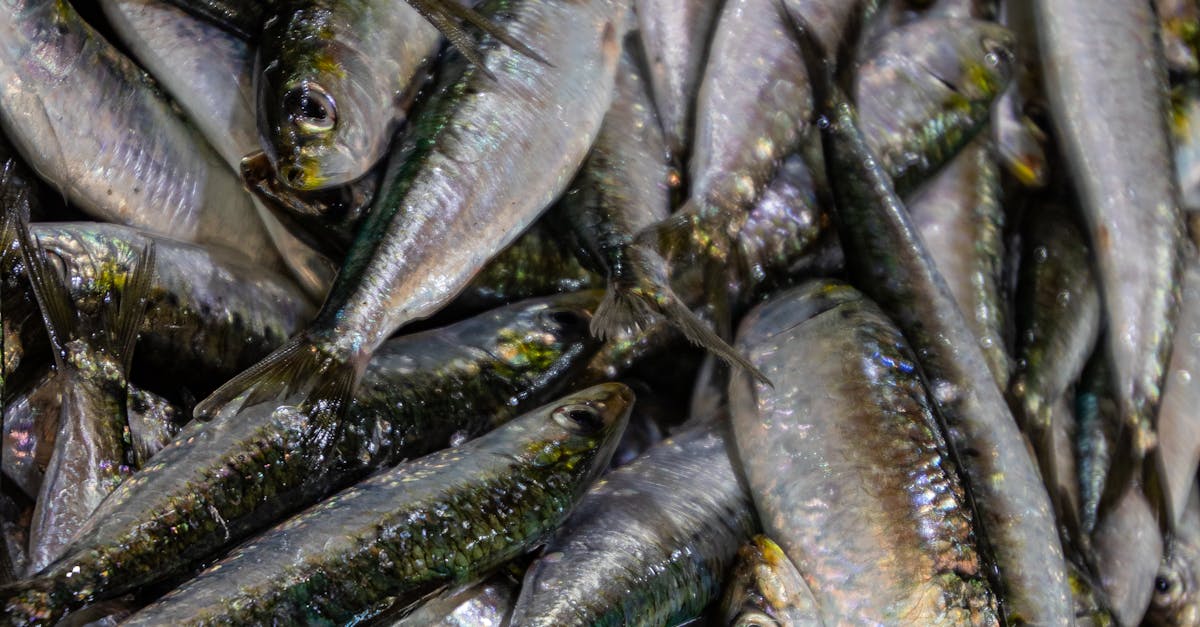
What to Know About Freshwater Fish and Histamine Levels
Different cooking techniques can significantly influence histamine levels in freshwater fish. Cooking methods like steaming or poaching tend to retain moisture and may prevent the histamine content from escalating. Conversely, dry-heat cooking method...
Read more →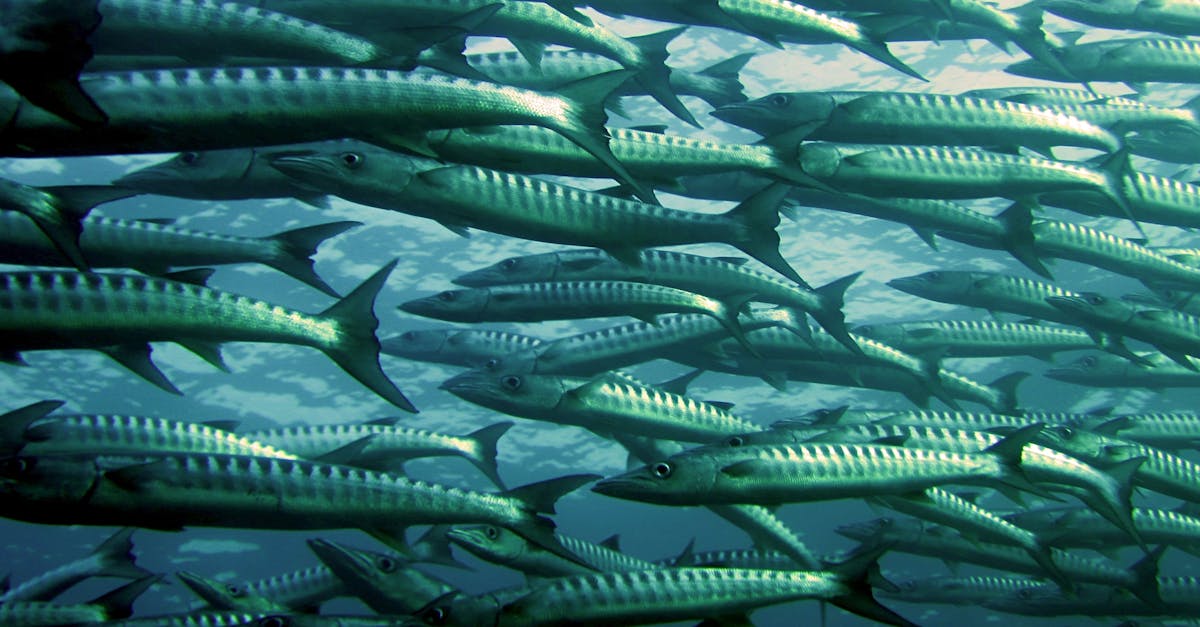
Why Some Freshwater Fish are Low Histamine
Different cooking methods can significantly influence the histamine levels present in fish. Techniques such as steaming, poaching, and boiling help to preserve the freshness and integrity of the fish, typically resulting in lower histamine formations...
Read more →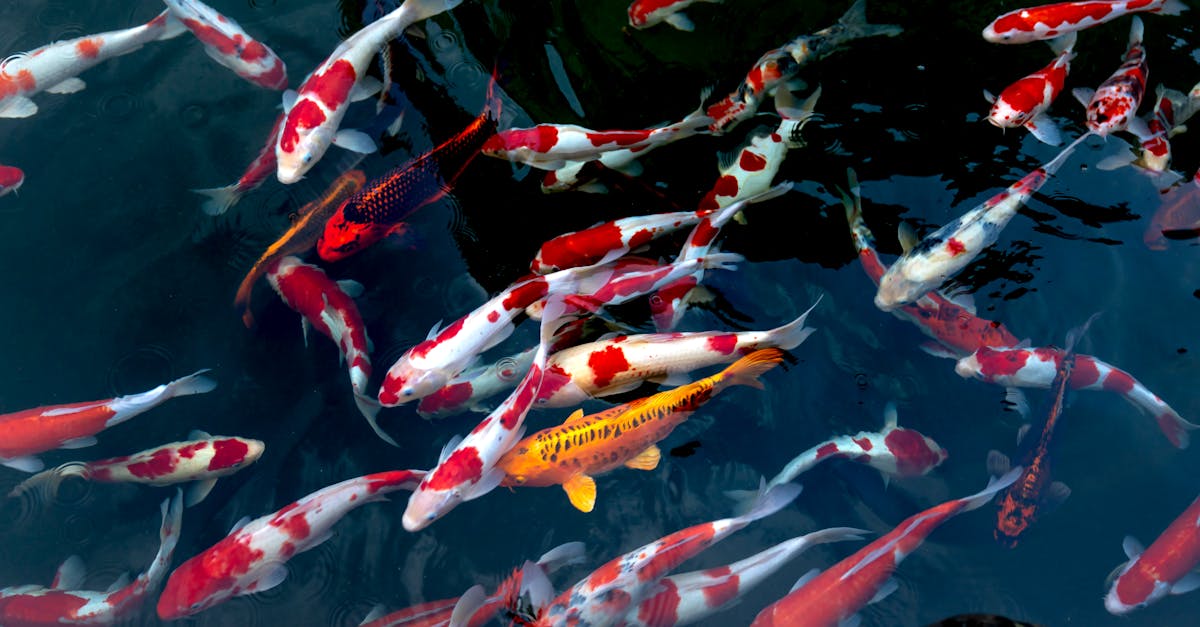
Why Choose Low Histamine Freshwater Fish
Freshwater fish farming tends to have a lower environmental impact compared to other forms of fish production. This method often requires less energy and fewer resources, contributing to a more sustainable seafood option. Some aquaculture practices f...
Read more →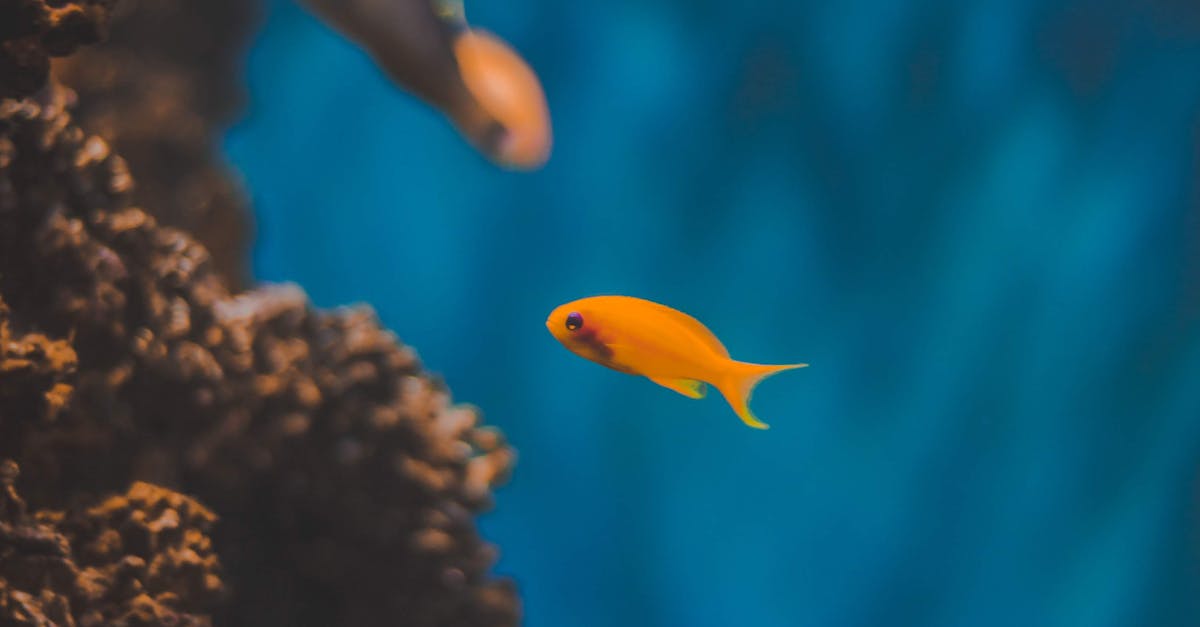
How to Prepare Low Histamine Freshwater Fish
When preparing low histamine freshwater fish, cooking methods play a vital role in maintaining its quality and nutritional value. Steam cooking is among the best techniques to preserve delicate flavours while avoiding histamine release. This method a...
Read more →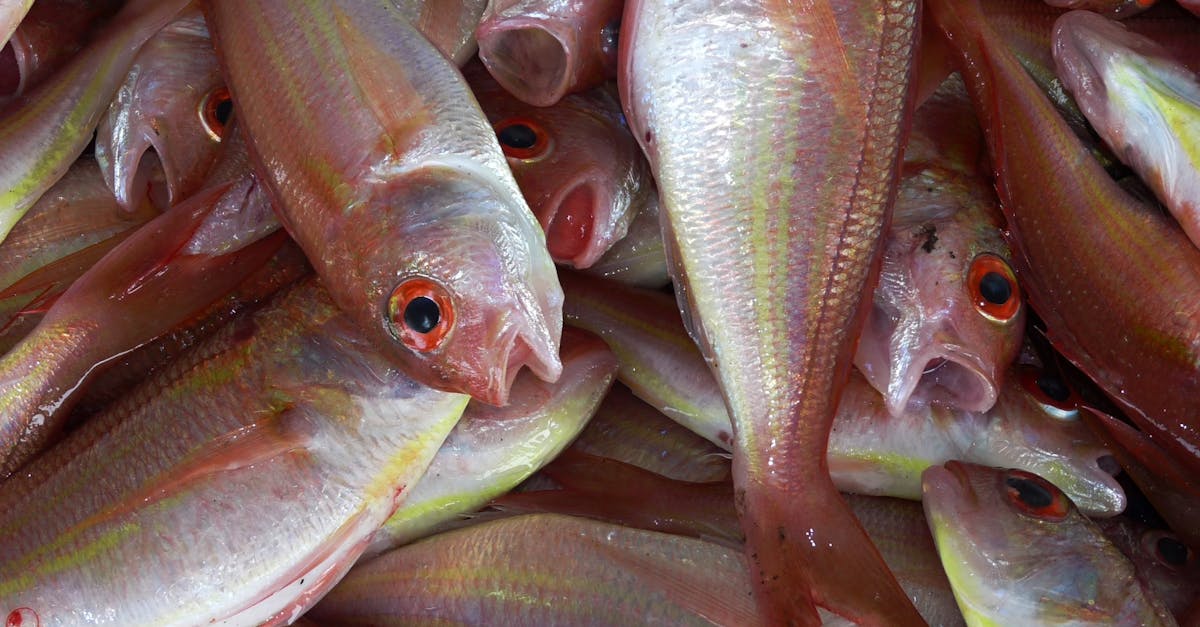
What are Low Histamine Freshwater Fish
Choosing the right type of freshwater fish is essential for those seeking to maintain low histamine levels in their meals. Fresh options such as trout, haddock, and tilapia are typically lower in histamine compared to other varieties. When selecting ...
Read more →
How to Choose Low Histamine Freshwater Fish
Choosing the right cooking method can significantly influence the histamine levels in fish. Cooking techniques that apply high heat for shorter durations, such as grilling or steaming, tend to be more effective. These methods limit the time the fish ...
Read more →